Auckland Brick Show
Posted by FlagsNZ,_2523.png)
The Auckland Brick Show is the annual flagship event hosted by the Auckland LEGO User Group (AuckLUG). This show has traditionally been one of New Zealand's biggest brick shows. The show was held over a weekend in late September.
I was invited to be an exhibitor at this event. There were more exhibitors at this show than at previous events and as part of celebrating Brickset's twenty-fifth anniversary, I was given ten commemorative bricks that were to be given out to exhibitors at the show.
Read on as I showcase my ten selections of worthy exhibits, as I interviewed the recipients of the ten Brickset commemorative bricks.
You can also read about the rejuvenated show format and find out whether the Auckland Brick Show 2025 has returned to its former status of one of New Zealand's premier brick shows.
Auckland Brick Show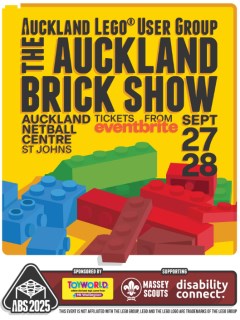
The Auckland Brick Show (ABS) was held over the weekend of 27 and 28 September 2025.
This show has been moved to a venue in a more central location: the Auckland Netball Centre.
In the last few years, the ABS was held in West Auckland.
In the early years, the ABS was held over Labour Weekend – a three-day weekend. In New Zealand, the fourth Monday in October is a bank holiday.
This year's ABS was held during the middle weekend of the school holidays. This is a regular two-day weekend.
Brickset Commemorative brick
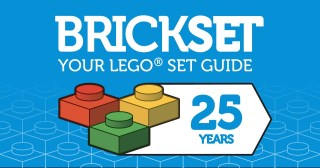 Brickset turned 25 Years old back in July of this year. I suggested to Huw whether this milestone was worthy of developing a commemorative brick. To which he agreed, yes!
Brickset turned 25 Years old back in July of this year. I suggested to Huw whether this milestone was worthy of developing a commemorative brick. To which he agreed, yes!
Huw approved local custom brick printer, Rics Bricks, to produce ten of these bricks rather than have them sourced from the UK.
I suggested that, since the Auckland Brick Show was looming, where I would also be an exhibitor, that I would give these bricks out during the show and use this as an opportunity to showcase some of the MOC builds displayed at the show.
The highlighted MOCs
In no particular order, here are the ten MOCs that I selected to showcase. In each case, the builders received a complimentary Brickset twenty-fifth anniversary brick.
Wellington Railway Station
By: Frank Avéres - AriCloos
Member from Well-LUG
David Wardle: “Would you like to talk about your railway station?”
Frank Avéres: “This is my half minifig scale model of Wellington Railway Station. That means it is built as a microfig sized model. It involves over a thousand vintage doors and windows, and therefore, I have included some vintage-style cars and vehicles, as well as a few newer ones. The project took me over a year to achieve. There is an awful lot of maths and working from my only original floor plan blueprints and then using tools like Google Earth to do some measuring and griding out.
Working with a half-scale building presents a lot of additional challenges and trying to fit detail in and get it all to work. This building has a lot of half-stud insets and outsets throughout the main facade, which means I use an awful lot of one by three jumper plates.
“It has got the original floor plan on the inside and some details. It has got about three-hundred or so microfigures from the Games range. There are a couple of bits of free licence humour that are included.
Picnic in the park.
Can you guess who this is?
“It includes a car chase from the original New Zealand film from 1981, Goodbye Pork Pie, where a sequence of it was filmed inside the station. I have a car chase running a circuit out the front.”
You can see a clip from the film where the yellow mini is chased through the Wellington Railway Station.
A more extensive clip of the car chase in the Wellington CBD can be seen here.
DW: “Can you tell me about the ceiling on the inside?”
FA: “The ceiling on the inside includes a partial replica of the fantastic cathedral-like ceiling on the inside of the original ticket lobby. It is a throwback to the really ornate Art Deco-style ceiling that is inside. The building was originally built in 1937 and, at the time, it was the largest building in New Zealand and one of the first to be seismic strengthened.”
DW: “Thank you very much for your time.”
Jurassic Park Mountain
By Dion Sandford - slyfer3k
From HamLUG
David Wardle: “Hi Dion. Can you tell me about your dinosaur display?”
Dion Sandford: “It has taken me a few years to get this display to this size. The latest stage has been getting some more detailing [on the mountain] so that it is not just a flat surface. The monorail is something I am quite proud of, and it has been running fine this year.
“I enjoy all aspects of my display. To have kids come along and have that moment of joy in their face, even the older ones, will say, ‘Oh my goodness, this is terrific.’ I have minifigures hidden around the display, and the little kids will be asking, ‘Why is Elsa up there?’ And, for me, it is fun things like that that makes this whole display quite nice to have out.
The mountain is one of my showcase pieces that I get complimented on. That is why I enjoy displaying it.
DW: “Earlier, I took a photograph of all the squirrels in the cave, and I wanted to ask you about all the squirrels.”
DS: “That is a little Easter egg that I have included. I had a bunch of squirrels from a LUGBulk shipment, and so I had the idea to include a little squirrel cave-type thing [in my display]. So, I purposely made a little alcove there and placed all the squirrels into it. There is always something that someone sees [hidden in this display] and they say, ‘Oh my gosh! Look at all the squirrels.’”
DW: “You have a dinosaur nest up in the mountain. What is the dinosaur species you have up there?'”
DS: “Yes. There are Pteranodons up there. That was one of the ideas when I designed the mountain. To have different tiers. There is a little cave at the bottom. There is a camping area with a lookout. There is a rock climber. A Pteranodon nest. I wanted these ideas incorporated into the mountain.”
DW: “You talked about the drone before. Now I have just seen it.”
DS: “Yes, there is a boy flying a drone. These characters stay on the mountain, and they do not need to be dismantled when I pack them away. They are part of my ‘Can You Find It’ challenge that I set. The mountain is the one thing that makes the whole display fit together. As the mountain is the central piece, people must walk around the whole island to see all the parts on display.”
DW: “There's four sides to the display.”
DS: “Yes. It is better than a static view from a table.”
DW: “I find for my own display with the trains, if you have got movement in your display, people stop and look at it. If it does not have movement in it, they just walk by.”
DS: “Yes, that is why I have been trying to get the monorail going, because that adds an extra element as opposed to just having the sounds, you have got something moving. There is sound playing the movie's theme song, and it has a few dinosaur sounds, too. Kids come up to me all the time and ask, ‘Where's the sound coming from?’ I say, ‘It's in your imagination!’”
DW: “One last thing, what is the connection between you and dinosaurs? Is there a story behind your love of dinosaurs?”
DS: “I have always liked dinosaurs, dragons, and fantasy themes. I was eight years old when I first saw the original Jurassic Park, when my mum dropped me and my mate off at the cinema. From that moment I was awestruck. Over my teen years, I slowed down and did not really get into LEGO or dinosaurs as a thing. As an adult, I am going full tilt into the dinosaurs. It is a theme that I love and just works. Dinosaurs is a theme for someone to love.”
DW: “Thanks for catching up with me now.”
DS: “Thanks a lot.”
Middle earth Map
By Sue Cooper - GrannySueBricks
and Doug Beasley
From BOPLUG
David Wardle: “I am talking with Doug Beasley and Sue Cooper, who have collaborated on this impressive Middle Earth map. I'm not a Lord of the Rings fan, but I really do like what you've done here. Would you like to describe some of the features of this map?”
Doug Beasley: “We based the map on the one found in the book, and we wanted to capture all of those key locations on the original map. From the movies or books, people should be able to recognise some of the features.
“How we built it was that Sue worked on the landscaping and all the terrain. That includes the mountain ranges and the coastline, which has got that nice colouration in the water along the coastline and all the contours there. I think Sue has done a really great job with that. It has come out really well. And the forest, where Sue had fun building lots and lots of little trees.”
Sue Cooper: “There were many orders from LEGO.com for lots of tree parts.”
DB: “I focused on building locations. All the major and minor locations on the map. I just battled one location at a time. You can see from the major locations we have got Hobbiton down there, and then you can follow the path that the Fellowship took, and through Bree and Weathertop and then Rivendell. You will be able to recognise the locations from the movies or the large LEGO sets.
“They obviously look similar, but it was interesting, trying to downscale these builds.
I think Rivendell was one of the hardest [locations] to build in that scale to get the colours and the pieces, the LEGO parts to make it look like Elvish architecture with the colours of the trees around there with the little waterfalls. I think that was probably the most difficult one to get an end result that I was happy with.
“We have the towers, obviously, Isengard [Orthanc] and Barad-dûr. Those are the two big iconic towers in the story. They were fun to build, particularly Barad-dûr with the eye. I had some fun with parts of that one. Parts used in the round tower include tyres to get a bit of texture in the tower. There are pots and Harry Potter wands, swords for the spikes. That was a fun one to put together.
“One tricky problem with the map was we wanted to make the locations at a larger scale than the map scale. We wanted the locations to pop out . . .”
SC: “. . . and to make them all fit.”
DB: “Parts of the map, particularly around Mordor and Gondor, there are a lot of locations. It was a challenge to fit them, and we had to use artistic licence to shorten things or push a mountain range back a little bit to fit these locations in."
DW: “I think you have done exceptionally well.”
DB: “We are pretty happy with the end result.”
SC: “We were determined to have something moving, and it worked out well that we could put a motor inside the mountain and have LED lights in there as well, so it looked like it was a volcano with lava flowing.”
DW: “I also like the other details on the map. I like the sailing ships and the Oliphaunts [I had to look that word up!]. I like the compass rose and the title block with Middle Earth on there with the scroll work you have done with warm gold.”
DB: “That was another area to have some fun with parts. To find a bunch of different golden weapons parts with curves and spirals.”
DW: “If I asked you ‘What is your favourite part of this map?’ What did you enjoy building the most?”
DB: “That is a great question. I will let Sue go first.”
SC: “Mine would be the Fell Beasts [also called Nazgûl-birds] flying."
DB: “For me, probably some of the little details that possibly no one else sees.”
DW: “Can you show me a detail that no one else sees?”
DB: “We put things in, like, if you look closely, there is a pass going through the mountains that is significant in the book and possibly no one noticed that."
SC: “There is the light in Mordor Morgoth that glowed blue in the movie when they spoke the Elvin words, so we had to put a light in the mountain to glow blue. So that is the Walls of Moria.”
DB: “I enjoyed building some of the beasts – Oliphaunts that look like elephants – and the trees.”
SC: “And that was where I was blown away because I tried to build one, and it did not work and then Doug came up with one, and I thought, ‘Wow! You are so clever.’”
DW: “Thanks a lot.”
Kiwirail locomotive and Auckland transport station
By Alex Burgess - pcuser42
From AuckLUG
David Wardle: “Hi There Alex, would you like to talk to me about your display?”
Alex Burgess: “The locomotive here is a DFT class locomotive coupled to a SA coach set. Both are replicas of real-life locomotives and carriages. The carriages are modelled on what used to run on the Auckland rail network up until 2015 when the network was electrified.
I have replicated as many details as I can down to the brake hoses on each end of the bogies.
DW: “I saw that. You have used the black sausages. Is the train station a real station or have you made that up?”
AB: “No. It is fictional. It is a blend of various elements of real stations. There is a bit of Middlemore station, a bit of Papakura and a bit of Pukekohe, but this station is fictional.”
DW: “You won an award last night and one of the features was the fact that you had the disability ramps and the people in wheelchairs.”
AB: “The station is fully accessible. There are ramps to get to the platforms. There is a bridge between platforms with stairs and there is also a lift."
DW: “I notice you have the bicycle lanes.”
AB: “There are definitely cycle lanes.”
DW: “Is that a custom print?”
AB: “No, that is a regular brick that came in a few sets. These station signs are printed bricks from Rics Bricks in Motueka. I can change out the ‘next station’ sign on the display if I need to swap it out for any reason."
DW: “And the Auckland Transport signs. Are they from Ricks Bricks as well?”
AB: “Yes. They are prints, but I have a few stickers too."
DW: “Thanks.”
Alex Burgess' Kiwirail locomotive and Auckland transport station display received the Sponsor's award at the show.
WW II Planes
By: Darren Bryan - Dazza501
Member from HamLUG
David Wardle: “I am talking with Darren Bryan and his World War II aeroplanes. Would you like to talk to me about your display?”
Darren Bryan: “I have always enjoyed WWII history. I used to make model aeroplanes as a kid and then a few years ago I had a look at making some of these models out of LEGO. I started with the Spitfire and I had a look online and found some plans by Darth Designer, and so I built his design for the Spitfire.
“This started my passion of looking at planes and trying to build some for myself and also using what other people have come up with.”
DW: “The biggest model you have here is the Avro Lancaster bomber.”
DB: “Yes, the Lancaster is another fan design: Soiij from Rebrickable.”
DW: “I like the Corsair model.”
DB: “The [Vought F4U] Corsair was a design by Model Hanger sourced from Rebrickable.”
DW: “Those three planes are third-party designs. Are the other models your designs?”
DB: “The Warhawk and the Hurricane are my designs. When I am looking for a plane to build, I want it to look the way it is meant to look like in real life.
DB: “So many people come through, and they look at the planes, and they want to talk about what their grandfathers did during the war. Where their great uncles served. Engineers came through, and they have worked on rebuilding these planes. It is hearing about these stories and what kind of connection people have to these planes."
The real connection that I have with these aeroplanes is that as people come through and view my display, I hear their stories. I met a gentleman last year who remembers fleeing France and being in London during the Blitz, and he wanted to tell me about these stories.
DW: “That is interesting. Have you done a display as part of ANZAC Day or Memorial Day?”
DB: “No, but I was part of the MOTAT display last year, and I am looking forward to doing that again this year.”
DW: “When I caught up with you earlier, you were talking about special parts. Do you want to talk to me about the special parts of your favourite model?"
DB: “Yes. The Curtiss P-40 Warhawk. I had a model of this as a boy and one of the parts I really wanted was the Tan 1x10 curved slope, which comes out in only one set: 7189 Mill Village Raid the set which is famous for its goats. Sourcing that particular piece was difficult, but it really makes the model look authentic with the light tan colour for the desert warfare.
DW: “When I talked to you earlier, you commented on the markings on the American aeroplanes. Can you explain that to me again?”
DB: “When the United States entered the war, they had a white star with a red circle in the middle. After Pearl Harbor, they took the red circle away because they didn't want it to get confused with the Japanese [aeroplane] markings. Then they moved to adding the sidebars, and by the end of the War, they added the red bar to their insignia.
“The other thing is that American planes only ever had one [marking on their wings] and the reason for that was if they were being attacked from the sky, just that split-second, if you could see two markings, you know where the pilot or engine was, if you can only see one [marking], there is a chance that you will get it wrong. Those split-second timings meant that the US wanted to give their pilots a bit more of a chance.”
DW: “Two of your aeroplanes have the white and black stripes on the wings.”
DB: “That is there for [quick] recognition that was used on D-Day so that they were not shot down by their own guns."
DW: “There were so many planes in the air that was a unique marking used on the day?”
DB: “Yes, it was."
DW” “What is your latest build?”
DB: “The Gloster Gladiator is my latest build which has been designed by TechnicalBrickCustoms. When I am building a plane, I like to look at the story of the planes. Each of these planes that I have on display had a significant impact during World War II. The Gloster Gladiator was one of the last bi-planes produced.”
DW: “Was that plane used in the defence of Malta?”
DB: “Yes. There were five planes on the island, and they always managed to keep three [of them] flying. They named them. Faith, Hope and Charity. These planes really held the defence of Malta together until modern aircraft could arrive, so knowing the stories behind the aircraft and what they contributed is really important. Each one of these planes had a significant impact on Malta’s outcome during the war.”
DW: “And Malta – the whole island – received the George Cross, which is now included on their national flag!”
DB: “Yes, that is right.”
DW: “Thanks.”
Homemaker Habitats
By Gabrielle De Bruijn - LegoKiwiChick
From HamLUG
David Wardle: “I am with Gabrielle, and this is the Homemaker habitats that you have built. Can you talk to me about your inspiration?”
Gabrielle De Bruijn: “Absolutely. I grew up in the 1970s, but never had any of these [Homemaker] figures myself. My brother had some cool space-themed LEGO. I have been playing with LEGO with my children for the last fifteen odd years.
When I started buying bulk LEGO buys, I started getting these funny, little round-headed people, and I was thinking what can I do with these? I was not sure, and I did not realise that I did not have to wait for the legs to turn up. I did not know that the legs were just bricks.
“Eventually, once I had enough, I decided to make it a 1970s house. In every single house, I put in details that reminded me of the 1970s: the colours going together and certain stand-out things that I knew that I wanted to have [such as] a record player, bean bags, lava lamp, the old-fashioned tube television. I wanted a water bed that is leaking a bit, and then a kids' playroom with little, teeny, tiny details, kids playing with LEGO.”
DW: “Are those the sacks that you can pick up LEGO with?”
GdB: “It was supposed to be just colourful mats. We have actually got one of the LEGO sacks. My brother had one, and inherited it. I remember at the time thinking my brother had so much LEGO, and I look at it now, and I just laugh, because my collection is very huge.
“Last year I did a large Fabuland-inspired build. In the last twelve months, I actually bought heaps and heaps of LEGO Fabuland pieces, and that also helped do the background houses. Initially, I was only going to have the seven rooms on their own.
“I had started building a bit of a random street scene, and I was not sure what I was doing with the houses, the kind of Dutch-style houses. Then I realised, if I placed them on top of the already built rooms, that would make it more impressive. So, from far away, it would draw you in. Then whilst you are there, you can look at all the tiny little details that I have put in the next build.
“I did not want to be limited to just using the colour palette of the time. So that is why I allowed myself to use modern colours and modern pieces, but certainly the vintage pieces, I think, give an authentic kind of quality. I think the avocado shade in the bathroom was fun as well.
“So, that was where all the inspiration came from!”
DW: “Thank you very much.”
32x32 Baseplate Artwork
By Jesse Ingham - JJBricks_NZ
and Jo Tidman - Jojo_9
From BOPLUG
David Wardle: “I am with Jesse Ingham and Joanne Tidman. Hi Jesse, can you talk to me about your 32 x 32 baseplate artwork?”
Jesse Ingham: “32x32 Baseplate artwork is an expression of LEGO on a canvas. It is an exploration of part usage, colours, shapes, and depths. It is an exploration of what we see in our LEGO bins when we are sorting. We pull them out and think, ‘Oh, this is an interesting piece. I might see what I can do with this.’
“They are [easily] transportable, which is also very useful, and they are quite colourful and can be seen from a distance.”
DW: “You don't need a trailer to move your display around!”
JI: “We put them to a public vote on which ones they like. The ones with the least amounts of votes get pulled apart from show to show. It is a very interesting feedback process to see what people do like, and it varies from show to show as well.”
DW: “So, at every show, do you have eighteen artworks on display? And then at the end of each show, one gets eliminated?”
JI: “Five are eliminated.”
DW: “This is like the survival of the fittest. It gets harder each time for each artwork to remain?”
JI: “It helps us process better and build different ones as well.”
DW: “At different shows with different locations, are there different themes for the feedback you get?”
JI: “Absolutely!”
DW: “Would you like to talk about that? Auckland clientele verses Bay of Plenty clientele?"
JI: “Going off yesterday’s voting, the Auckland clientele did not like the peach blossom artwork, but the peach blossom scored very highly in Hamilton. The beach artwork has been popular wherever we have gone. Some of the quilting patterns at the top have been quite popular, but they have not been so hot here in Auckland.”
DW: “Each time you come out with completely new designs. You never go back to a former design and repeat it?”
JI: “Not yet. There are new elements to incorporate. New ideas to process.”
DW: “I like the maze. I like mazes and puzzles."
JI: “Thank you. It is the second iteration I have created. The original version was not a maze, it was a random scattering of panels. This one I wanted to make into a maze, as a kid came up to me and said, ‘Is this a maze? I can’t solve it!’ So, I decided to make a maze for the next exhibition. It is harder to make a maze rather than a random pattern.”
DW: “Can you talk about your artwork?”
Joanne Tidman: “I love bright colours and trying to make artwork out of unusual pieces. I did as much greebling as I could. There are apples and bananas. There are all sorts of parts. I just wanted to use unusual parts.”
DW: “I like the texture of your artwork.”
JT: “People love it. They have so much fun.”
DW: “Thanks, both of you for this catchup.”
Creator 3 in 1 Fire Engines
By Vaughan Blok – The_Blocks_Collection
From AuckLUG LAN Ambassador
David Wardle: “I am talking with Vaughan Blok, who is the LUG ambassador with AuckLUG and the person behind The Blocks Museum. Would you like to talk to me about this show?”
Vaughan Blok: “The show this year is the biggest one that AuckLUG has done for some years. We have got the most exhibitors we have had for a long time. We have 107 exhibitors here this time, which is significantly up on previous years. We have some international exhibitors from Brisbane and from Sydney. We have got other exhibitors from all over the country, from Otago and Invercargill. We have also got some retailers who have come in from down the country. This is the first year we have got over thirty exhibitors who have never exhibited before."
DW: “So about a third of your exhibitors are first timers?”
VB: “Yes. That is really neat.”
DW: “Talk to me about your display. You seem to have a fusion of vintage and modern. I cannot describe it accurately.”
VB: “I like the original Creator, 3 in 1 vehicles. I thought I would build a fire station at a scale to fit the fire engine set. LEGO is big on fire stations and to do it on that scale meant that it matched the scale of the Technic men, so it worked out even better. The helicopter is a 3 in 1 Creator set from the early 1990s.”
DW: “One of the things that I have enjoyed over the last few months is doing the regular Throwback Thursdays and showcasing some of the unique, rare LEGO that you have in The Blocks Collection. Would you like to comment to the Brickset readership on what these articles and their feedback means to you?”
VB: “It has been really good to read the articles and feedback because I get too busy to post things.
This is an opportunity now to see some of the collection on Brickset, and I appreciate the fact that you came along and did it. It has been fantastic. It is encouraging me to now think about the collection and promote it a bit more.
DW: “And you also get quite a depth of feedback from the global Brickset membership.”
VB: “I am amazed. I am astounded. It is great reading about other people’s opinions. The fact that there are things that you are putting in there [on Brickset] of stories about LEGO that people do not even know about.”
DW: “And it has enabled you to get a richer story about your collection.”
VB: “It has certainly given me more of an appreciation of what LEGO I have accumulated. I like it. We need to do some more [articles].”
DW: “If I can make a comment about the Auckland Brick Show. It has been revitalised. I have been saying, ‘It has its mojo back.’”
VB: “This is the feel that we used to have. The first couple of shows at Kohimarama. Maybe even the first one out west at the Trusts Arena, but then it lost it.
“We have got Disability Connect as our charity and that is a really good blend and well suited. And we will have a long association with them. We will probably end up going to some of the Expos with a LEGO display, and it looks like Leo is probably going to become their mascot. My vintage LEGO store display lion over there."
DW: “I have taken a photo of Leo.”
VB: “Disability Connect had a transition Expo here about three weeks ago in this venue, and that was when we were talking about Disability Connect becoming our charity. We asked if we could have a presence at their Expo, and they said, ‘Yes. Good.’
“We had a couple of my big [vintage LEGO store display] models here in the hall and up the stairs, and they used Leo as their photo promo. So now he is probably going to be their mascot. He might even sit in their office in Penrose.”
DW: “Thanks a lot.”
VB: “I appreciate it. Thanks, David.”
WW II Diorama – Tilly-sur-Seulles
By Josh Winsom - Avverage_Brick
From AuckLUG
David Wardle: “I am with Josh Winsom with his WWII diorama. Would you like to talk to me about your display?”
Josh Winsom: “It is a diorama of battle for Tilly-sur-Seulles, which is a small town in Normandy that changed hands twenty-six times in the course of a week after D-Day [6 June 1944]. [My display] started off as being a bunch of Norman fields, because I was really interested in the hedgerows and the fighting that happened in Normandy after D-Day.
“Then I bought the LEGO French Café set, and after that I built a town around that, and the diorama now includes this. I did some research and picked a battle that I thought was interesting and had a good amount of [documented] history behind it, and the diorama evolved as it went.”
DW: “What is the link? Why are you interested in this historical event?”
JW: “The story about this particular event [is important to tell]. It was a very important crossroads in Normandy that the Allies and the Germans fought over for. It changed hands twenty-six times in the space of a week as it went back and forth. Constant warfare in a very small town. It is not like it is some super important landmark!
“I went to the British archives and dug out all the old after-action reports that the various infantry companies submitted. They experienced some really heavy fighting. As someone who is really into history, when you find these little niche stories, it really grabs you.“
DW: “Are you interested in history?”
JW: “Yes. I love history. It is the sense of scale that I get, especially the First and Second World Wars, that fascinate me and the impact [the wars] had on so many people all around the globe. There is a difference between the [war in] the Western Theatre compared to the Pacific Theatre. The way that the war was orchestrated was so completely different.”
DW: “You have a couple of tanks in your display. Can you tell me about them?”
JW: “The two tanks up the front there are Churchills – British tanks. Next to them is an M10 Wolverine. During the later years of WWII the British found that the guns on them were not successful enough against German armour, so they up-gunned them to a 17-pounder, which was capable of punching through the heavy tanks. It is an Achilles [variant]. There is a German Panzer IV. It is an H model. It has got all the side skirts on it with space armour. On the other side of the town is a Panther A”
DW: “The aeroplane flying over the town?”
JW: “It is a DeHavilland Mosquito. It is my design, but I have based it on a design I found on Flickr. I have looked at images and built it from them.”
DW: “You have the Tudor house modular in the town that looks pretty battered.”
JW: “Yes. I bought a few sets this year. I bought the Tudor Corner; the Sherlock Holmes Book Nook and I received the Snow-White cottage for Christmas last year. I thought I could have built all the houses on my own, but I had these [sets] sitting around, and I was not really doing anything with them. I think it also tells a good story with LEGO. You can repurpose [LEGO sets] and use them in ways that you have never thought of.
“I have seen people come through here all weekend, and they comment, ‘Oh look, there is the Snow-White House,’ or, ‘It is the Tudor Corner.’ Maybe it sparks an idea that maybe they can tell a different story than just the one that LEGO has told.”
DW: “What part of this diorama are you especially pleased about?”
JW: “There is a position about a third of the way into the MOC mock with the Flak 88, which is a German anti-aircraft gun. [The Germans] found that the muzzle velocity was so high that it could be used as an anti-tank gun. It could kill any Allied tank during the whole course of the war.
I wanted to show that there would have been German positions outside the village as well, and that as the allies orchestrated this attack they had captured some of the German positions.
“There is a German Anti-Aircraft gun over there that has been captured. I really like this Flak position with all the SNOT work on the trenches and surrounds.”
DW: “Thanks a lot.”
Josh Winsom's WW II Diorama was voted the best display by the Exhibitors at the show.
Castle Diorama
By LukeTwaddle
From HamLUG
David Wardle: “I am looking at Luke Twaddle’s Castle MOC display. Can you describe to me the inspiration behind your display?”
Luke Twaddle: “I have got a big castle, MOC. It has a village to the left and a castle to the right, depending on what side you are viewing it from. There's a dragon, led by the Wolfpack characters, that is attacking the village."
DW: “Is that your own design?”
LT: “The dragon is the Creator 3 in 1 design. I need help building animals. The dragon is led by the Wolf Packs and I have got a few of them. The village is owned by the Lion Knights, and the Horse Knights and the space characters are coming in to assist the Lion Knights.
“There are lots of village activity happening. There is lots of Dungeons and Dragons stuff happening here. There are two other factions happening; I have got the Crown Knights and the Snake Knights, and they are on their own boats.”
DW: “What part of this display are you most impressed with? What part would you like to really highlight as your main feature?”
Luke Twaddle:
I really did enjoy building this cottage with the black roof. For the bay window, I have used the Wolfpack cape. My favourite part [of the display] is the Snake Knight boat. I thought it was quite a nice design for the boat.
DW: “I liked your other boat, too. I liked how you made the sails.”
LT: “That used the cape from Storm, the Marvel CMF. I was looking to use the cape from two Agatha minifigures, but I got two Storms instead.”
DW: “Thanks a lot.”
International exhibitors
Also displaying at the Auckland Brick Show were two people from Australia.
I caught up with Colin Doyle and Jason Funnell to ask them about exhibiting in Auckland this year.
Monochrome Habitats
By Colin Doyle - KiwiCol
From BrisBricks and QLUG
Former President of AuckLUG
David Wardle: “I am with Colin Doyle, who has come all the way from the Gold Coast. Colin Doyle is the former President of AuckLUG. He has his monochrome habitats.”
Colin Doyle: “Thanks, David. Yes. I have got thirty-five of these monochrome habitats now. I love doing them because of the creativity that it requires [for you] to come up with a story with a limited palette [of parts] and some of these elements, I do not have a lot in particular colour. I like the challenge of coming up with a coherent story that looks cute. It encourages me to do things that I would not normally do and use parts that I would not usually use.”
DW: “When looking at the habitats here, which colour habitat do you like the most? What are your favourites?”
CD: “I think my favourite is the drum kit. That grew out of a monochrome build challenge that we had at a LUG meeting one time and I built the drum kit first and thought that would work beautifully in my habitats. I also like my bakery habitat because I do like baking bread, and I am quite fond of the mountain climber habitat as I like doing rock work. Some of my bigger builds have a lot of rock, and it is a chance to have a play with some of those techniques.”
DW: “When I caught up with you earlier, you were talking about the Warm Gold and the challenges you faced there. Would you like to talk about that?”
CD: “As I was saying earlier, a limited palette means sometimes you do not have the parts you want, and pearl gold 2x2 is the largest plate. To come up with something that is an eight by eight [stud format], you need to laminate two layers of small plates together. I try and keep these builds pure and only work in one colour, even if the parts cannot be seen. It makes it fun!”
DW: “The other dimension of this interview is that you have been formally the President of AuckLUG? Do you want to talk about what you have witnessed here at this show, because I feel as if they have got their mojo back?“
CD: “I think time improves things. They had a bit of a lull with COVID. People seem to be willing to come out. There is a young, new dynamic crew running the show, and it seems to be growing in leaps and bounds, which is fantastic.
It is a pleasure to come to a show amongst my friends and see that half the people here are new exhibitors and people that have joined recently. It just continues to show how wonderful the LEGO hobby is and how there are opportunities in it for everyone. There is such a variety of builds here. There are sets. There are MOCs. There are mosaics. It is unbelievable.
DW: “My final question. Are you involved in a LUG in Australia?”
CD: “I am displaying with BrisBricks, and I am also involved with QLUG.”
DW: “Thanks.”
Space Race
By Jason Funnell - Fodder
From SydLUG
David Wardle: “Hi Jason. You are from Sydney. Tell me, what brought you to the Auckland Brick Show?”
Jason Funnell: “I come to Auckland quite a lot with my family and I have followed AuckLUG and Well-LUG on Facebook. When the dates were announced this year [for the Auckland Brick Show] they coincided with the first week of the last Australian school holidays.
“I reached out [to AuckLUG] and said I had something small that I could transport, and I was looking forward to talking to some like-minded LEGO people. I have done zero shows outside of SydLUG. I know people who go to Brisbane, Adelaide and Melbourne all the time, and now I have an event brick that they will never have. But because this is another LUG, I like to experience something that is a little different."
DW: “Can you describe your display here?”
JF: “I call it the Space Race. It is made from a few modified polybags. The whole point was, I wanted a lot of minifigs that did not have the standard round head. It is meant to be off world to humans, so they are wearing space suits but everyone else doesn’t.
“This build actually came about because last year we did a small show that was part of the unique astronomy night, and they invited us along [SydLUG] and they said that we had to bring along something based on LEGO space.
“As a MOC builder, I could not just take sets, so I asked myself, ‘What could I put together at relatively short notice.’”
DW: “Are these little speeders from polybags?”
JF: “Yes they are, but I have slightly modified them by adding the colours to match the minifig heads and I have added the control handles.”
DW: “What do you think of the show today?”
Jason Funnell:
It is great. I am very impressed. I am thinking of taking some ideas back to my LUG based on what I have seen.
DW: “Thanks.”
Comments from the President of Auckland LEGO User Group
Oliver Harris - President of AuckLUG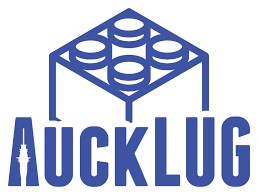
David Wardle: “I am talking to Oliver Harris, who is the President of AuckLUG, hosts of the Auckland Brick Show. Tell us about the Auckland Brick Show 2025, and your LEGO User Group?”
Oliver Harris: “This is the 2025 Auckland Brick Show and this is my second year as [AuckLUG] President and the aim has been to rejuvenate the Auckland Brick Show and I think this year we have achieved that. You can see the response of the crowds and exhibitors.
It is amazing to have the most exhibitors ever: 108 exhibitors, of which 37 are first timers and people from all LUGs. There are nine LUGs represented here. That is amazing. This is our premier show. This is our flagship exhibition, and to see the show so well-supported by other LUGs from around the country and by our members, it's kind of fantastic.
DW: “The phrase that I have used when speaking to a couple of people today is that the Auckland Brick Show has got its mojo back. When I compare this to the last couple of Auckland Brick Shows, although I have not been a participant, I have seen that the turnout was quite mild compared to previous years. COVID must have played a significant part. But are there any other factors that you think have assisted in the rejuvenation of this as a premier brick show in New Zealand?”
OH: “That is interesting. The last show was the first time we had introduced electronic ticketing, so starting to move into the online space, rather than just purely word of mouth, advertising really has increased visibility.
“We are really lucky with several members that have been driving social media content, and we are getting a lot of impressions, a lot of click-throughs on those sides of things, and really engaging with people in spaces that they are joining.
"Our sponsor, Toyworld, has been amazing. Reaching out to the Chinese community through their networks. That really has just added to what we have achieved and making this an amazing success."
DW: “The venue itself is quite a different location from previous Auckland Brick Shows. You have migrated more central.”
OH: “There is a perception of driving out west that is quite far. That perception is quite hard to overcome, and we have come to the central location being five minutes from the motorway [network]. People travelling up from Hamilton and other places have the perception that it is an easier trip for them to come here.
"This venue, even though it is the same size that we have had previously, there are spaces between the three netball courts and an overhanging mezzanine that has just given us that little bit of extra space. People have got room to move and carry on around in the extra space.
DW: "Talk to me about the relationship that AuckLUG has with Disability Connect, which is now your primary charity.”
OH: “This is our first year with Disability Connect. We came here for their Transition Expo. Their Transition Expo is working with other high schoolers going from high school out to the wider world and working with their families. It was cool to be part of that one. The link between Disability Connect and us has been amazing. [Disability Connect] being such an active participant in our show has been superb."
DW: “Thank you. Thanks for your time.”
OH: “It has been really cool. Thank you.”
Massey Scout Group
Sonya Morris
Group Leader – Massey Scout Group
David Wardle: “I am talking with Sonia Morris, Group Leader of Massey Scouts. Can you tell me about the relationship that Massey Scouts has with AuckLUG that goes back quite a few years?”
Sonia Morris: “It all started with one of our parents, who is also an exhibitor at these LEGO shows. About five years ago, he asked us to provide a barbecue outside the LEGO show at Riverhead as an opportunity for a fundraiser for the Massey Scout Group. We have provided similar support at AuckLUG brick shows for the past five years or so. We have loved it.
It has been quite a good relationship and both groups benefit from recruiting new members. For us, we receive a small amount of money from gold coin donations. It has been awesome.
DW: “At this show, your youth members, leaders and parent helpers are managing the car park.”
SM: “Yes, we are, and we are also managing the raffle tables and the ticketing at the entrance way.”
DW: “What do you anticipate receiving out of this show?"
SM: “Any money that we get helps towards purchasing tents and equipment and stuff that we need. It also helps to keep our fees down, which is really important with money being so tight for everybody at the moment. We use the proceeds to try to help our families as much as we can so we do not get any kids that miss out.”
DW: “That is great. Thanks for catching up with me.”
Disability Connect
Mike Potter - CEO Disability Connect
David Wardle: “I am talking to Mike Potter, who is the CEO of Disability Connect. I am really interested in understanding the relationship that exists between Disability Connect and the Auckland LEGO User Group (AuckLUG) since you are the principal charity for the Auckland Brick Show.
“Can you tell me a little bit about yourself and what Disability Connect represents and how you are benefiting from this event?”
Mike Potter: “Disability Connect is an information provider for disabled people and their families. We are pan-disability. We cater to all disabilities, including learning disabilities, ADHD, autism, long-term health conditions, as well as the different ways they are funded in New Zealand – ACC (Accident Compensation Corporation – New Zealand’s accident compensation provider), Ministry of Health, Disability Support Services and, in some cases no support at all. We cover all ages from birth to parents of disabled people in their 90s.
“Disability Connect is an organisation for everyone who has got some connection with disability, because as a disabled person trying to navigate life, you need some information, help and support to find the options that will give you a good life. People with disabilities do not have the same choices as everyone else: not economically, not socially, not in terms of information, nor in terms of time. We provide information on a wide range of challenges disabled people face from education and support through to health, transport, justice, housing and more!
“The mission of Disability Connect is to lead and influence positive change for disabled people and their families. Our core value is choice, so having choices helps people navigate life. The reason why we are here at the Auckland Brick Show is because we were invited. We love the synergy with Auckland LEGO User Group and the attendees. LEGO is a therapy for many disabled people. Some use it to manage anxiety and self-regulate, while for others it enables respite – meaningfully occupying disabled children so we can get a break.
“LEGO is also a fantastic tool in terms of developing life skills, telling stories, telling messages, and giving our own stories. It also takes people into a world of fantasy or wherever that is part of them. It is the same world that disabled people should have, too, and that is what we are seeing here at the Brick Show. We are so thrilled to have this partnership [with AuckLUG].”
DW: “Vaughan Blok was telling me about Disability Connect’s Transition Expo that you held about four or five weeks ago. I see Leo the lion – one of Vaughan’s old LEGO store display stands – over there, and he commented earlier that it might become the pseudo mascot for Disability Connect. Can you tell me about the Transition Expo and how that seemed to be the catalyst for the enduring relationship [with AuckLUG] moving forward?”
MP: “I met Vaughan a few years ago when I happened to stumble past his “LEGO museum”, as it were, and from there we built a relationship. Vaughan invited us to be the charity of choice [of AuckLUG] and I said, ‘Well, why don't you come to our Transition Expo,’ which occurred in early September.
“Our Transition Expo is an annual event. It has been going for eighteen years. It is for disabled people and their families to find out what is new, what is available, and what is possible. Originally, it was to enable families of children with high and complex disabilities for when they left school, but it is moving to cater to all disabled people of all ages.
“And it pans across everything, whether it is in meaningful community activities, sports, arts, finding funding streams, banking, housing, employment conversations or starting a social enterprise. The Expo covers all facets of life that intersect, such as transport, access to libraries or sorting your water bill.
“We have a wide range of employers who come [to the Transition Expo] to host conversations for the purpose of giving disabled people confidence in going to a job interview and finding a job. One of the biggest things that comes out of our Transition Expos is addressing fears people have about meeting disabled people and their families. There is fear for employers employing someone with a disability. Some of us have real fear in engaging with someone who is non-verbal. How can we do that?
“The Transition Expo is a really safe place. It is like a marae or a fono (a New Zealand Maori or Samoan meeting house/place) for disability. Anyone can come knowing that this is a safe place where disability is the dominant subculture. You can learn some sign language and develop your disability literacy. Our different modes of communication – easy read and sign language, for example. You can find information that disabled people in your location need or become a better business at serving disabled customers and their families. It is exciting seeing people from government, business and the community learning more about how to engage with disabled people in a very safe and responsible way. We love our Transition Expo and what it does. It gets bigger each year: we had one hundred and fifty stallholders this year, and over 1500 people came in on the day.
DW: “That is impressive, and then a few weeks later, you have the Auckland Brick Show to dovetail into.”
MP: “Having Leo the Lion here has been great because he draws families to come by, stop and pause for a photo with Leo. Then we can engage in conversation about whether they have heard anything about Disability Connect or how they got here today? Learning if they have disabled family members and telling them about our services and what Disability Connect does. We are seeing lots of families [coming to this show] who have never heard about Disability Connect, [who are] having a conversation, and suddenly realising that they and their disabled children, who need some help and support to navigate life, are speaking with someone who has empathy for their situation. We end up exploring their question ´How can you help us?’
“We have been able to tell them a little bit more about what Disability Connect does, and we have had some wonderful conversations. Disability Connect is parent-directed. About eighty percent of our team are parents of disabled children. LEGO is part of our world, especially for therapy, respite as well as an obsession.”
DW: “One of the displays which I have already picked to showcase in my Brickset article is the Kiwi Rail train station and I see that you picked this same display as the Sponsor's Choice award. Can you talk to me about that display, given that it is also going to be featured in my article? What drew you to that display and why were you impressed with it?”
MP: “When I was assessing the displays here, I began by looking for displays that told a story about inclusion for everyone. That is what all people would like to happen to all people, but for disabled people in particular.
“Going beyond inclusion – I then looked more closely at how access was incorporated into the display. Access is when we celebrate being able to do the same thing that everyone else is doing. Being able to have an ordinary life outcome despite an impairment or disability. Some of the LEGO displays had three-storey buildings, which in New Zealand means that there is no lift. Unless fifty people reside on the third floor of a building, there is no need for a lift based on the building code.
“Other [LEGO] displays had steps [in their builds]. There are a couple of displays that included wheelchairs, but the wheelchairs were not in the most accessible places, and sometimes they were being pushed by someone else.
“But this one display that I saw had one wheelchair to start with, and it had lifts clearly within the train station, and I thought, ‘well, that's really cool.’ And then I saw another wheelchair, and then I saw another wheelchair, and I looked inside the train and I saw another wheelchair. So, I counted four wheelchairs in the one exhibit!
“The number of people with physical disabilities with wheelchairs is probably about 1% of the population, so that is about one in 100 people, so maybe this is a bit disproportionate in this LEGO display. But what really sold it to me is that in this exhibit there was a ramp, and that ramp means I had the same opportunity to take a train trip as everyone else, and that is why I chose this LEGO display for the Sponsor's Choice award.”
DW: “Thank you very much.”
MP: “There are some wonderful warm hearts amongst the exhibitors and their LEGO displays. There is something special happening here. Special thank you to Auckland Brick Club for all the work you have done to host a brilliant show!”
City Train display
By David Wardle - FlagsNZ
and Keith Clark - TLCHEF
From All Blocks LUG
In collaboration with Keith Clark, we had a City train display that stretched for twenty metres. Our layout occupied nearly ten percent of the display tables.
The biggest challenge for me in these large train layouts is recharging my AAA batteries. I own over 90 rechargeable AAA batteries with 36 in use powering the trains at any one time.
I am often asked how long it takes to set this display up and the answer is five hours. I can pack it away in two hours. I have a different layout each time I set it up, and I will display this train layout about three times a year.
Overall opinion
It has been ten years since I attended my last Auckland Brick Show, although I have been aware of fluctuating attendance numbers attending this annual show over the interim years.
This event had a really nice feel to it. AuckLUG had a dedicated team working behind the scenes to make sure that this year's event went without any hitches.
It was a great show held in a superb venue with a solid number of people coming in to view the great displays. The same venue is booked for next year, although I believe the dates are for the last weekend of the school holidays – the weekend 10 and 11 October 2026.
In my opinion, The Auckland Brick Show can rightly be considered one of New Zealand's premier brick shows. It has really got its Mojo back!
58 likes
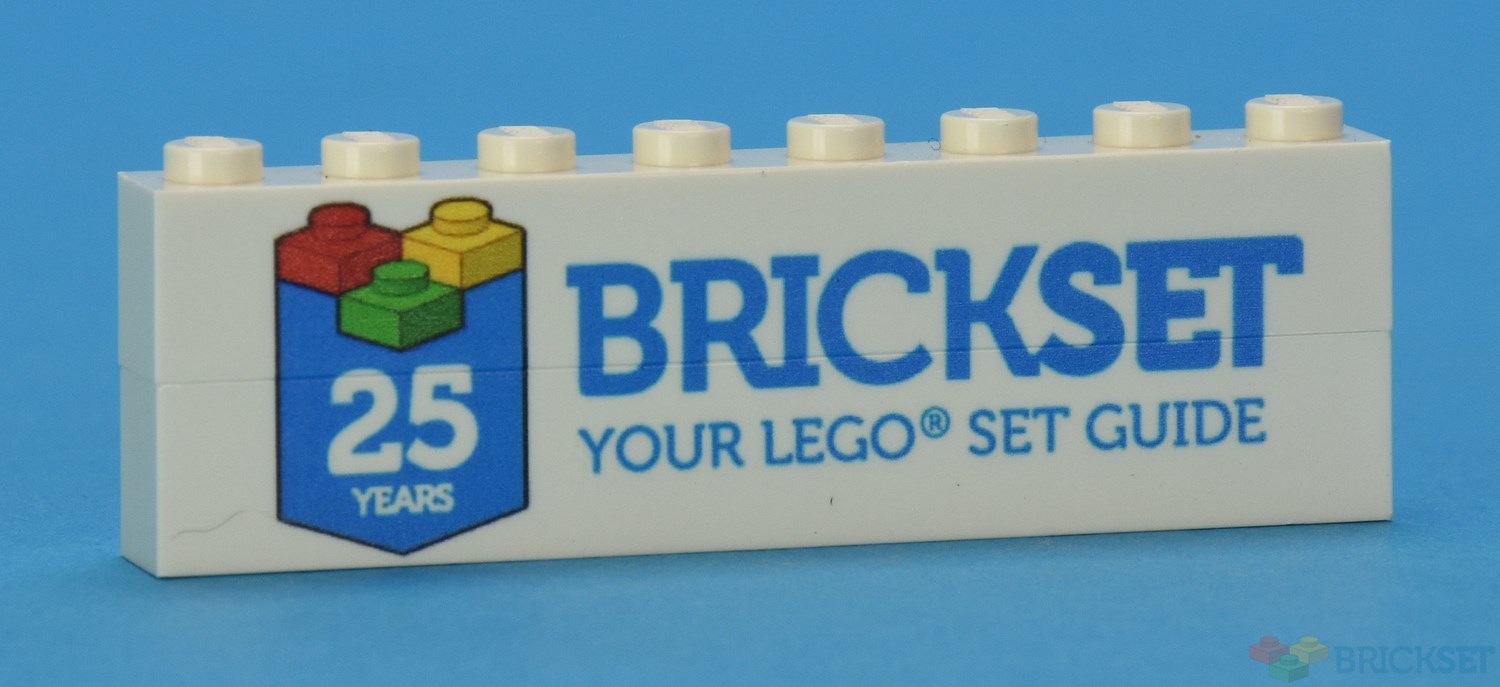
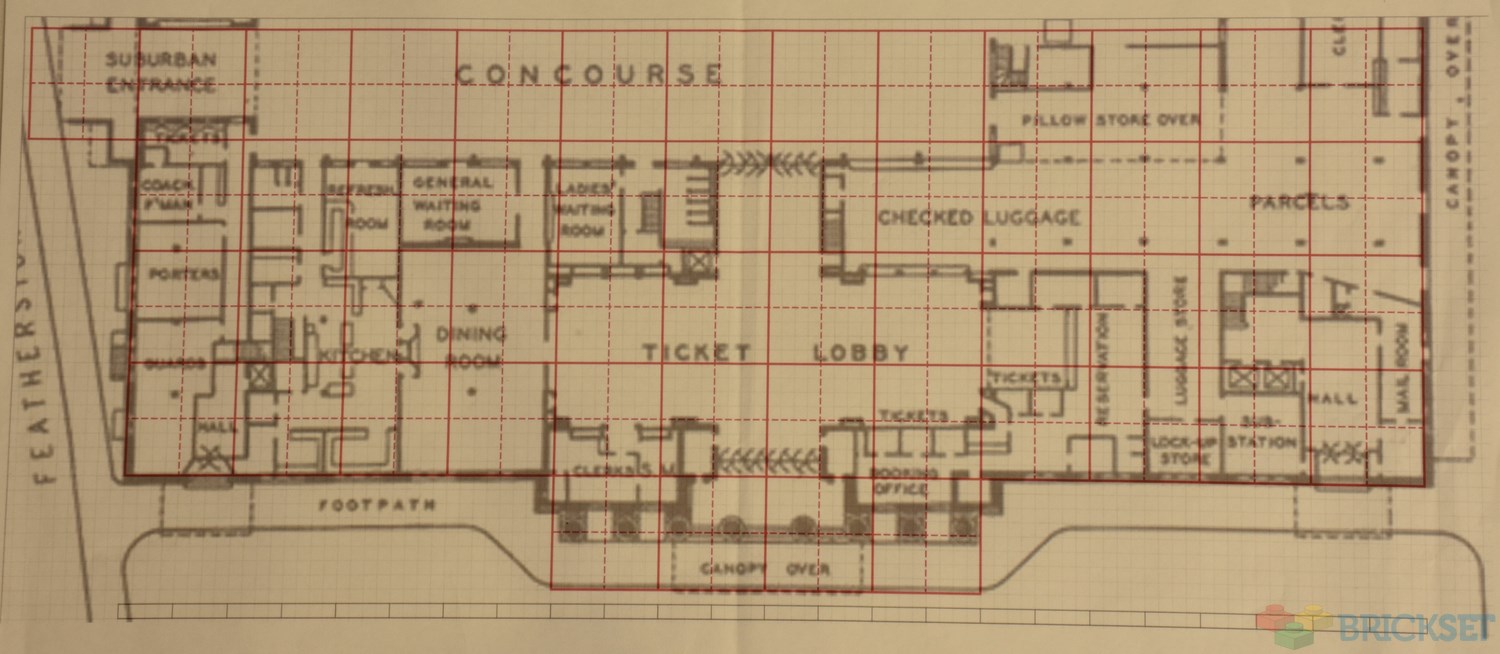
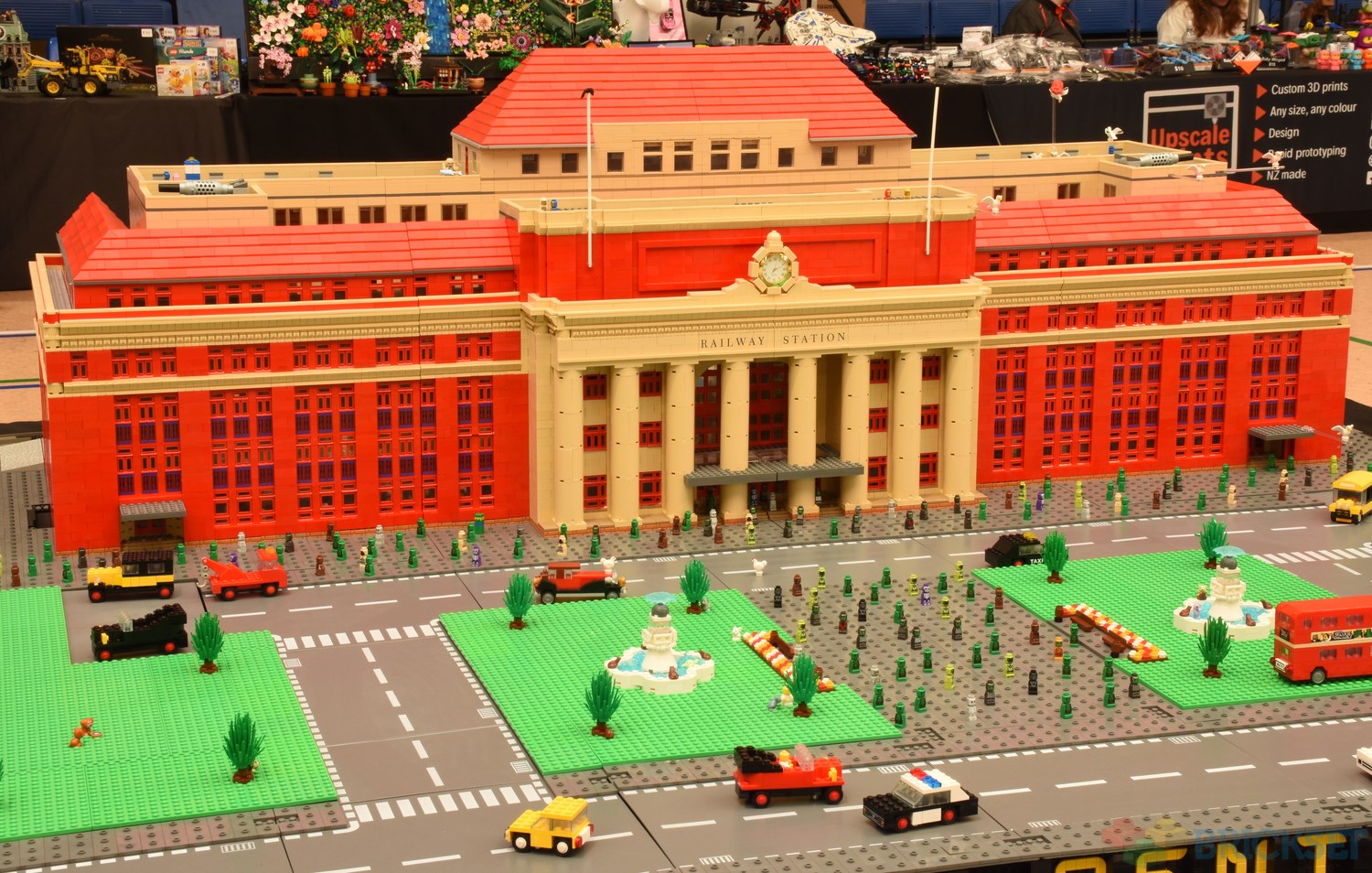
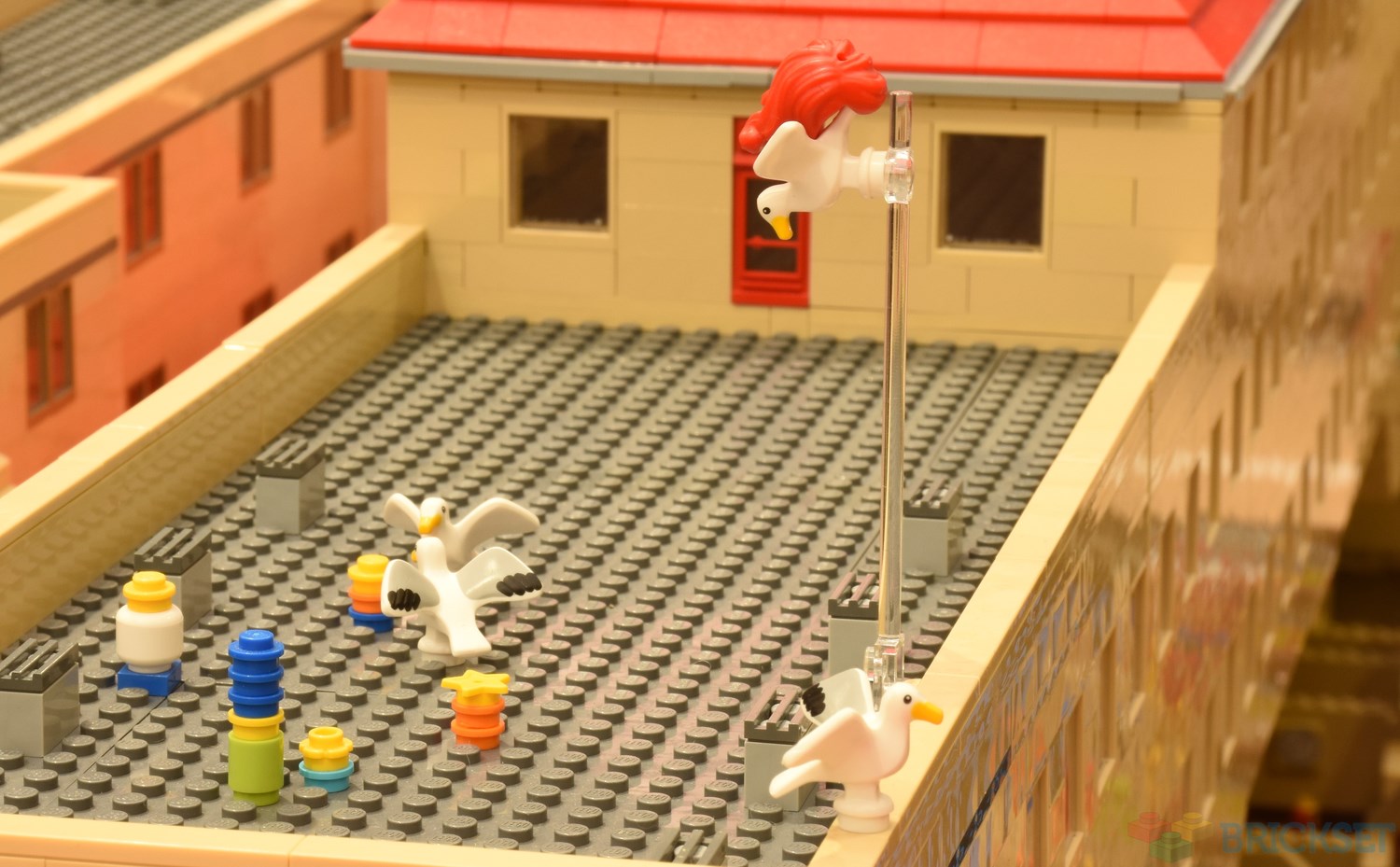
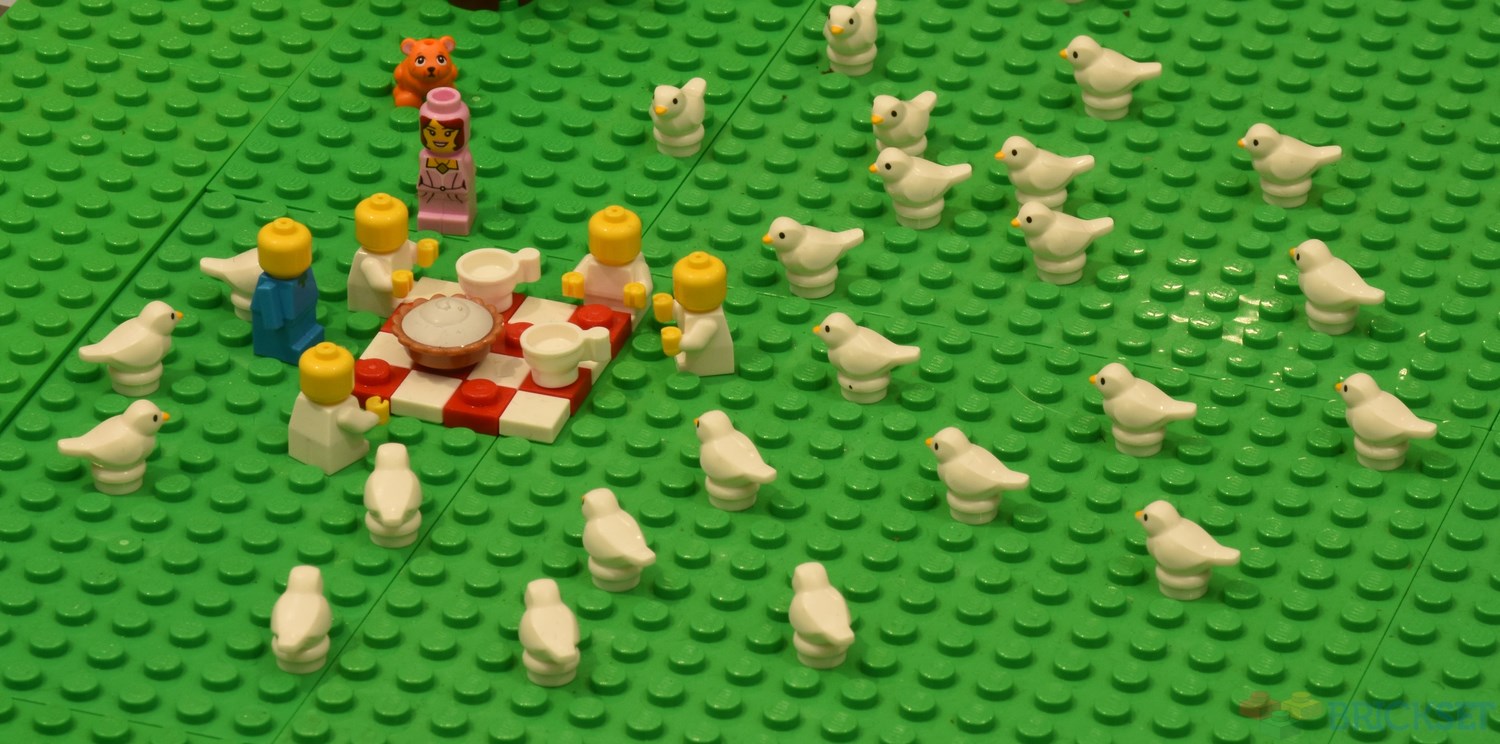
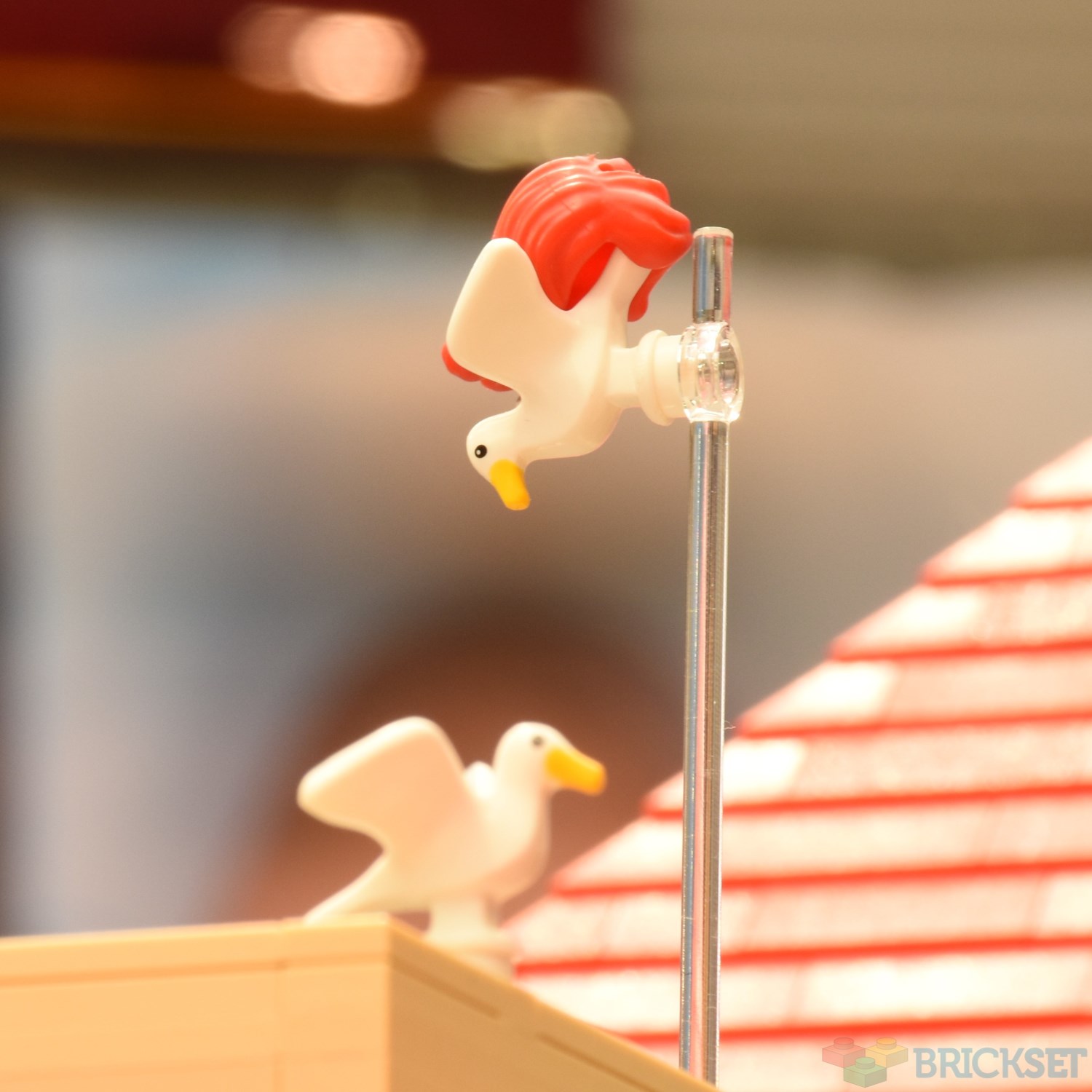
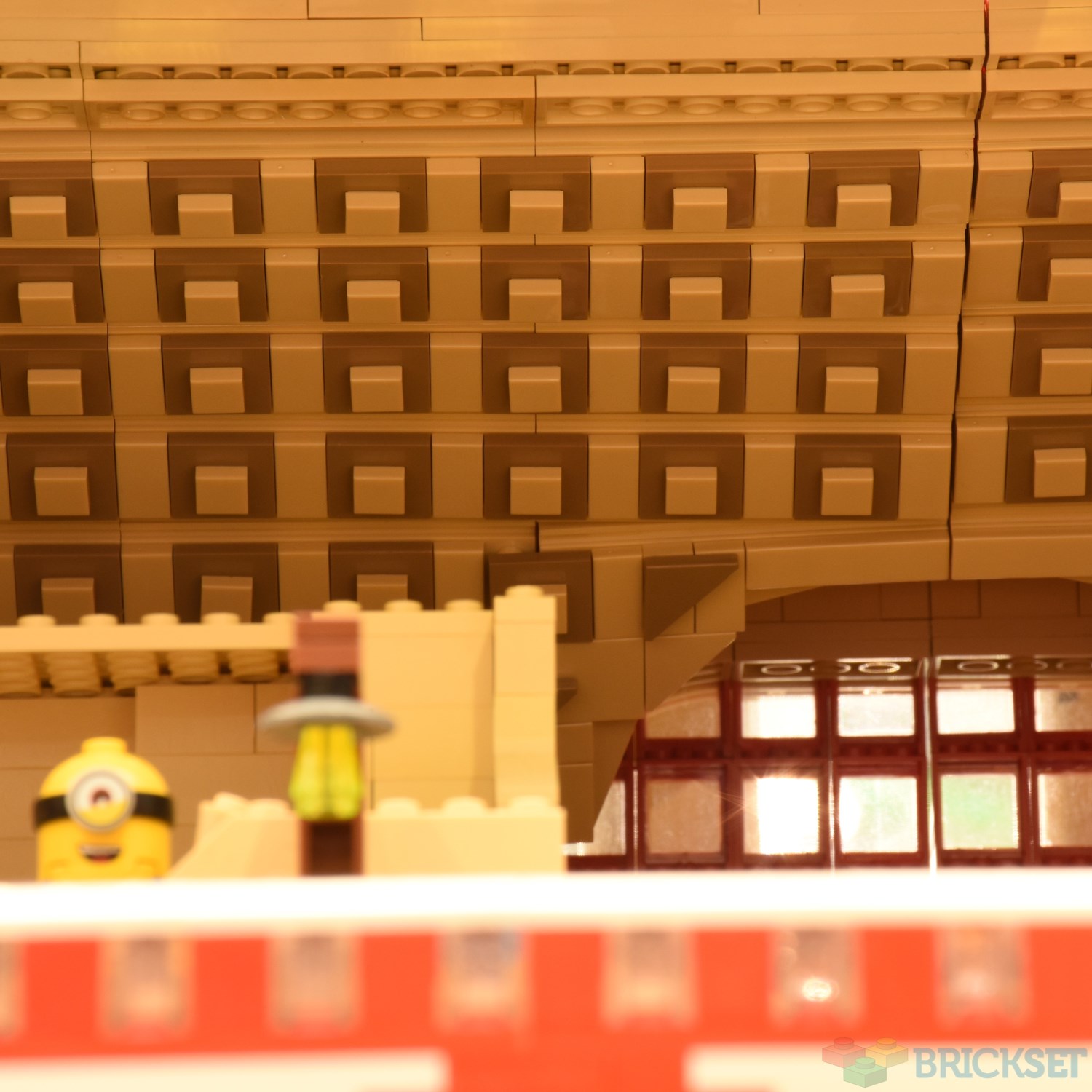
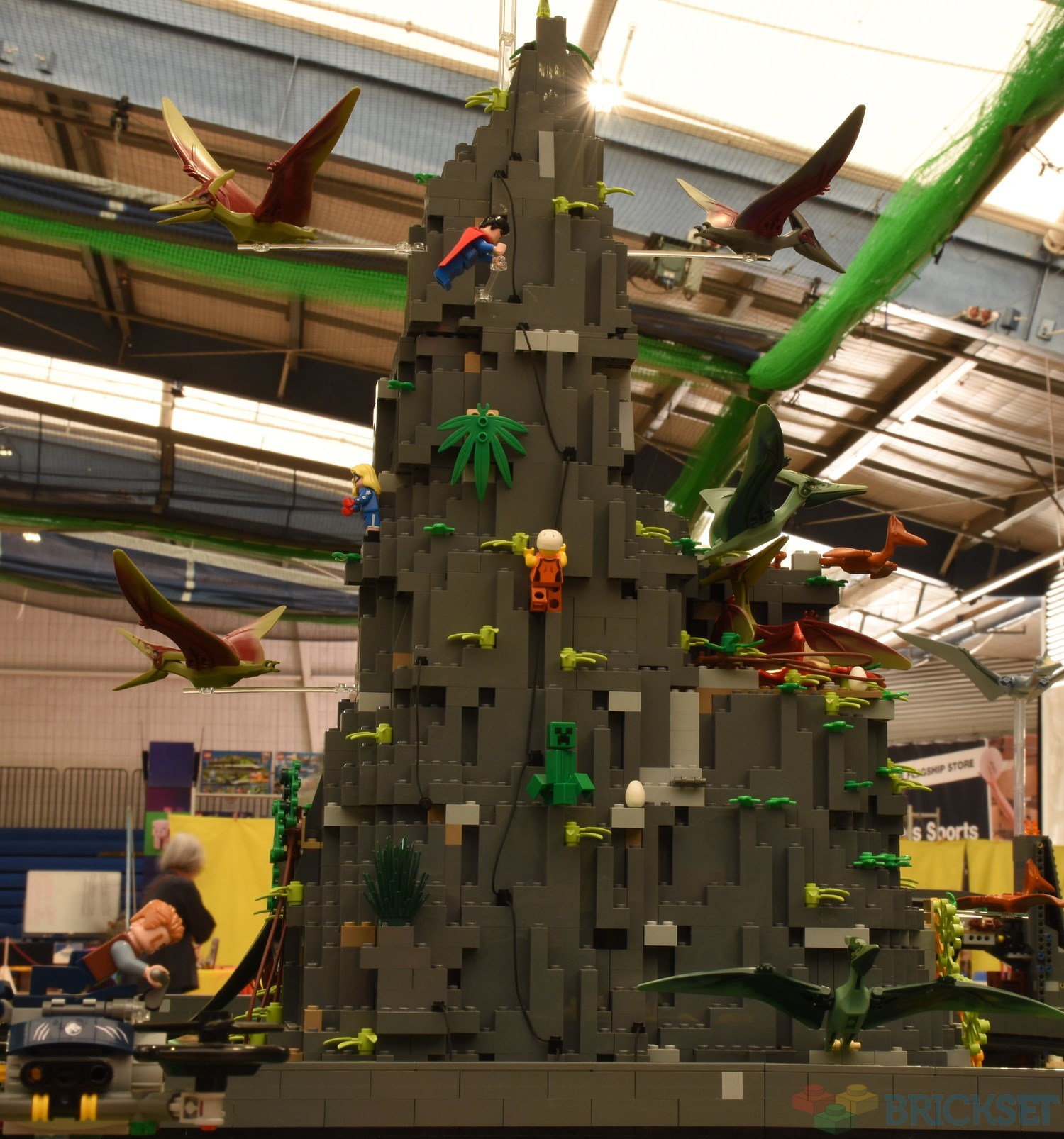
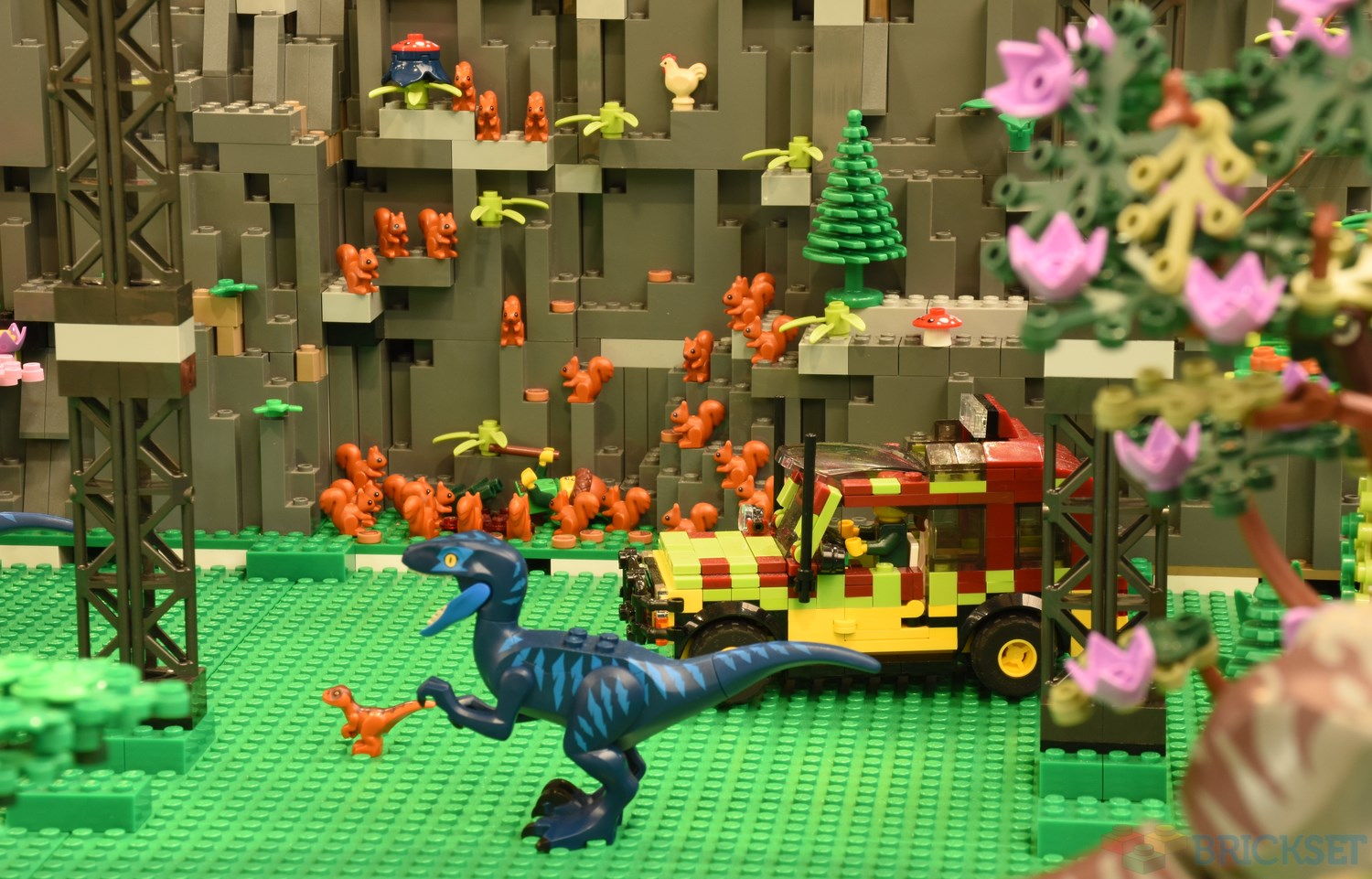
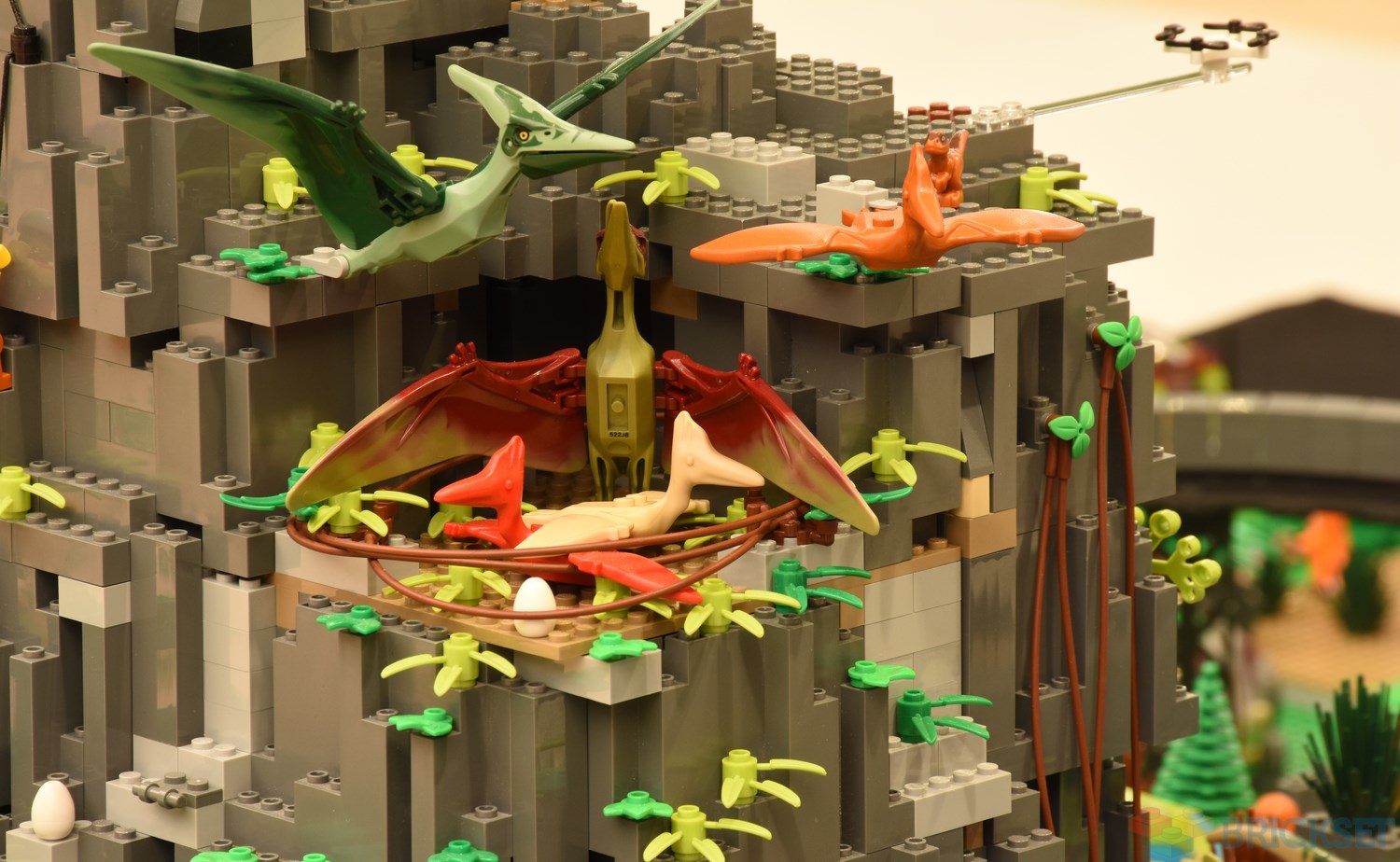
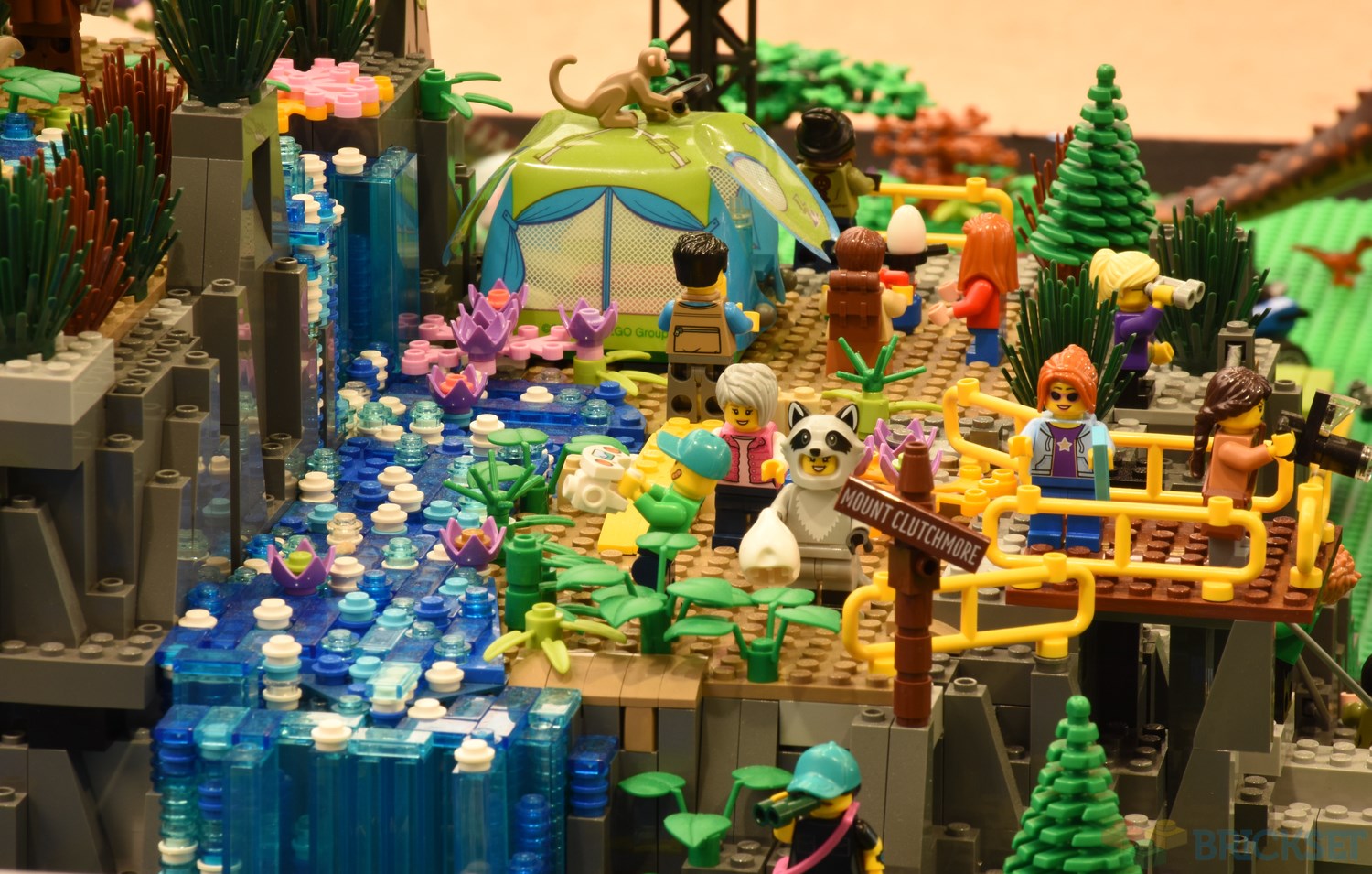
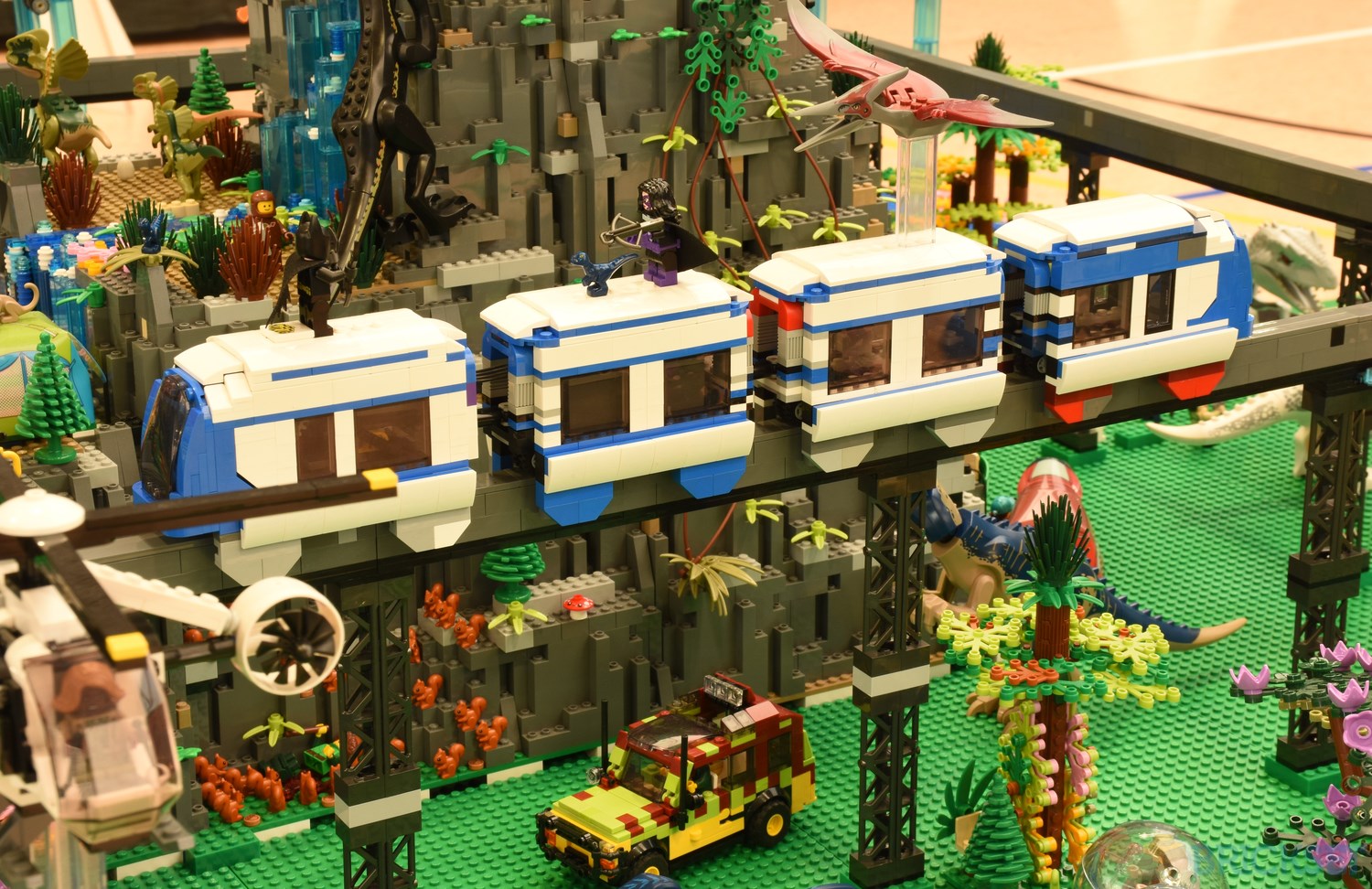
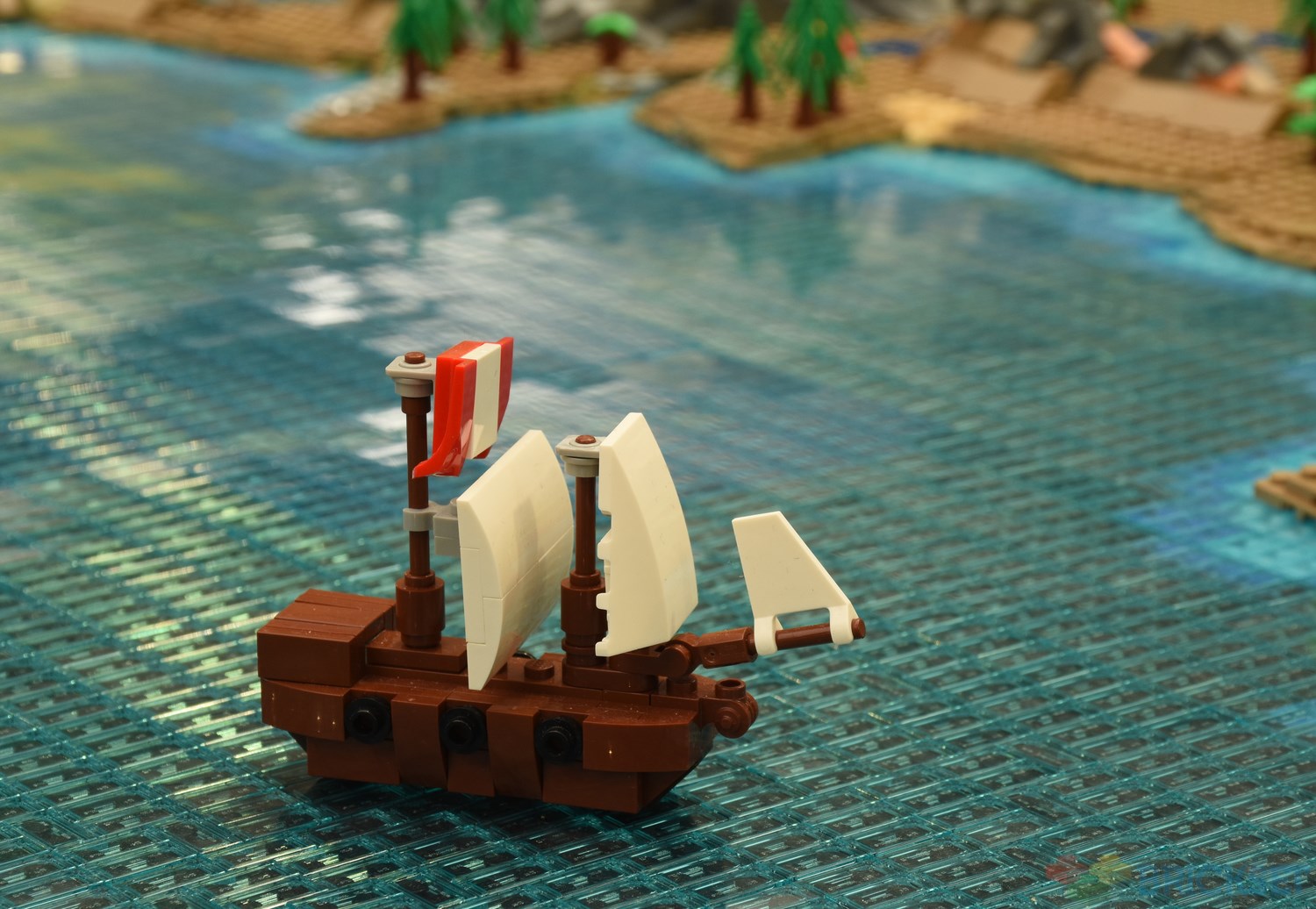
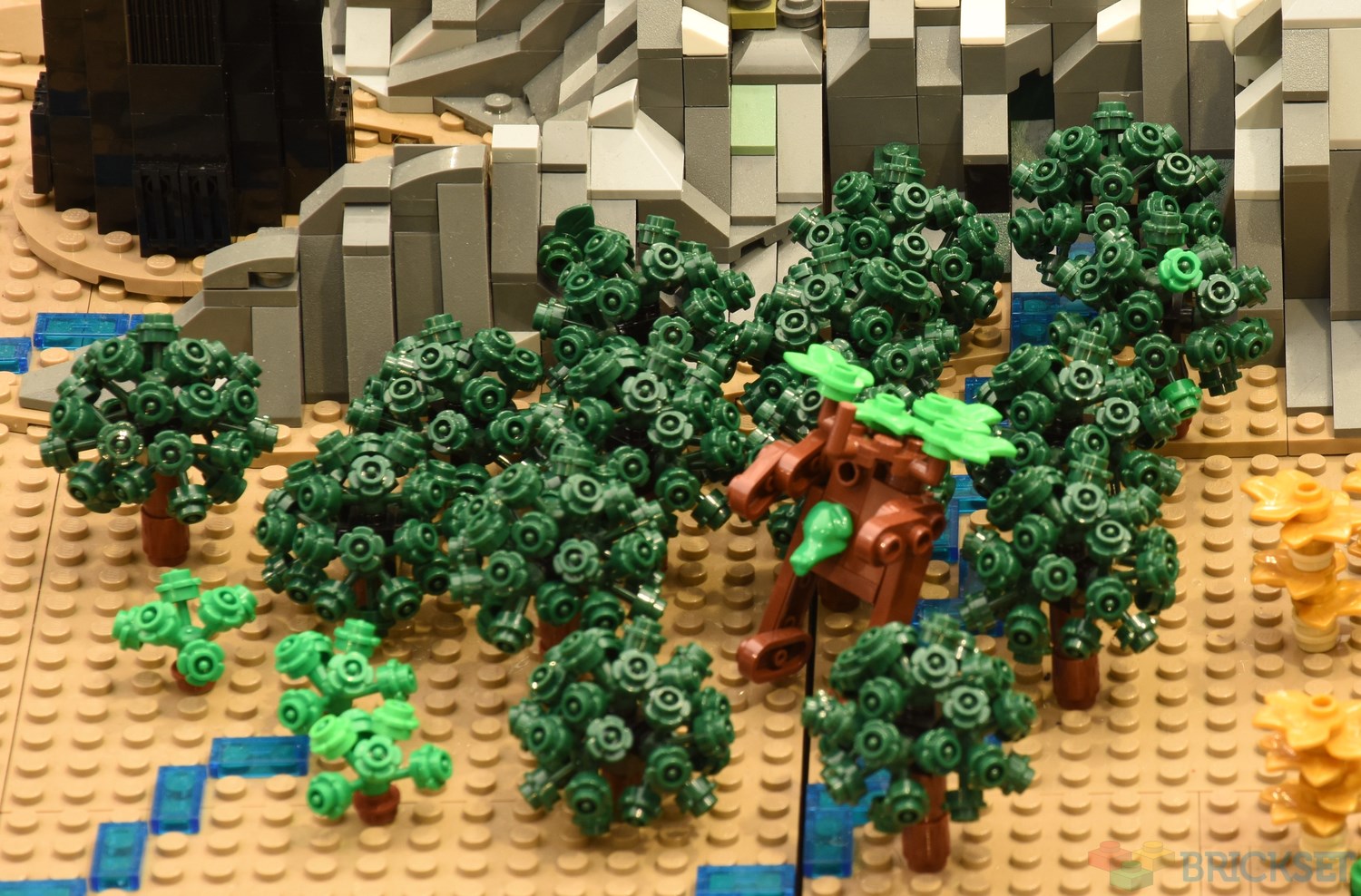
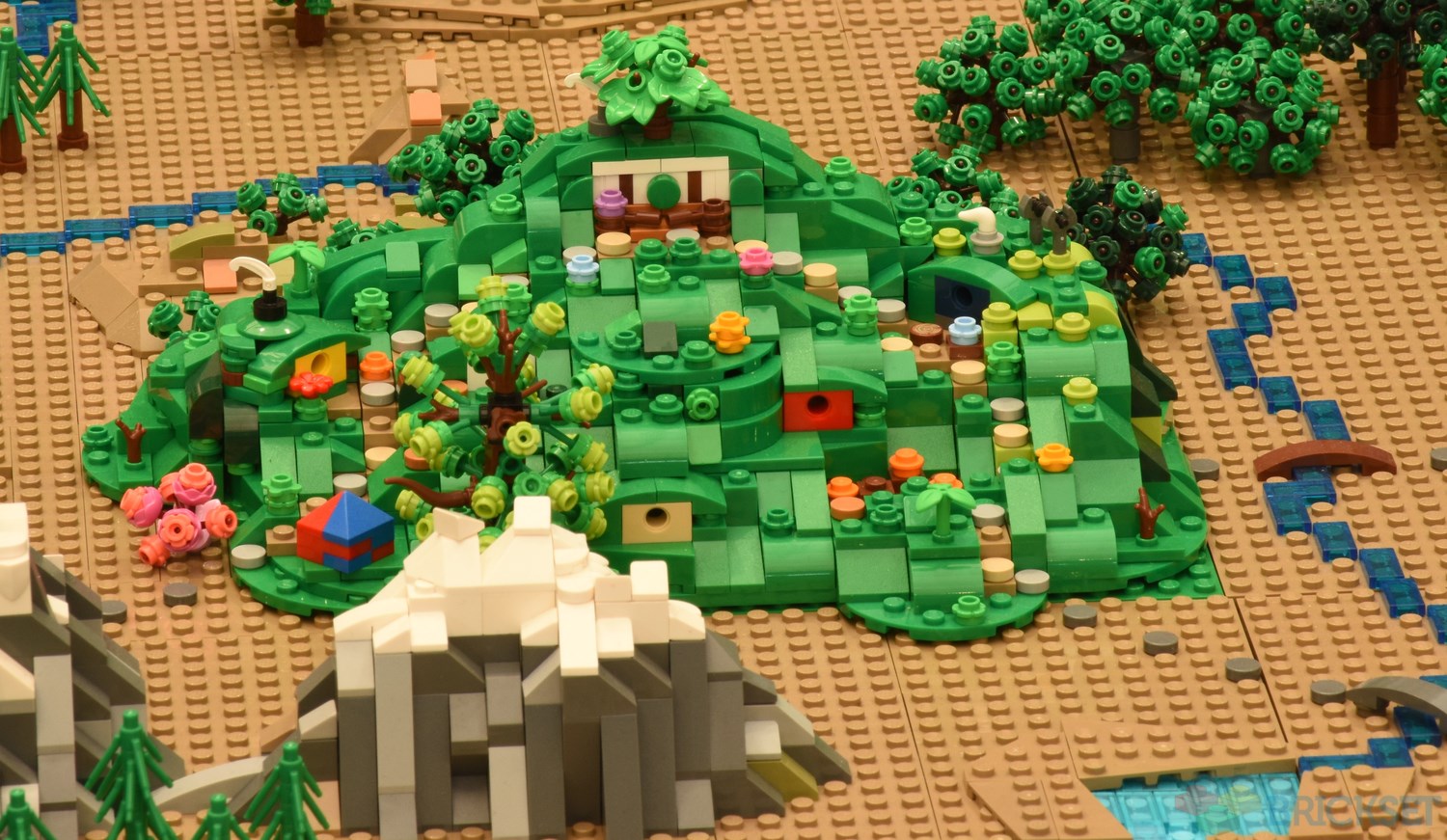
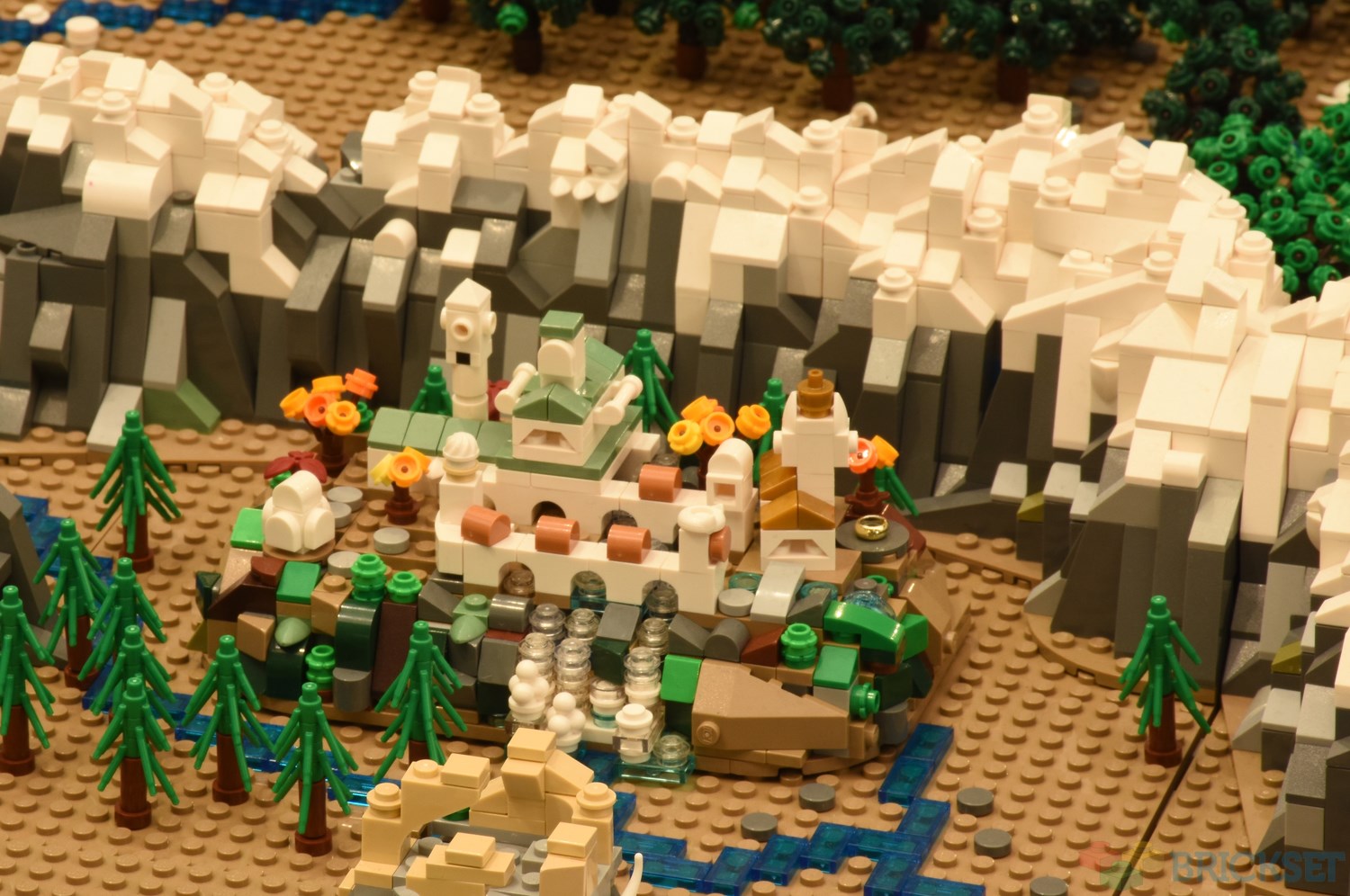
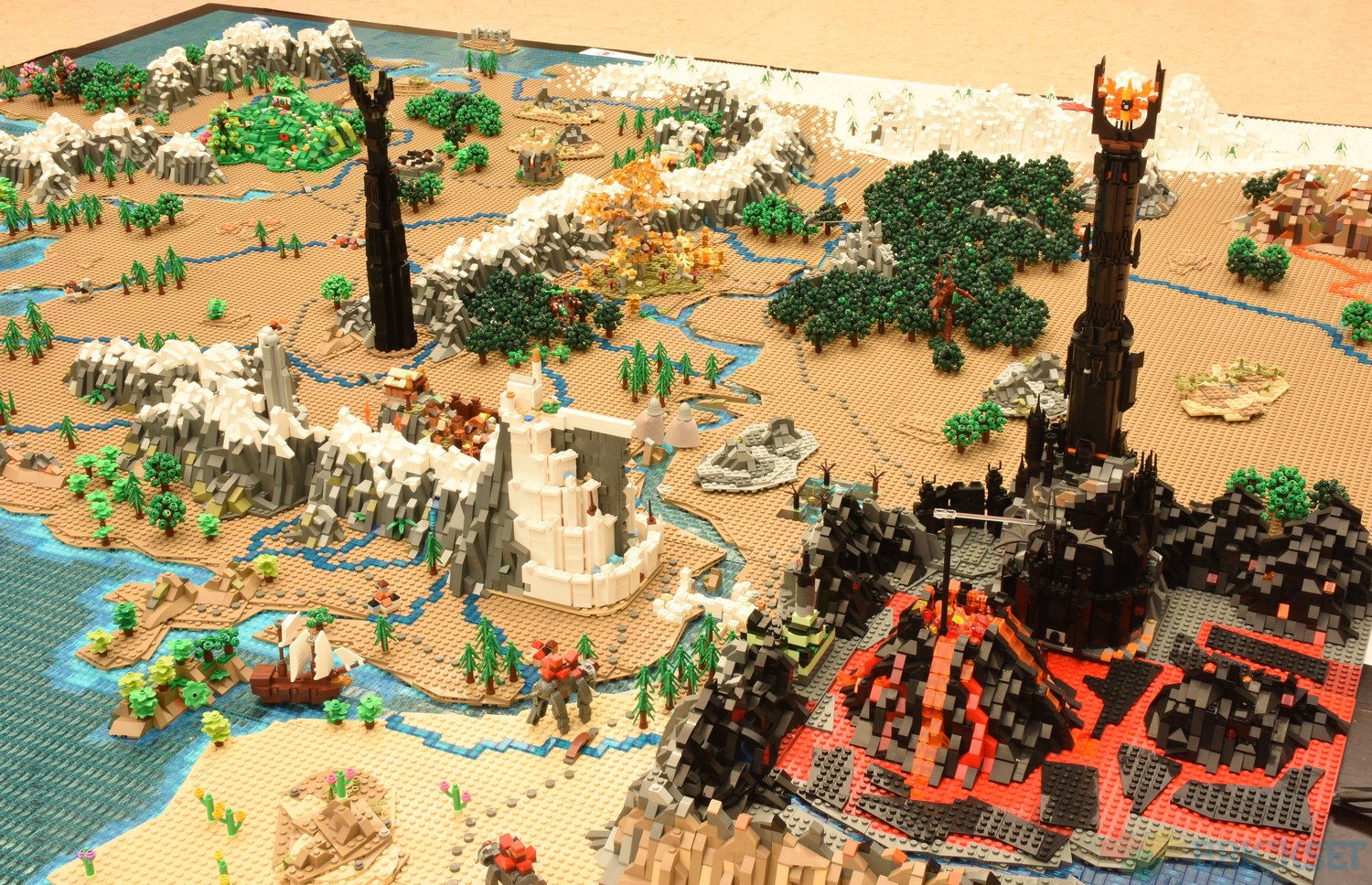
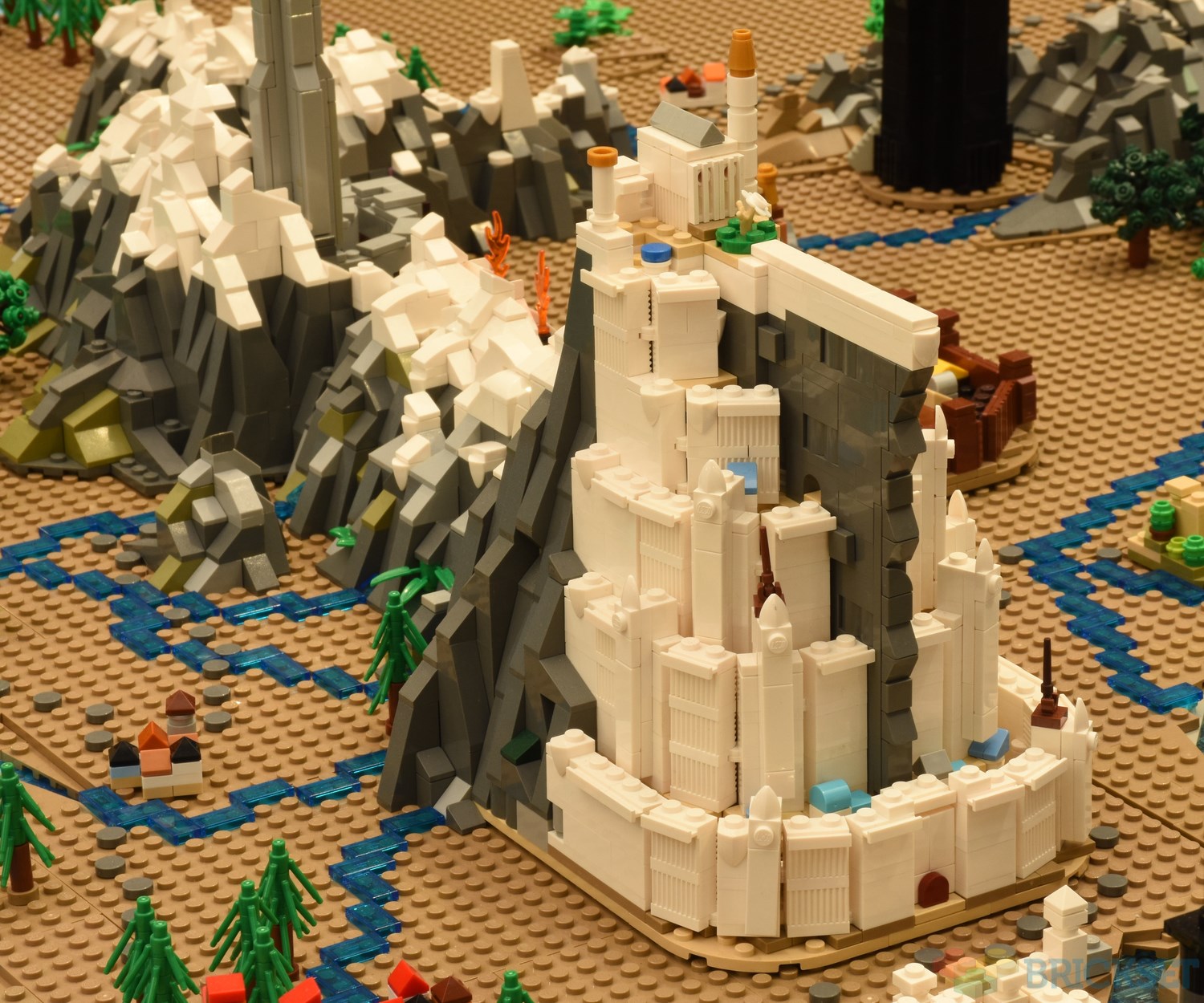
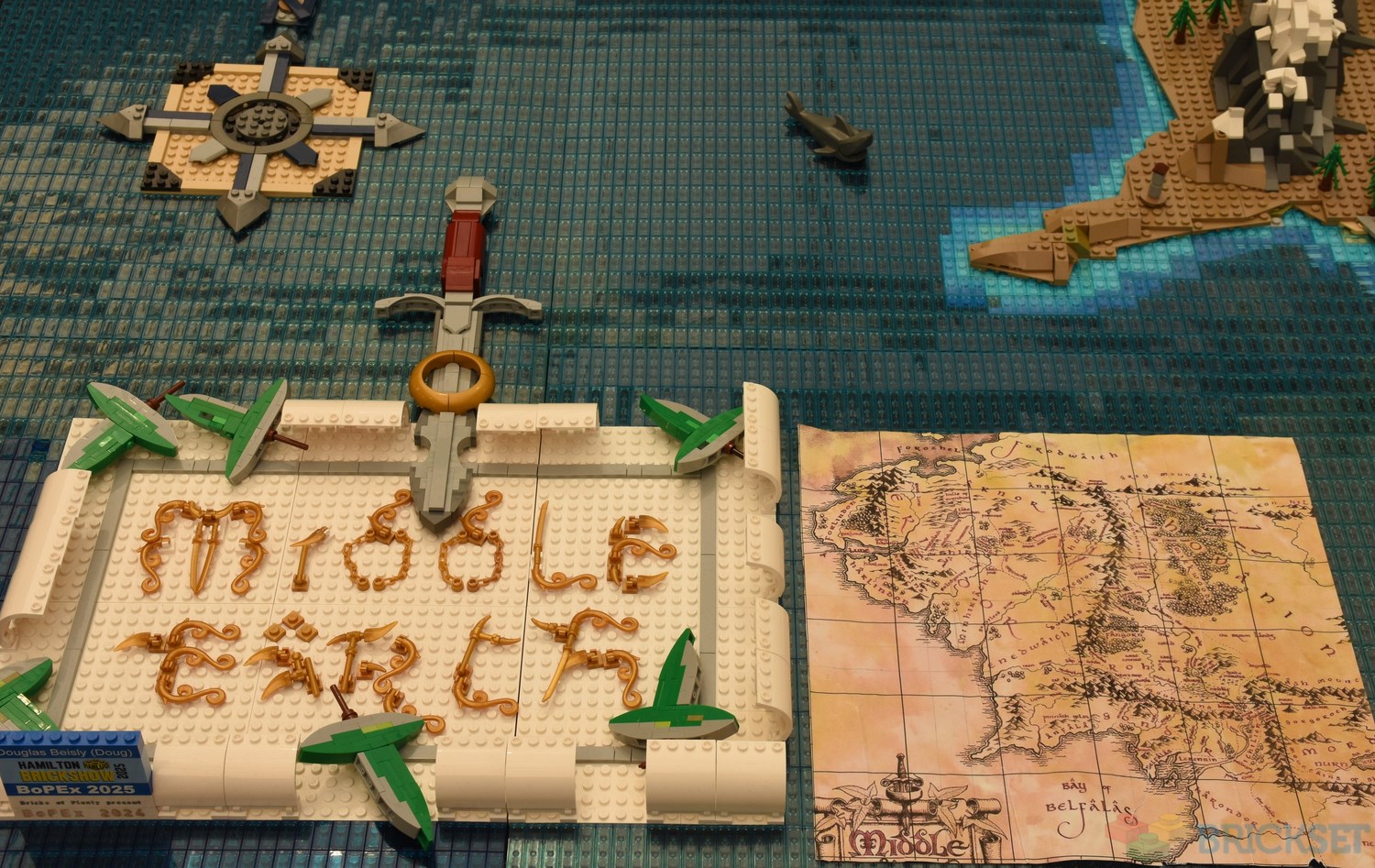
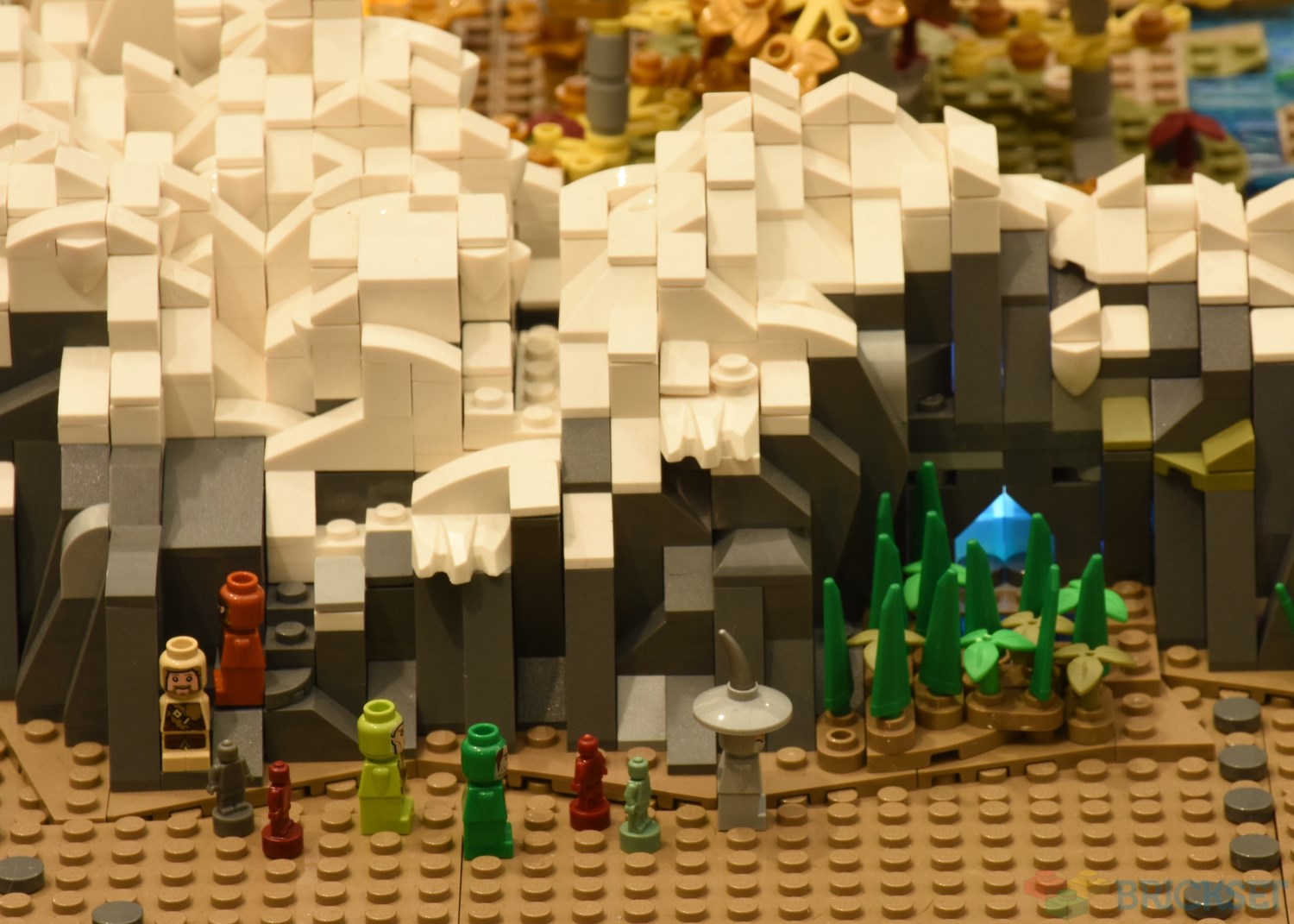
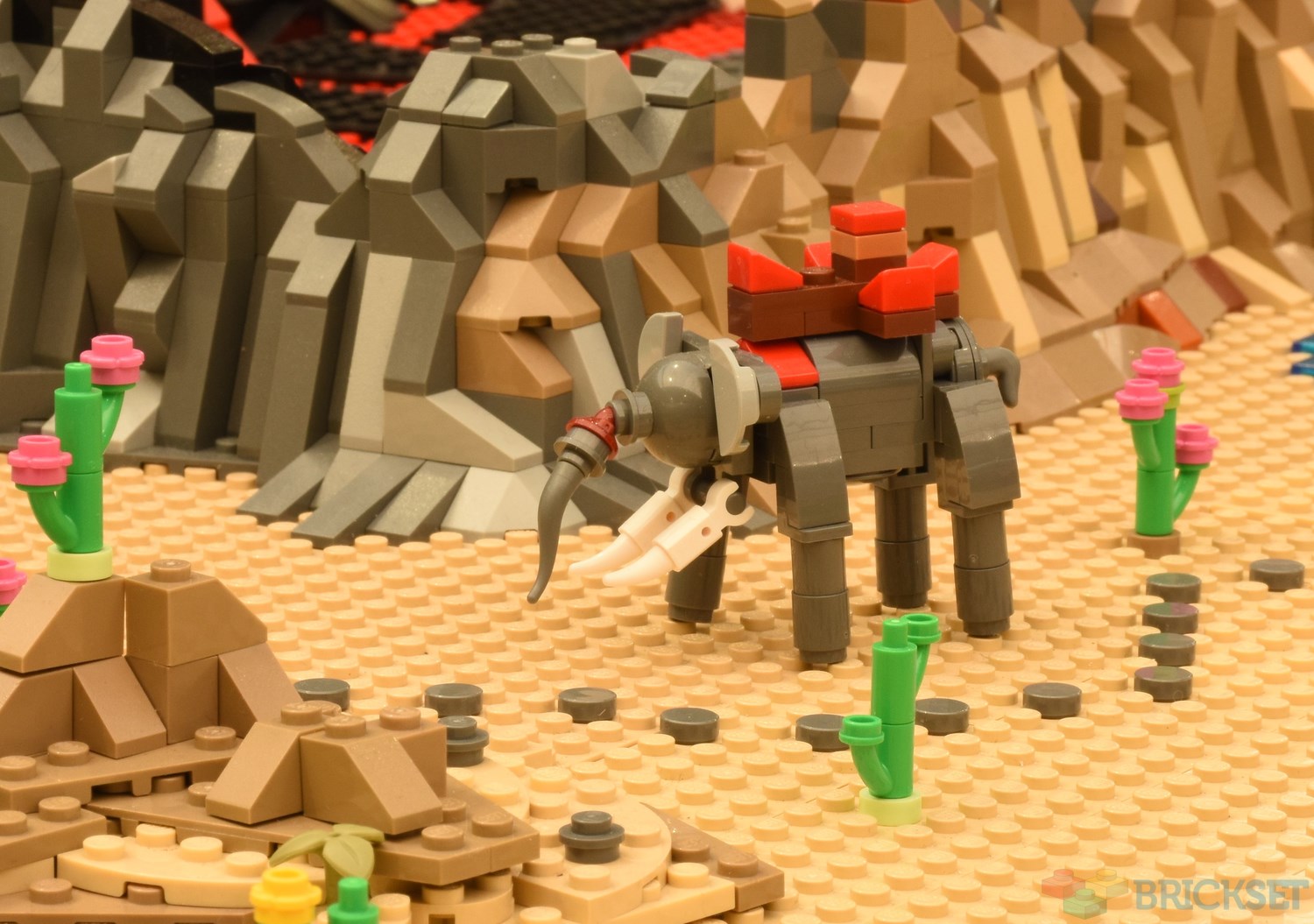
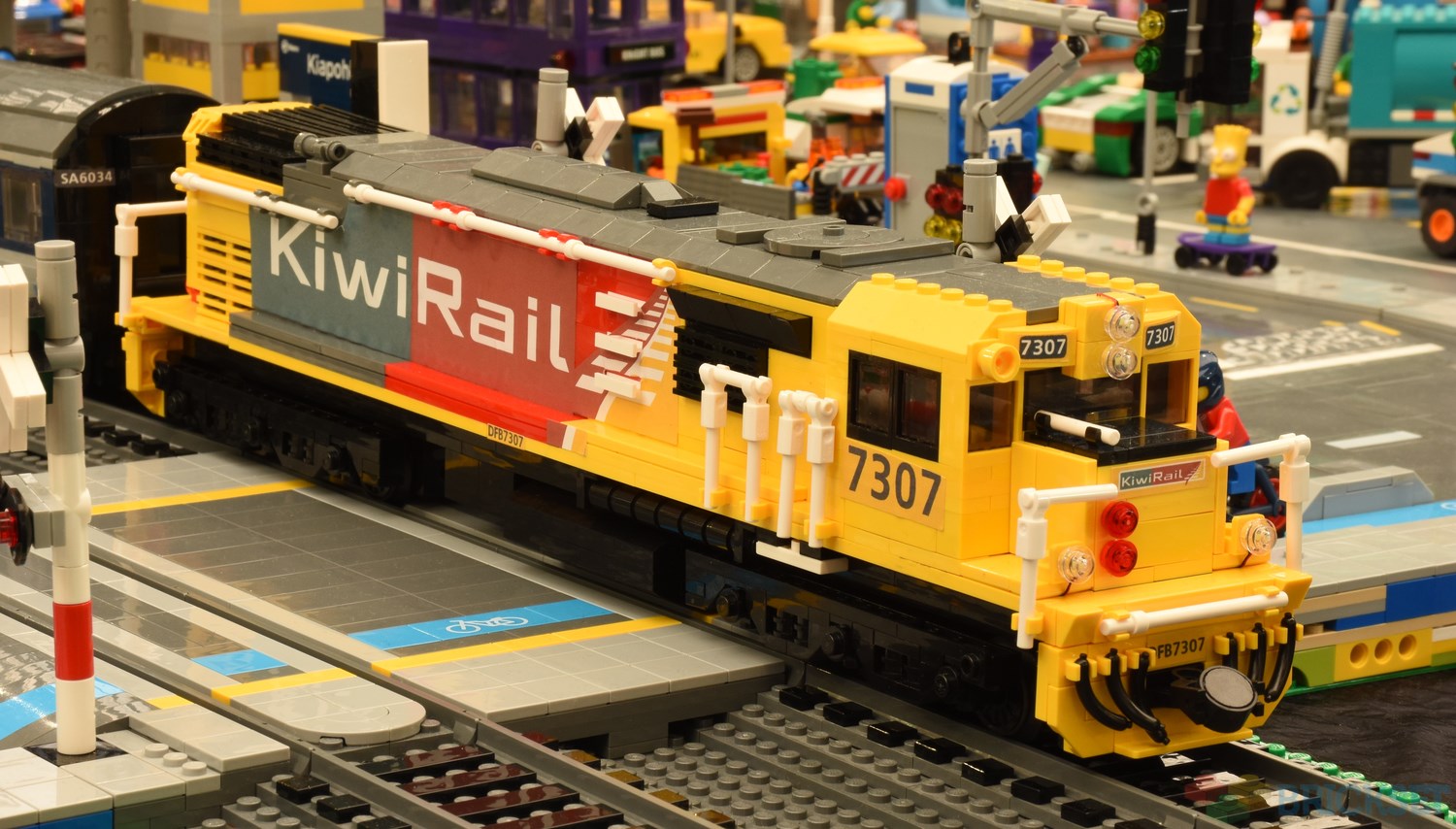
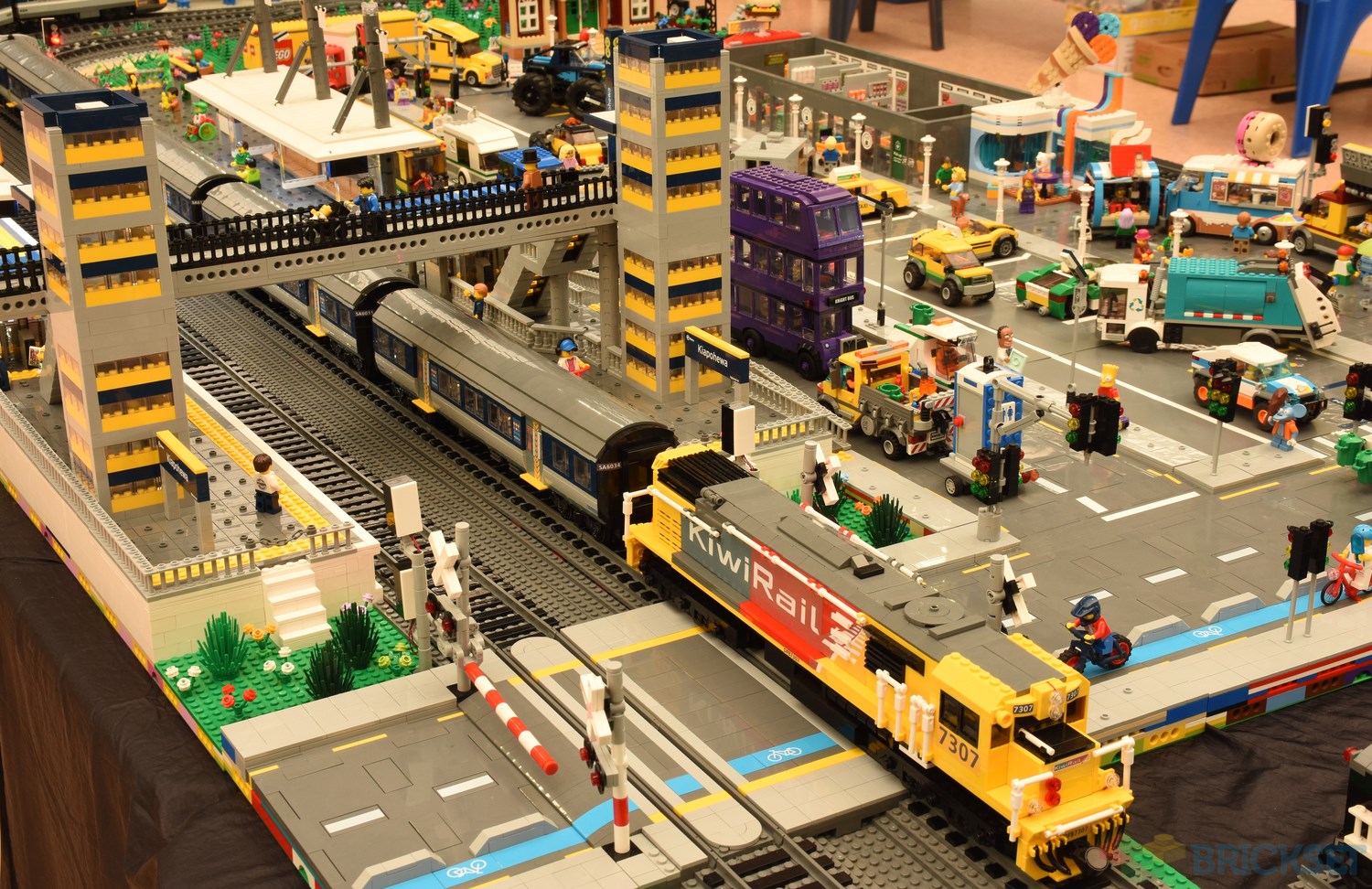
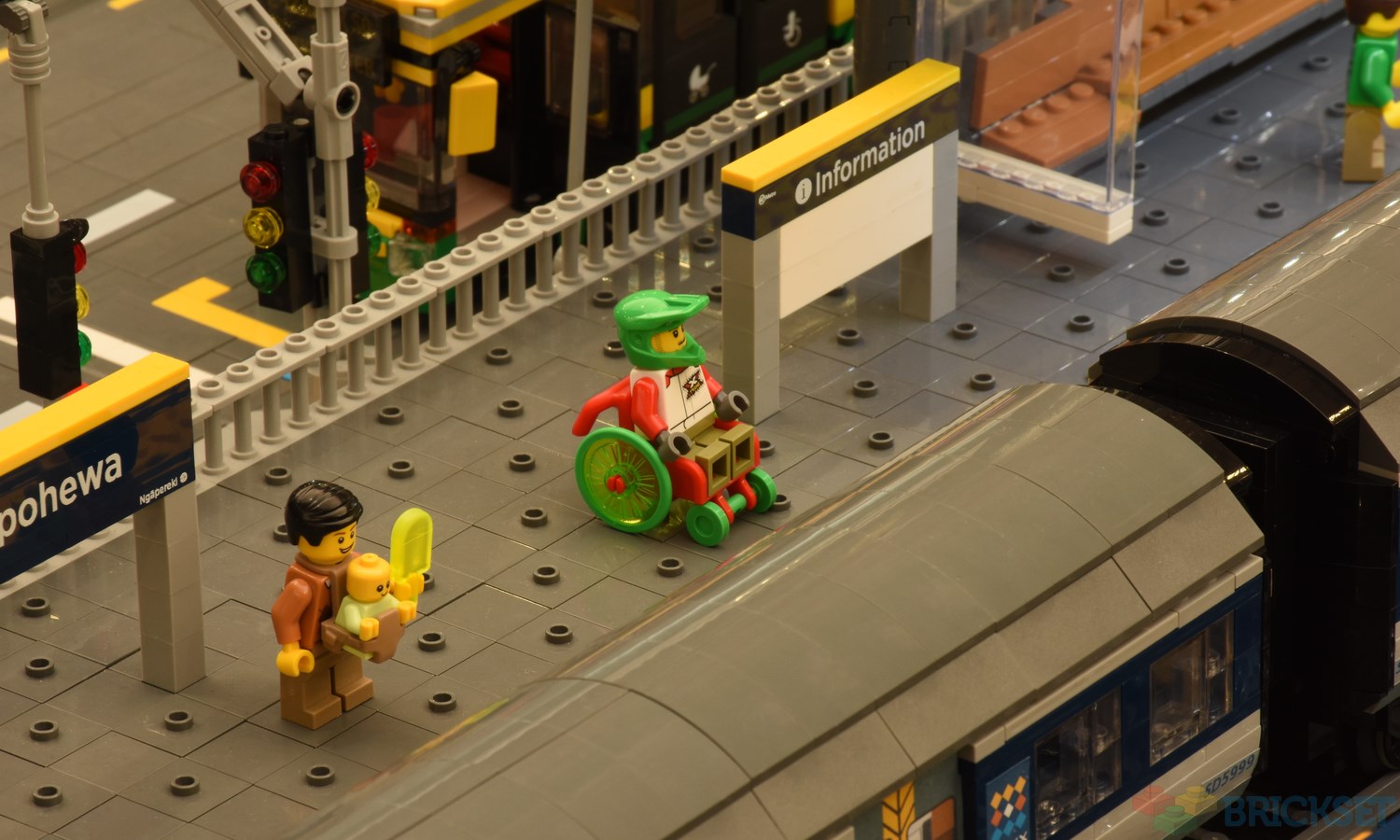
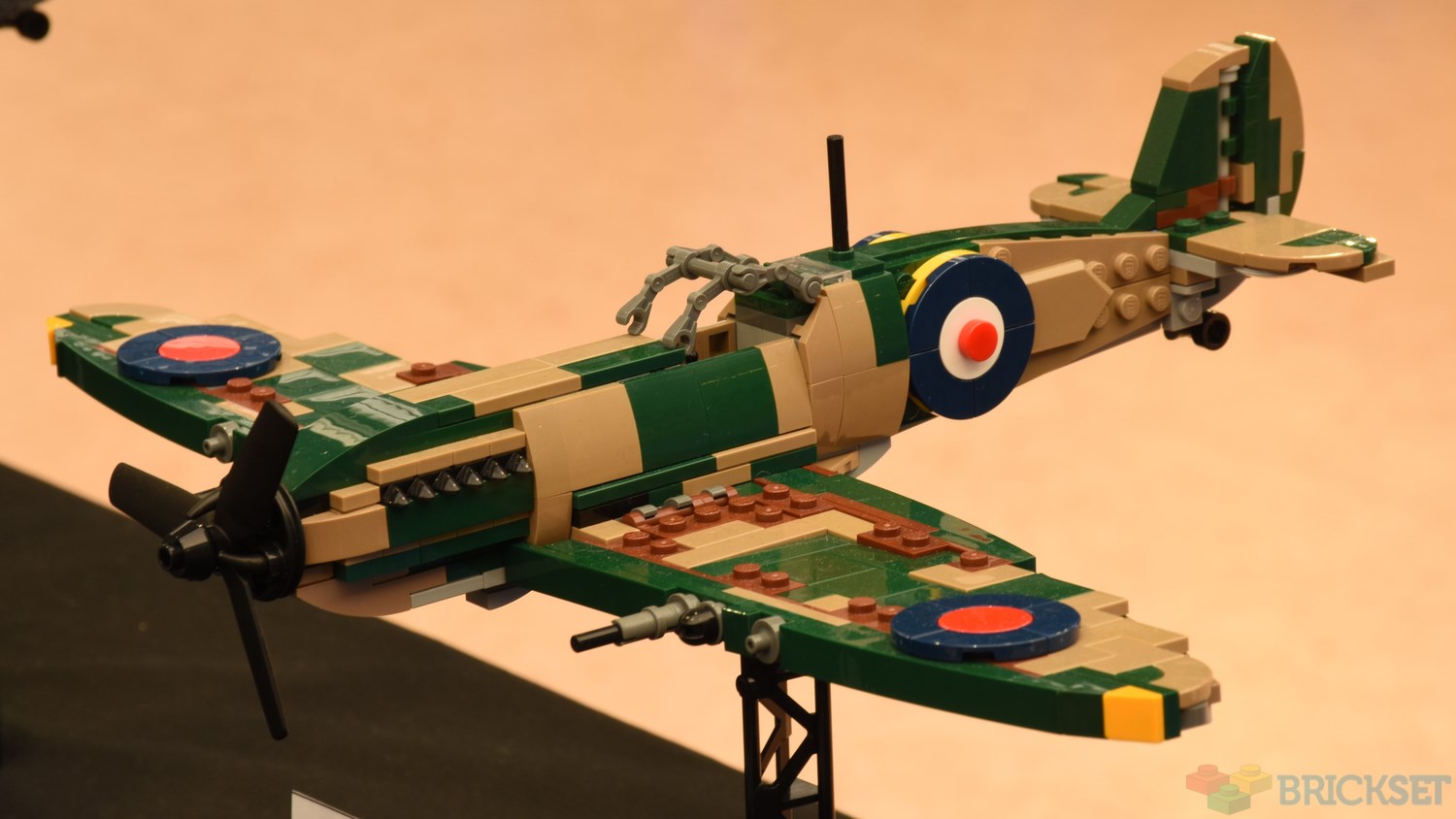
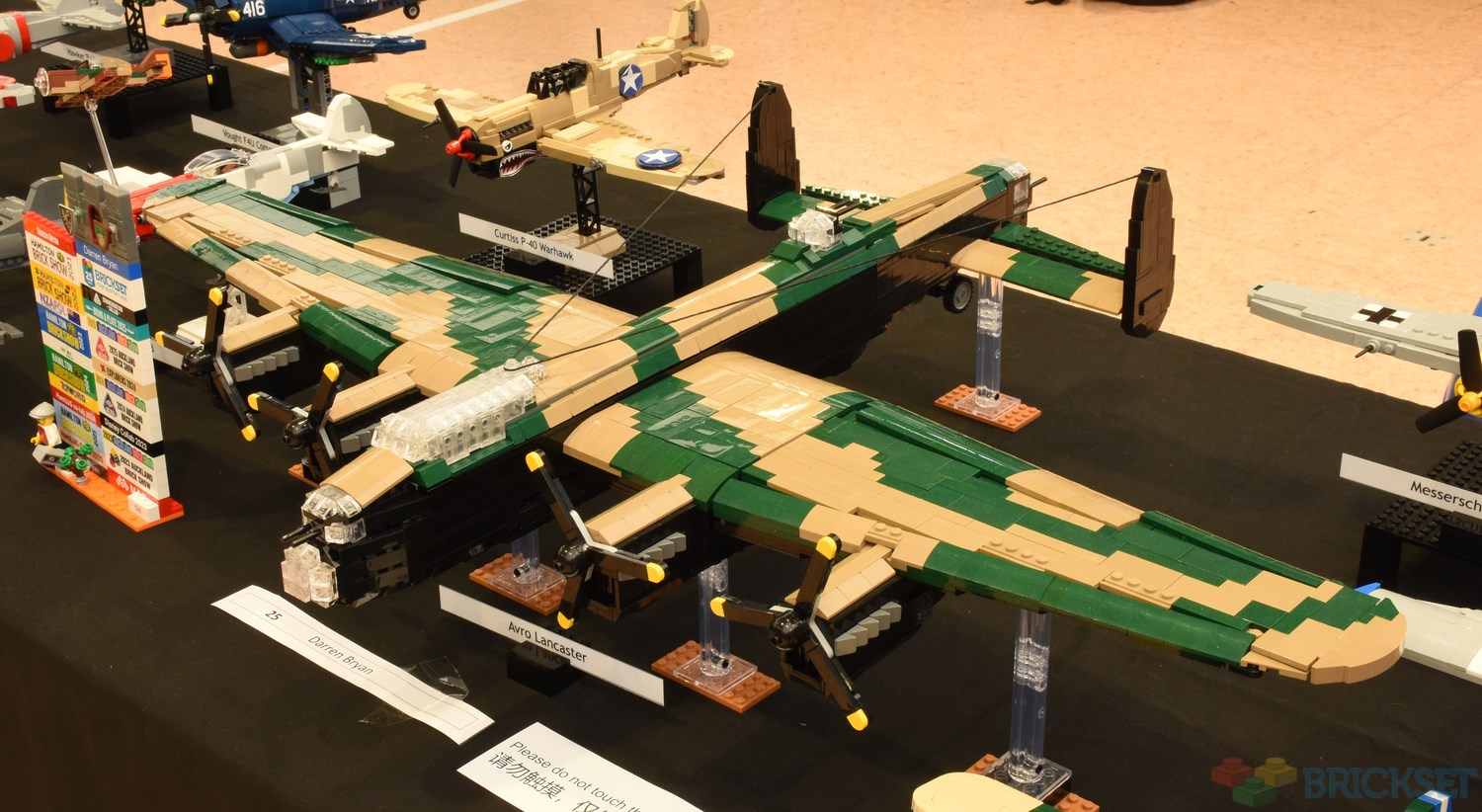

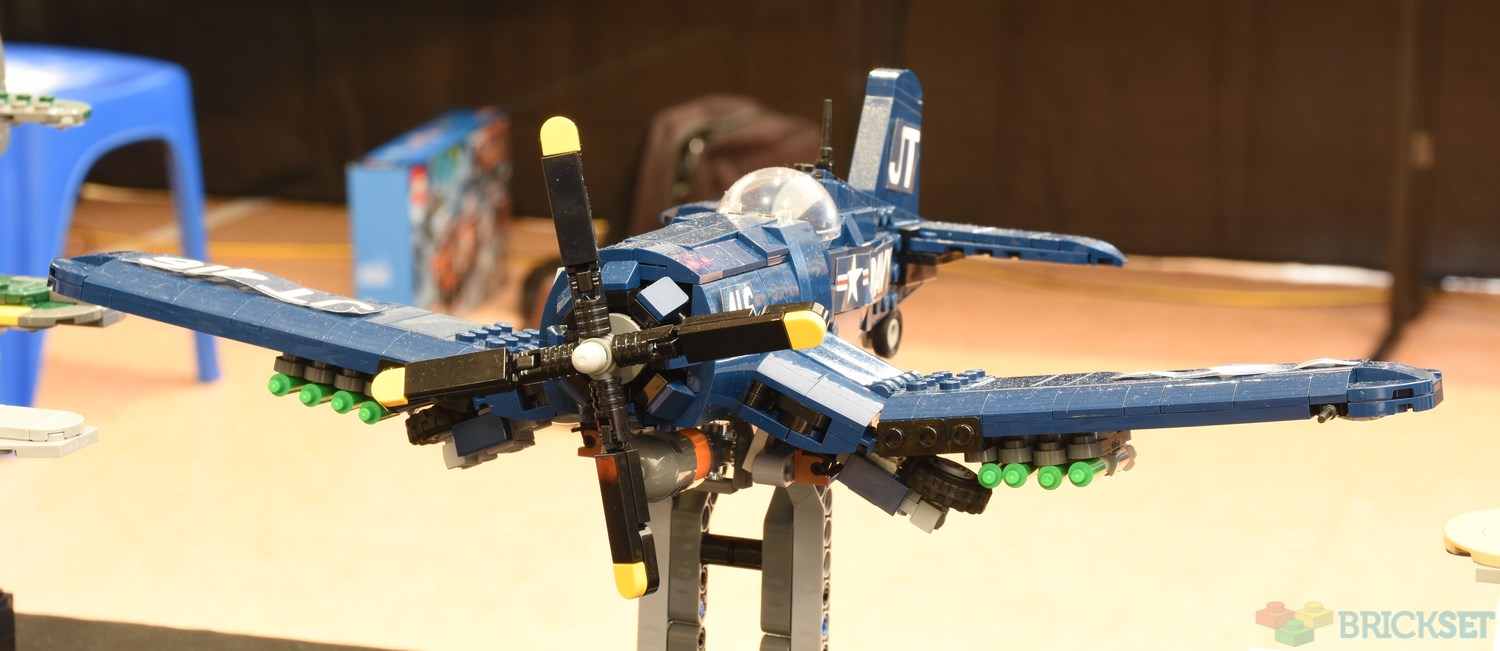
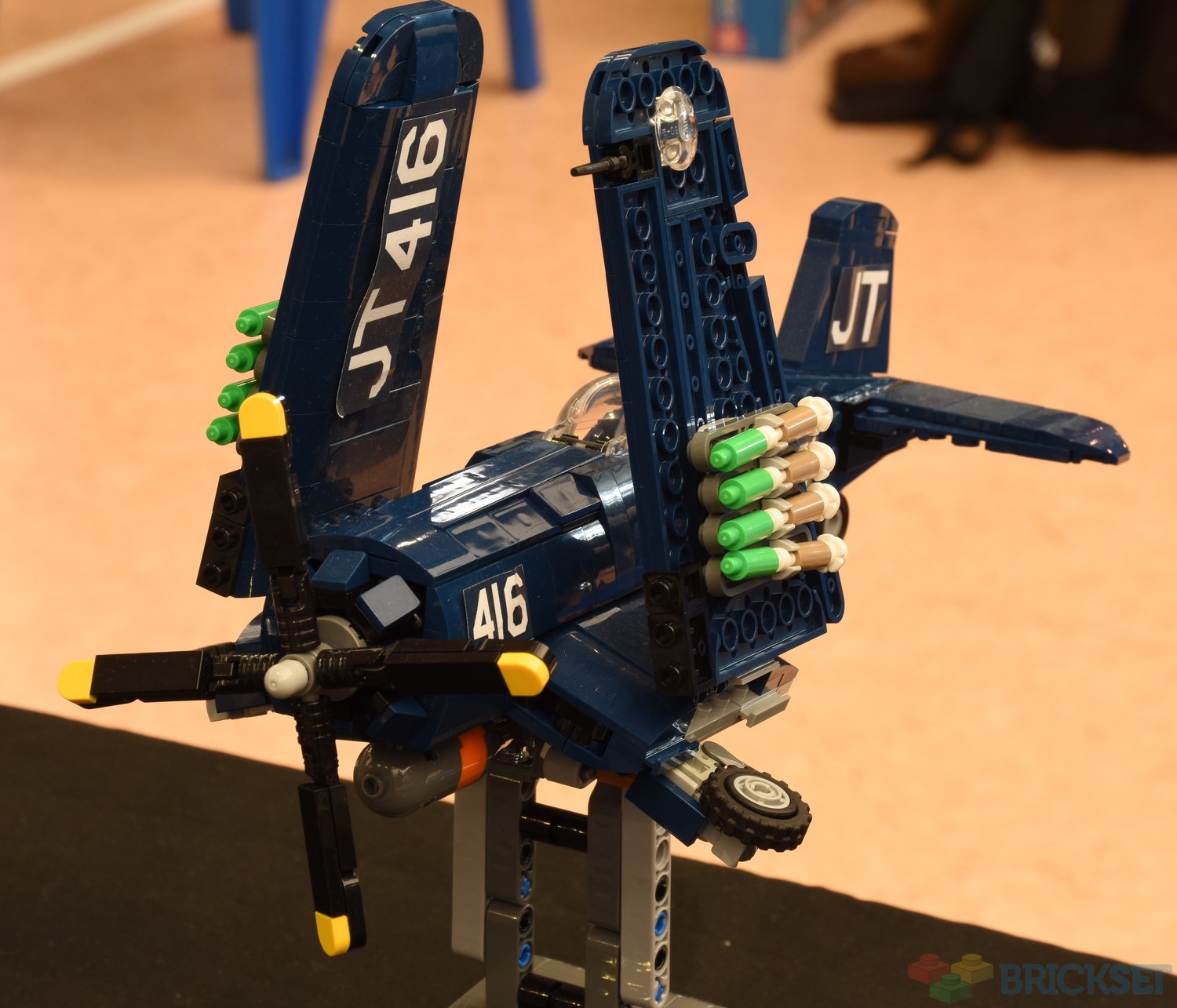
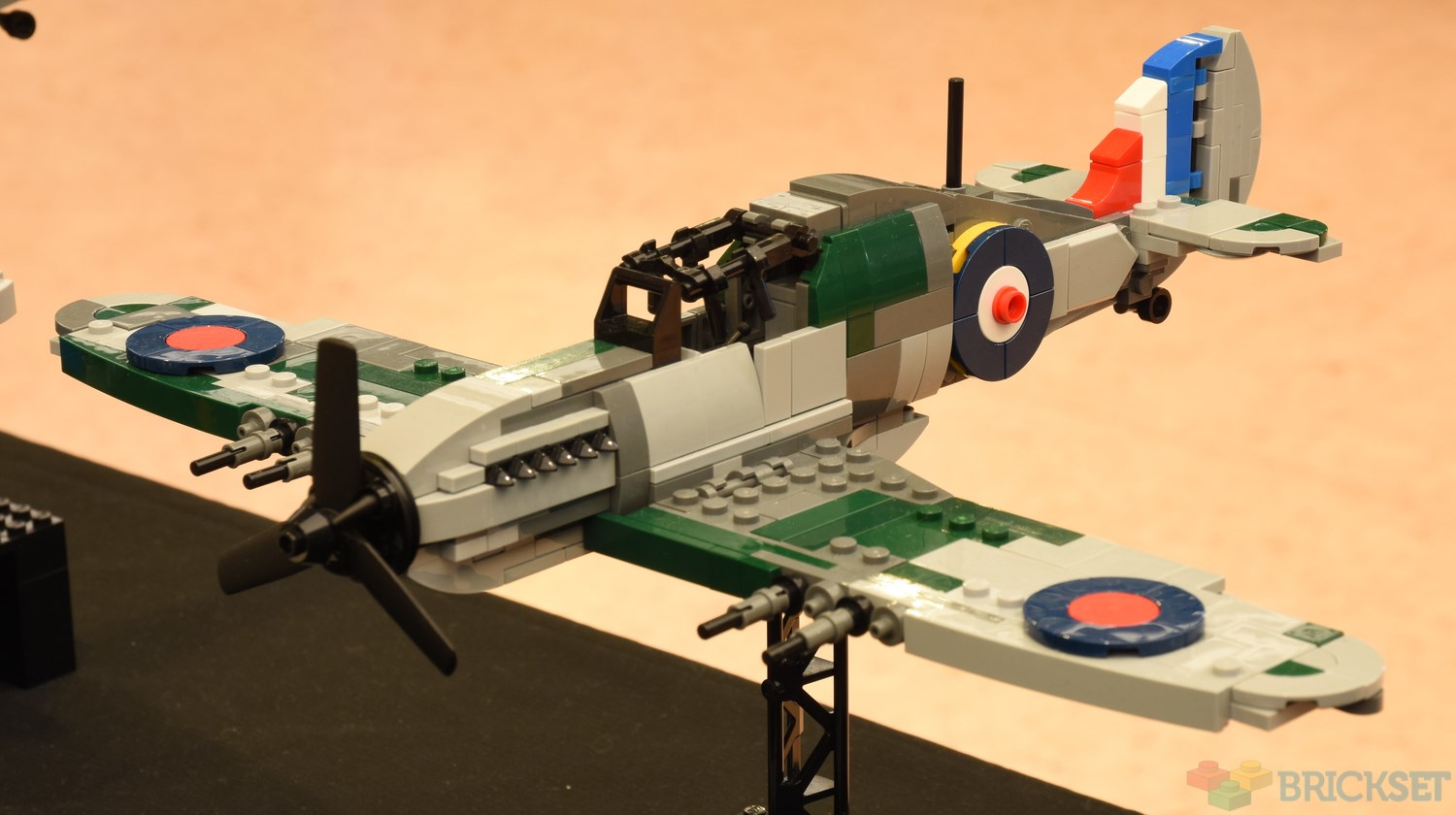
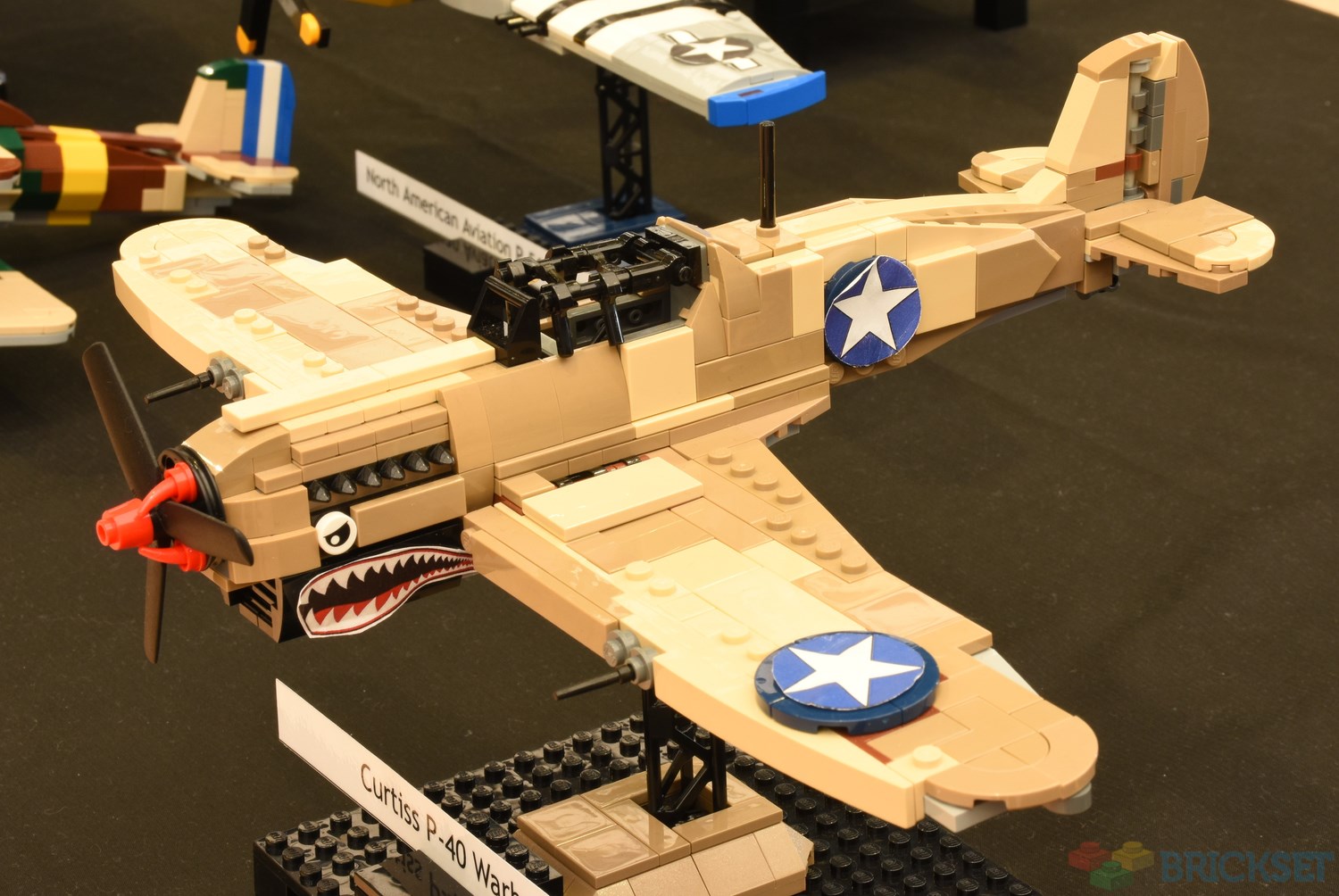
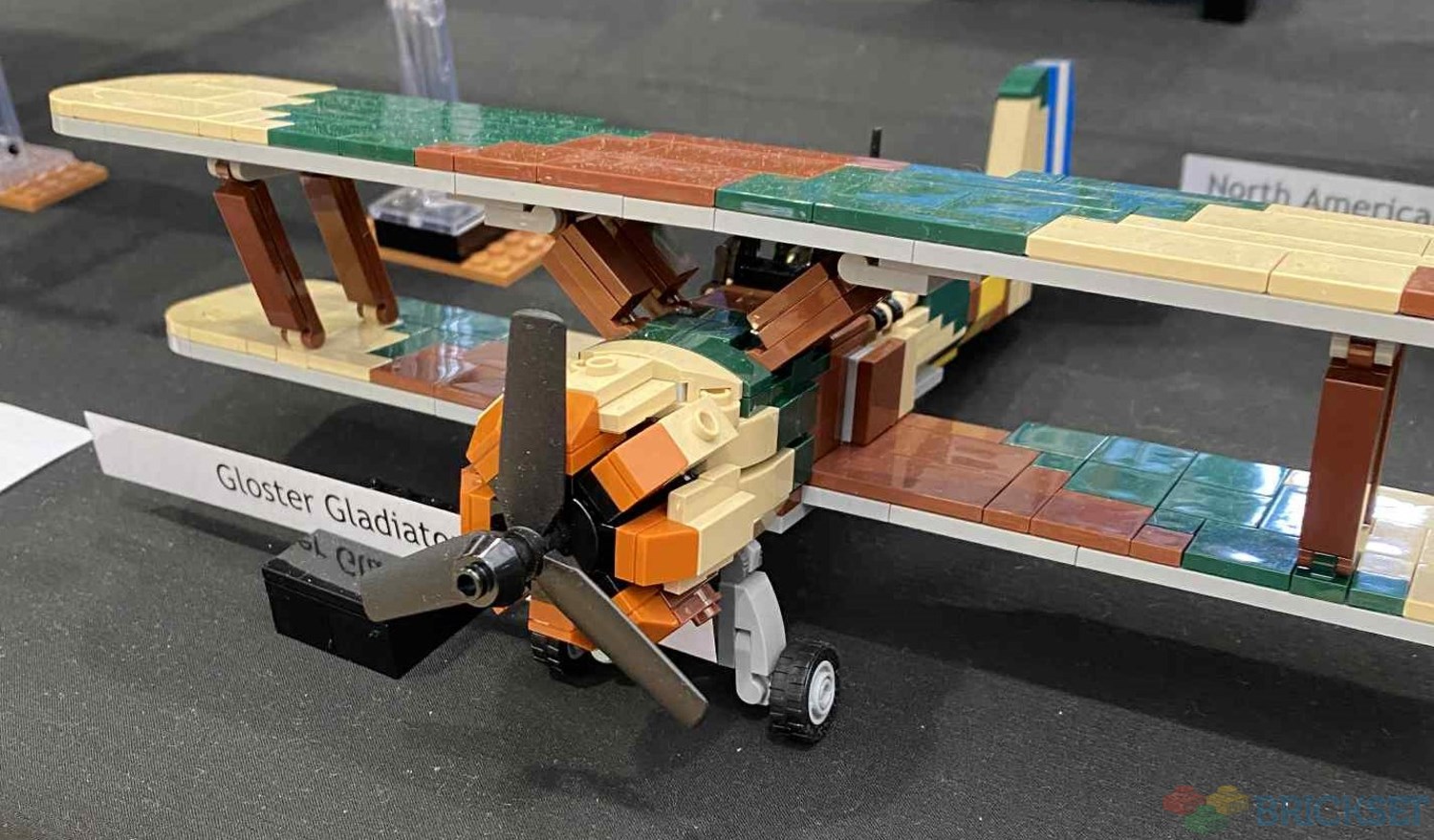
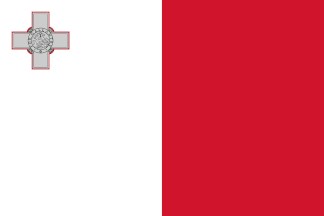
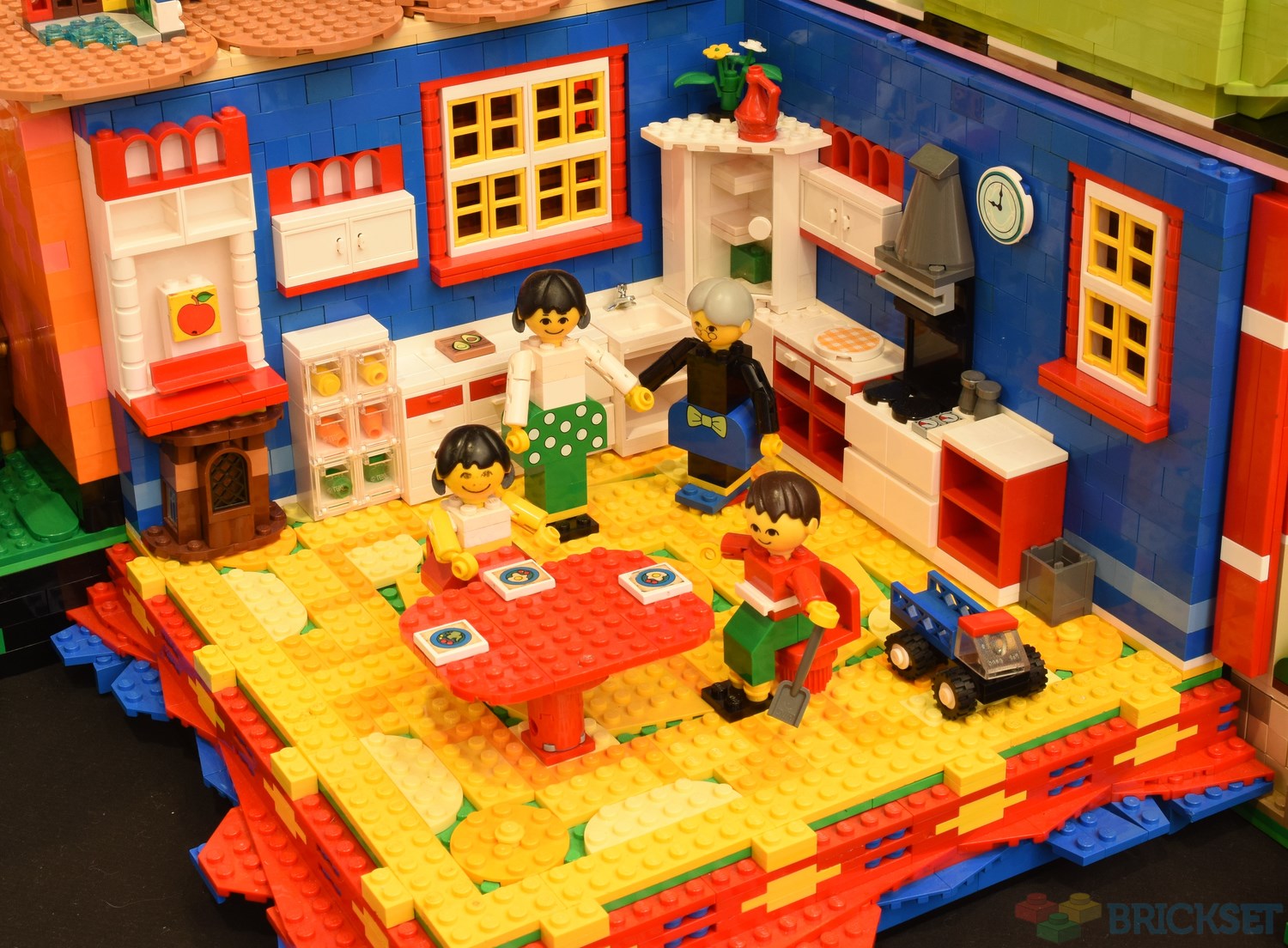
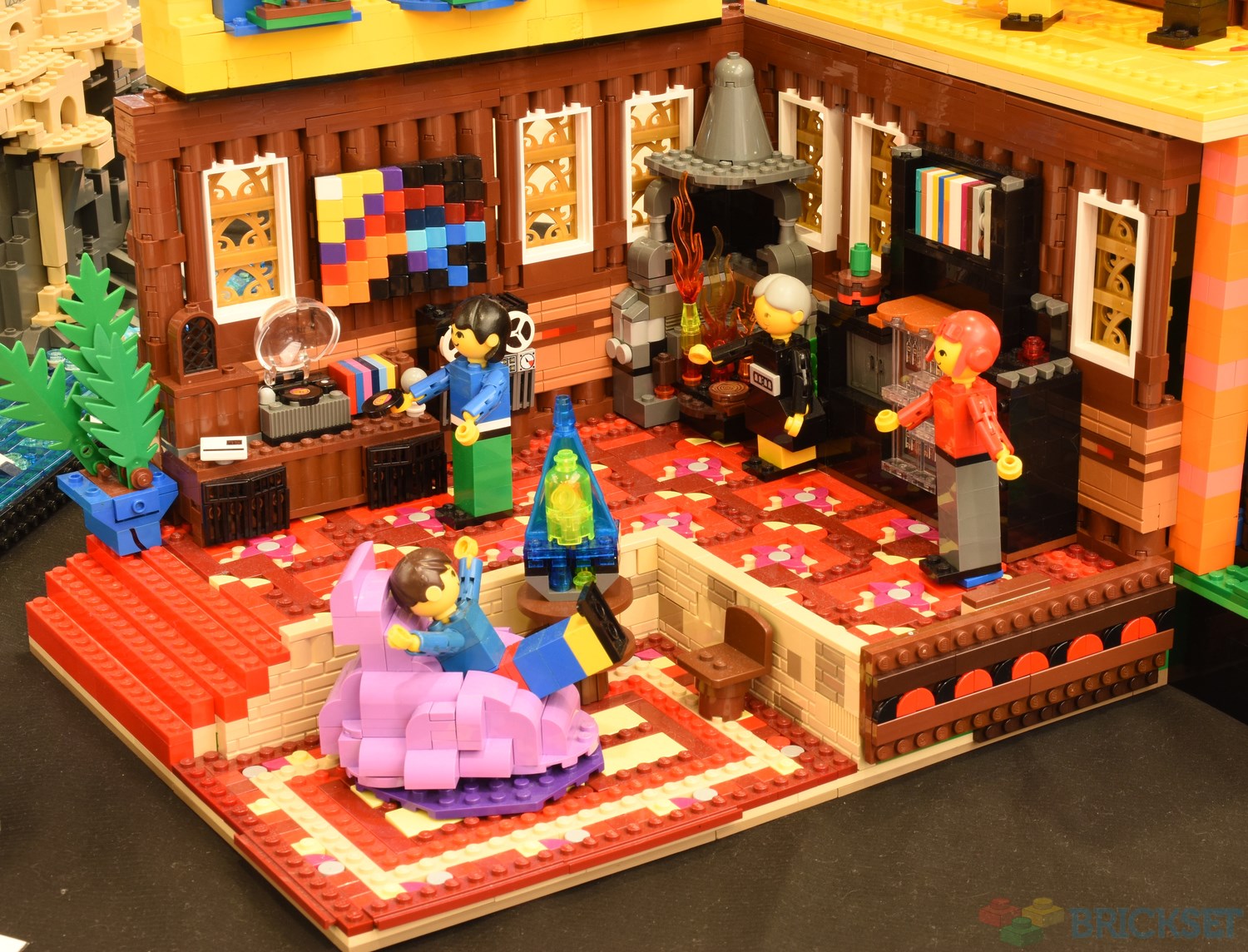
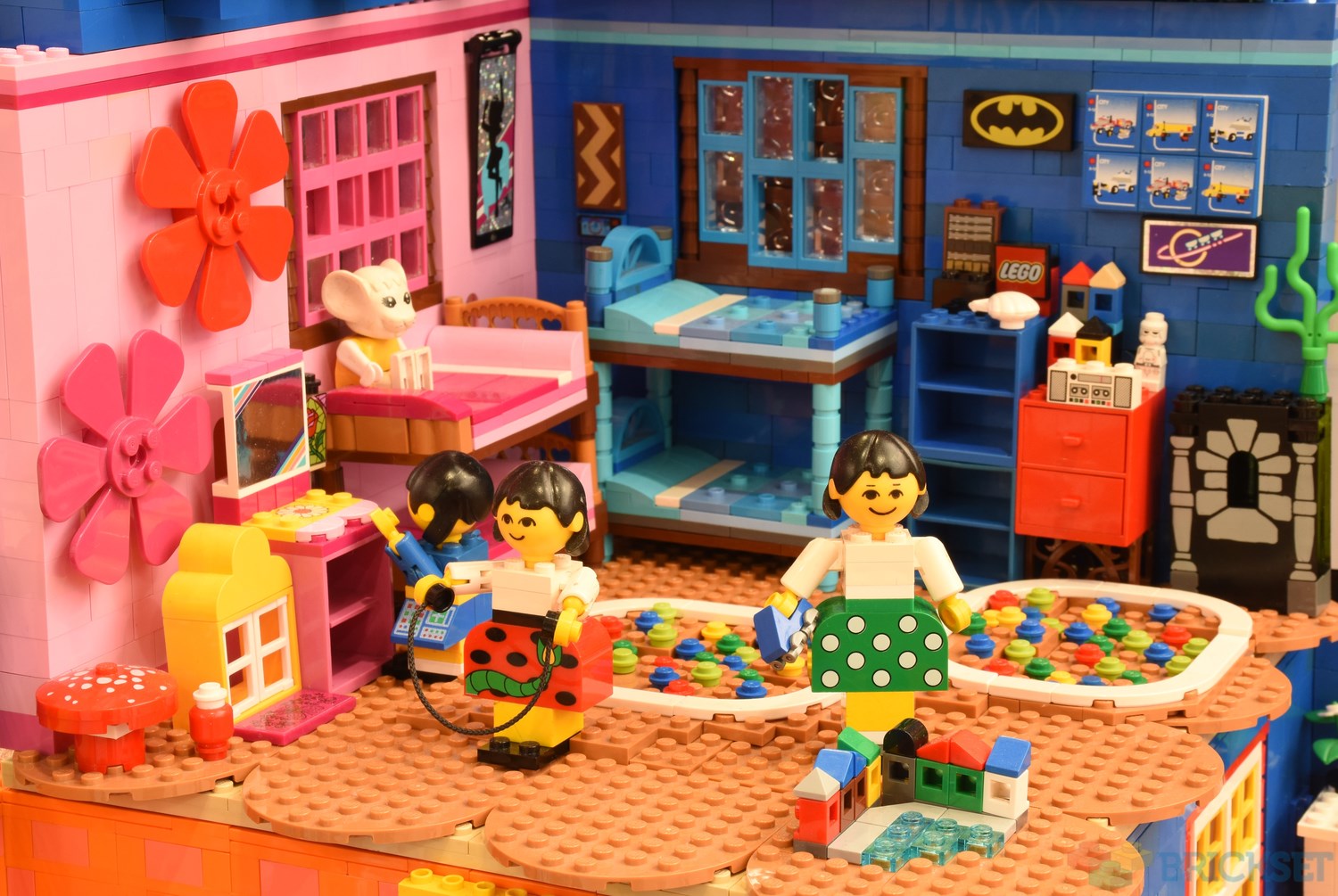
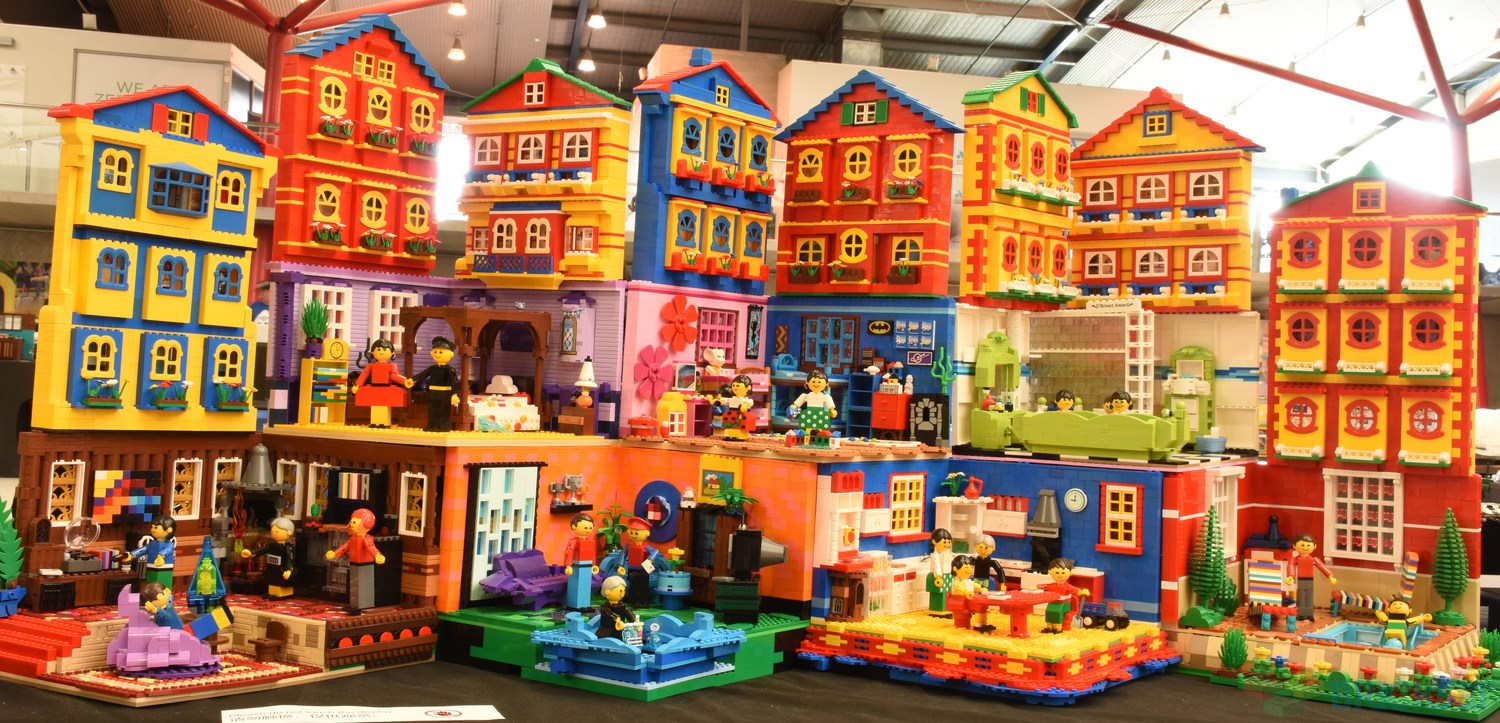
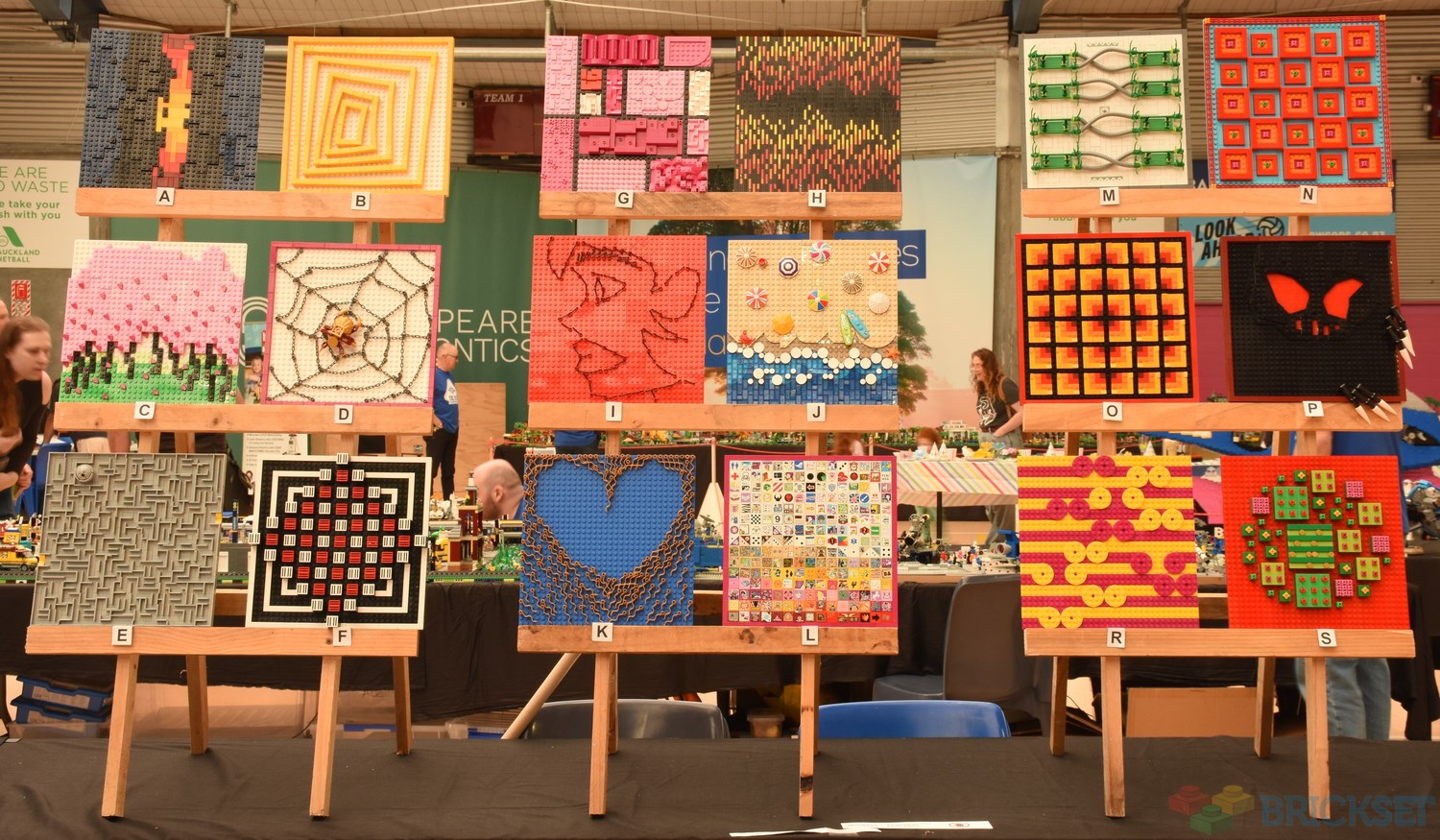
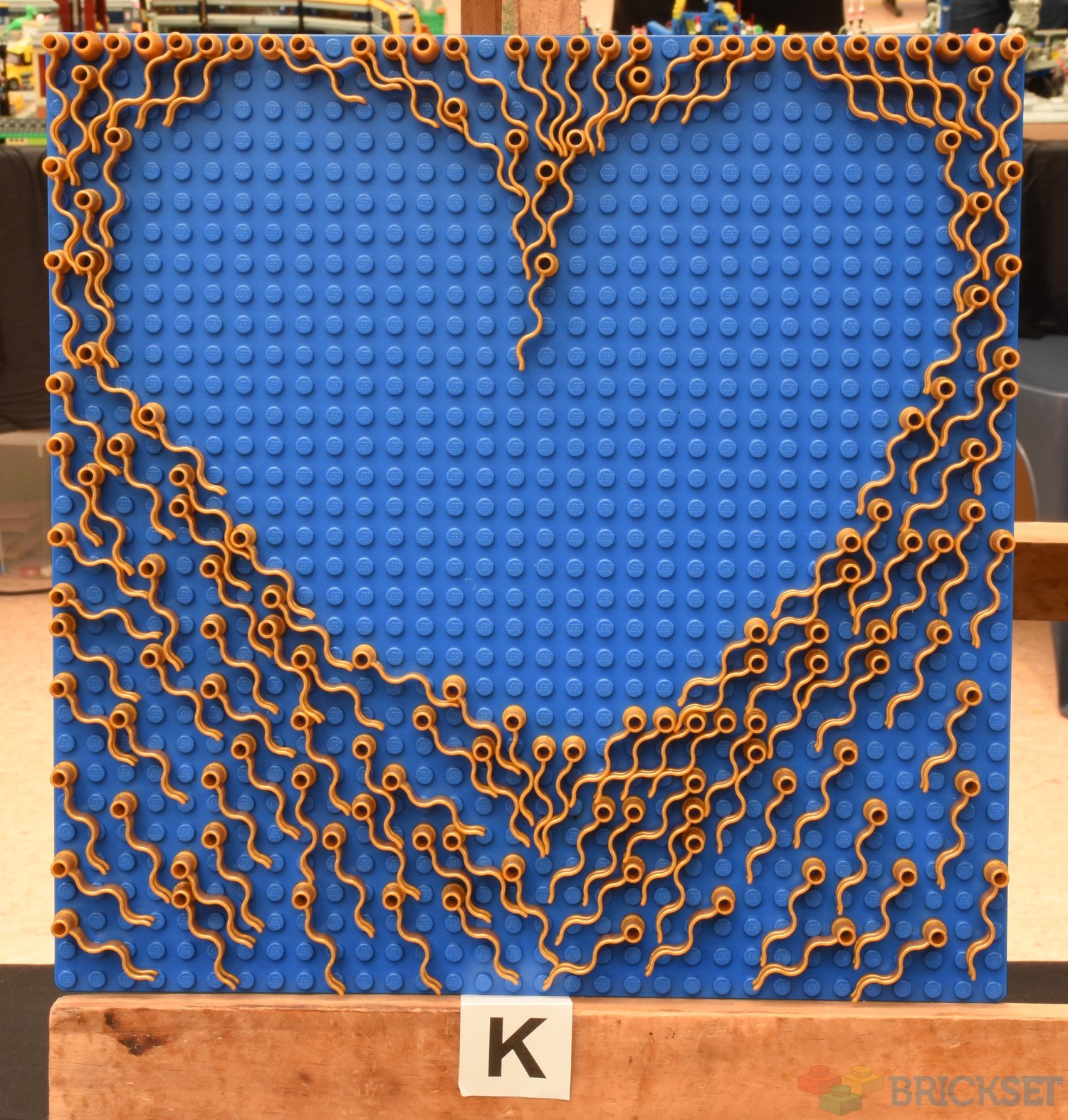
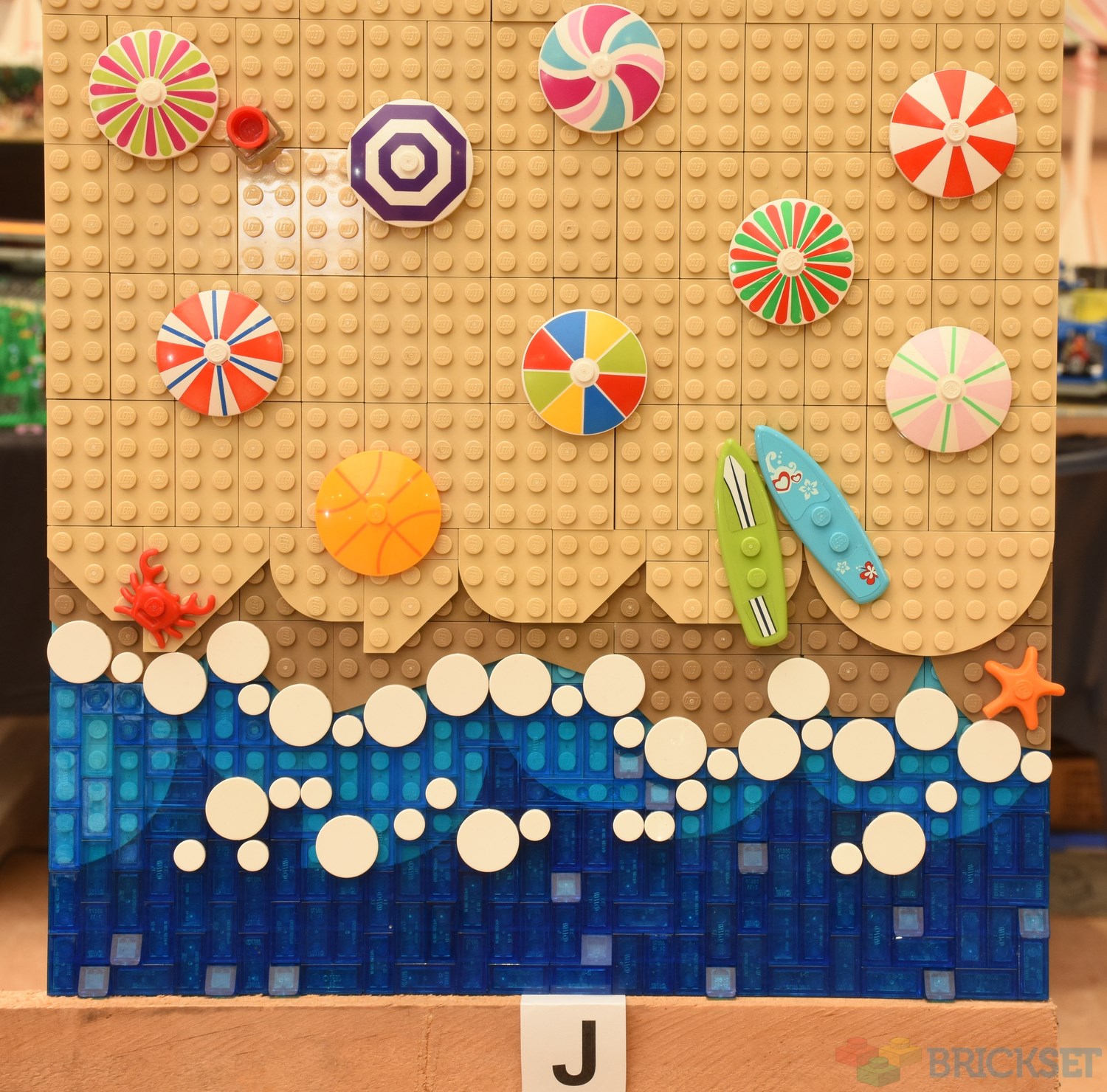
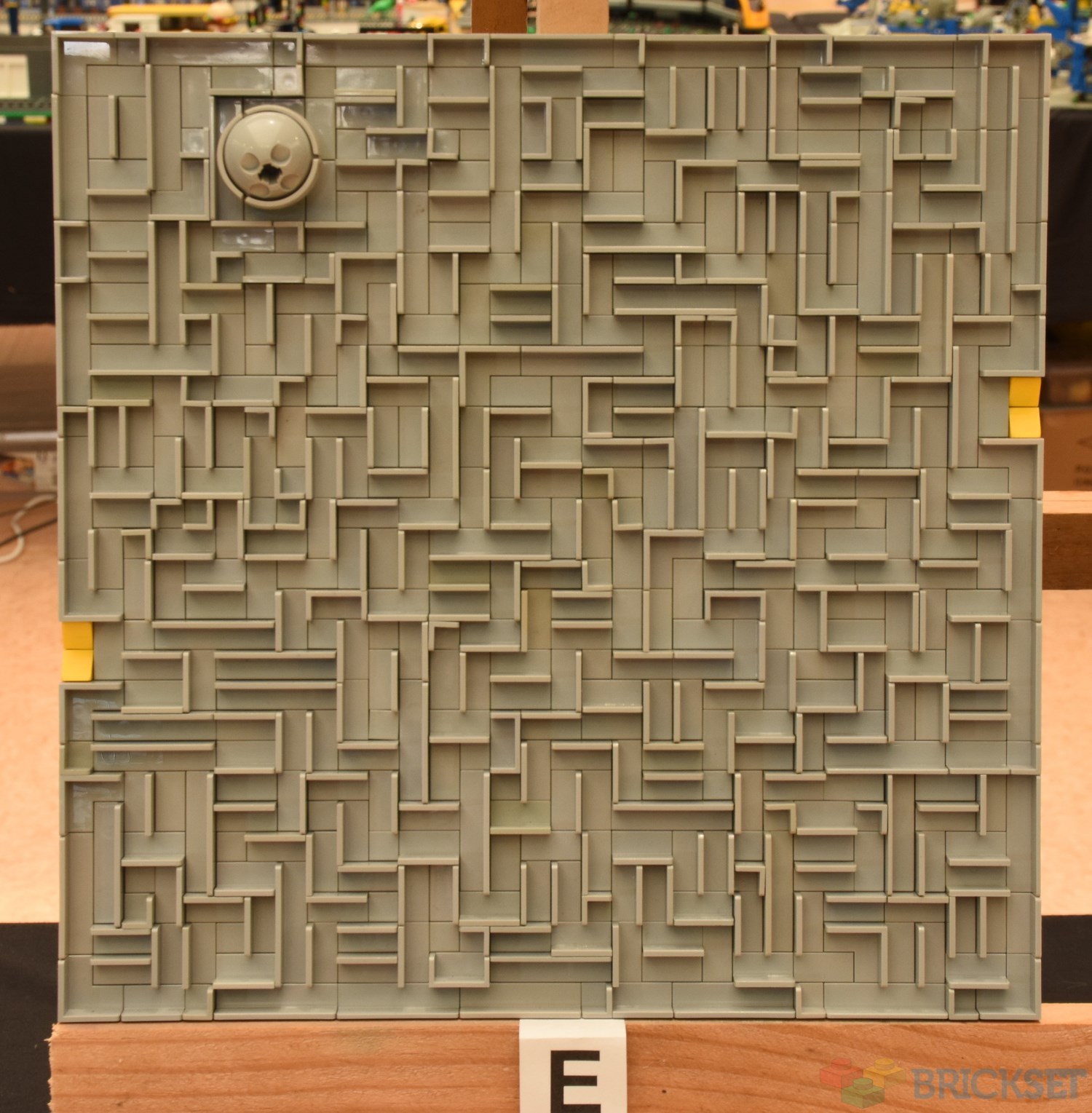
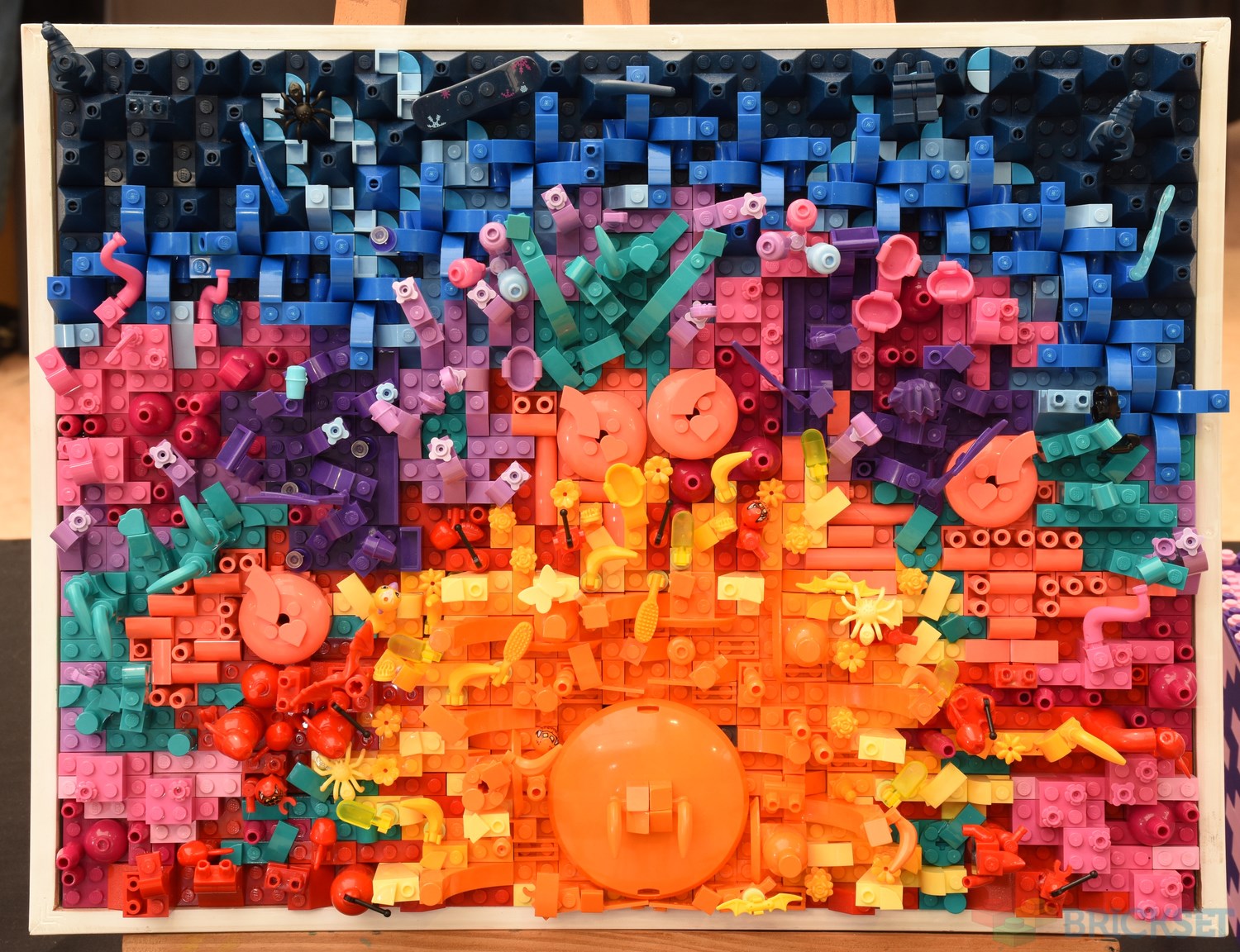
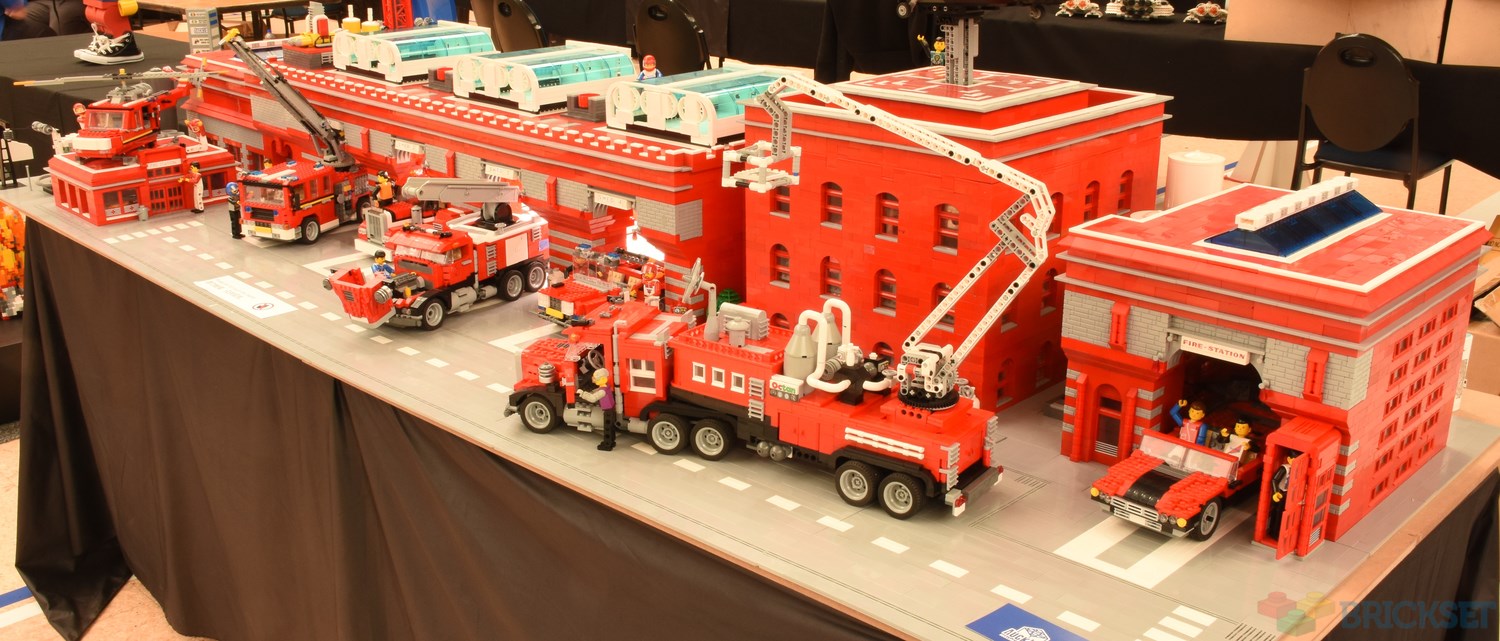
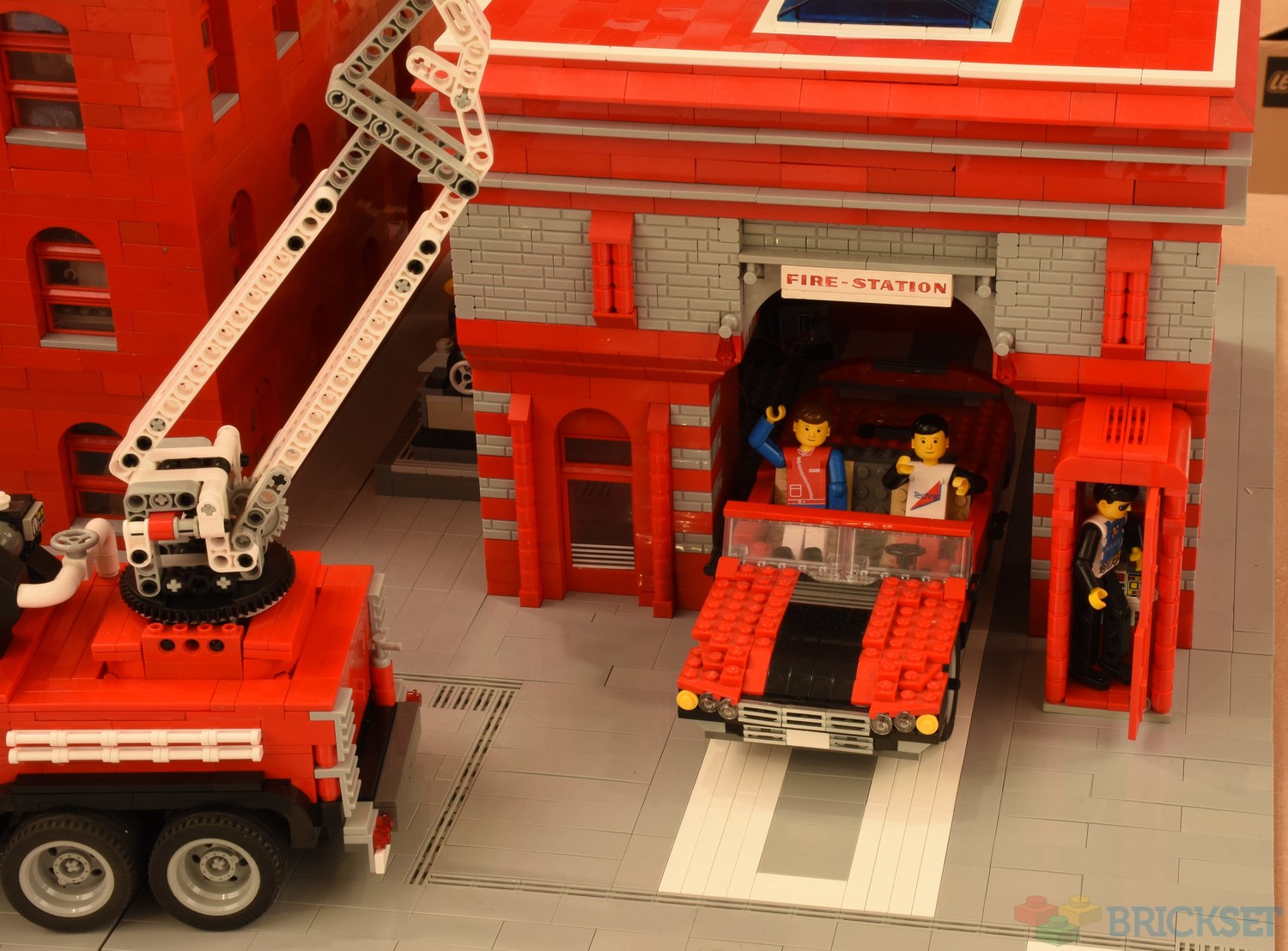
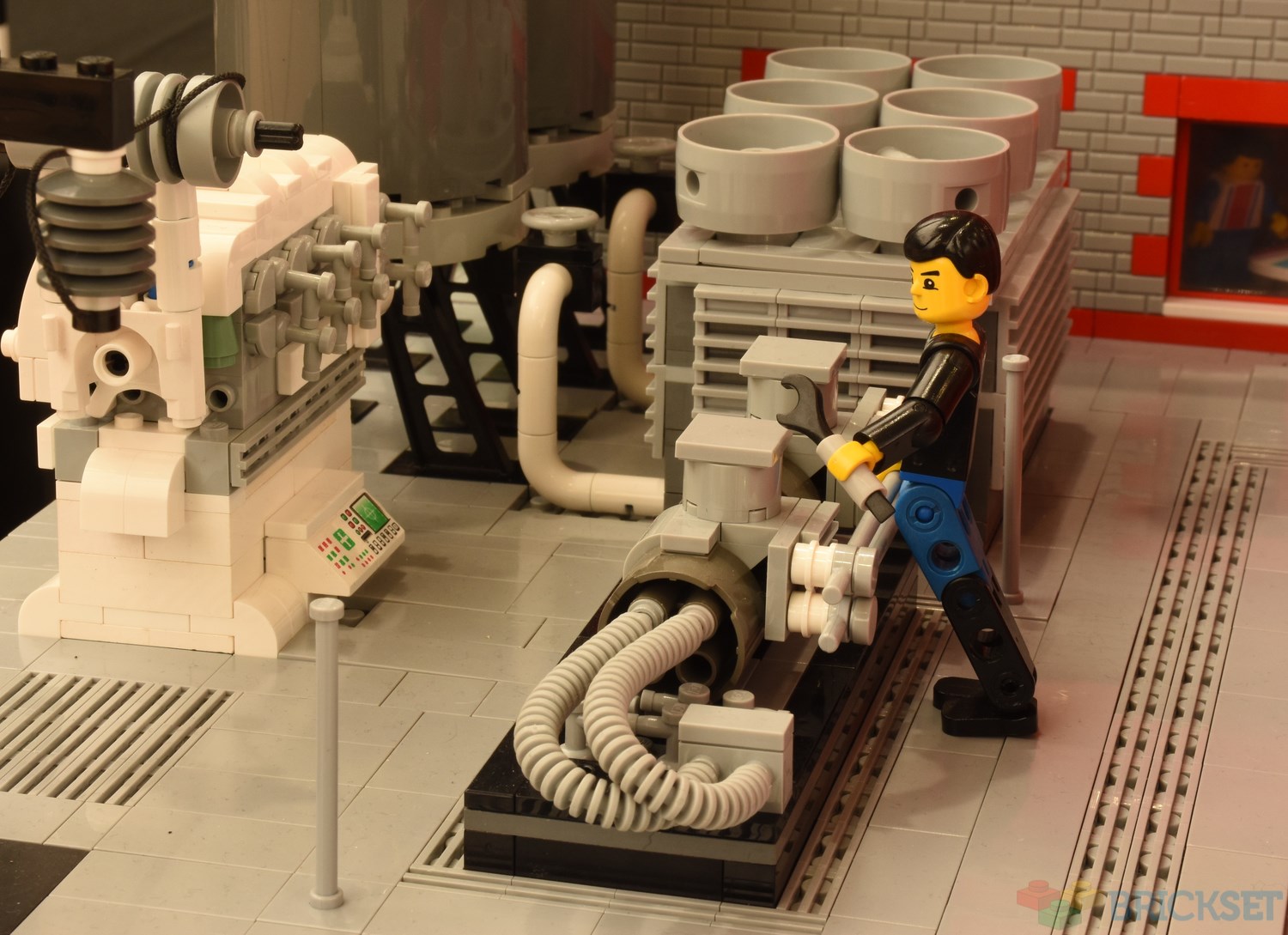
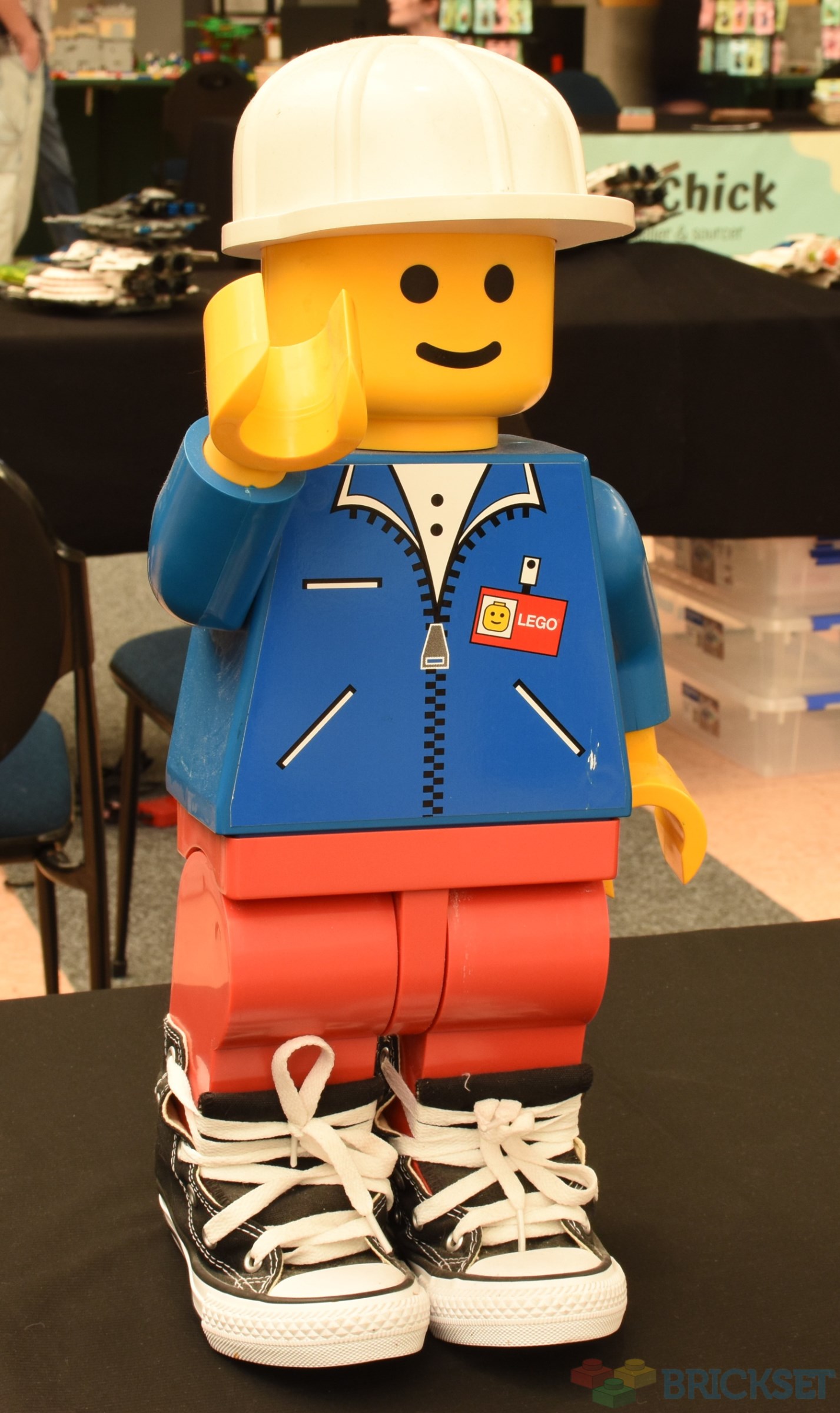
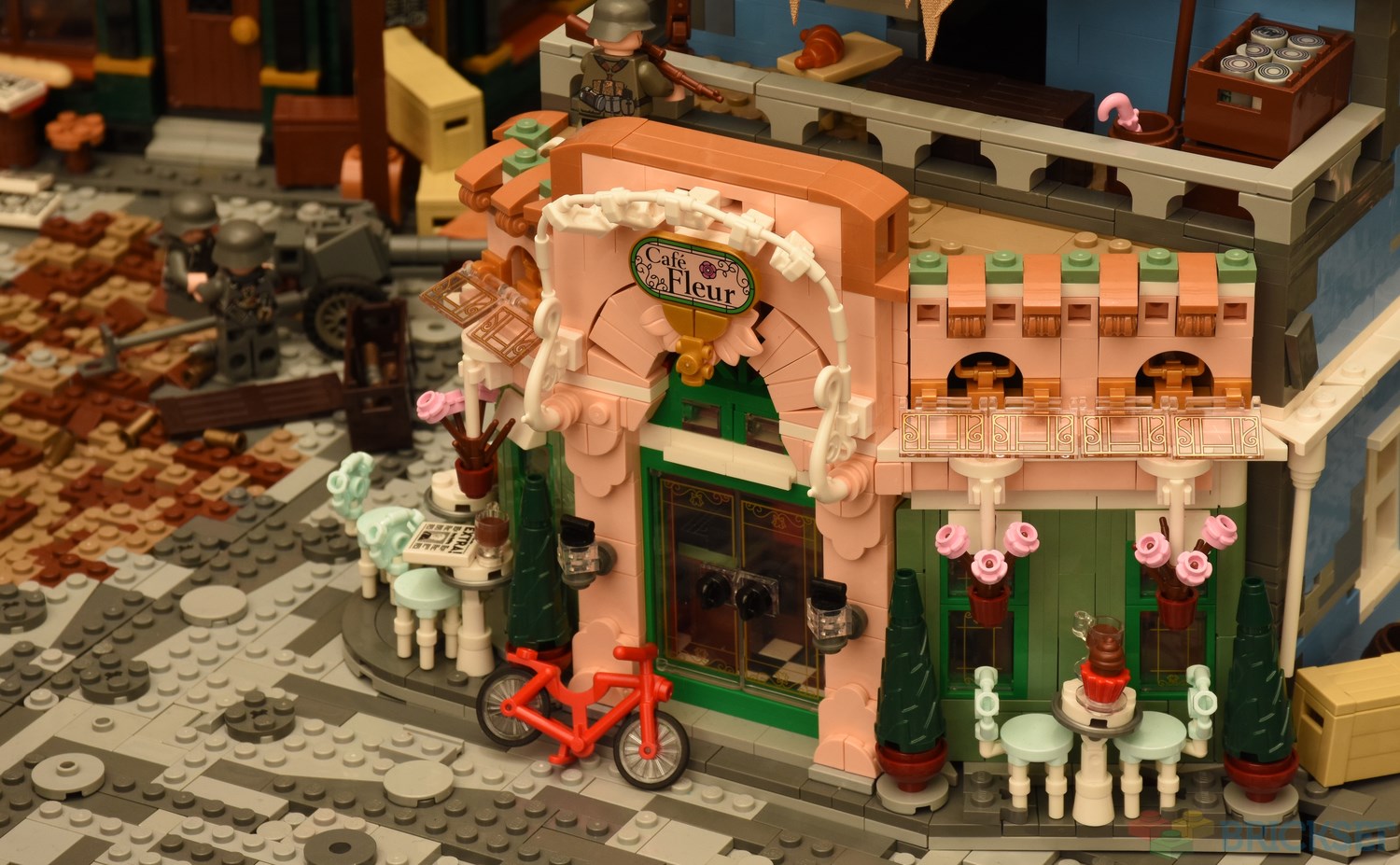
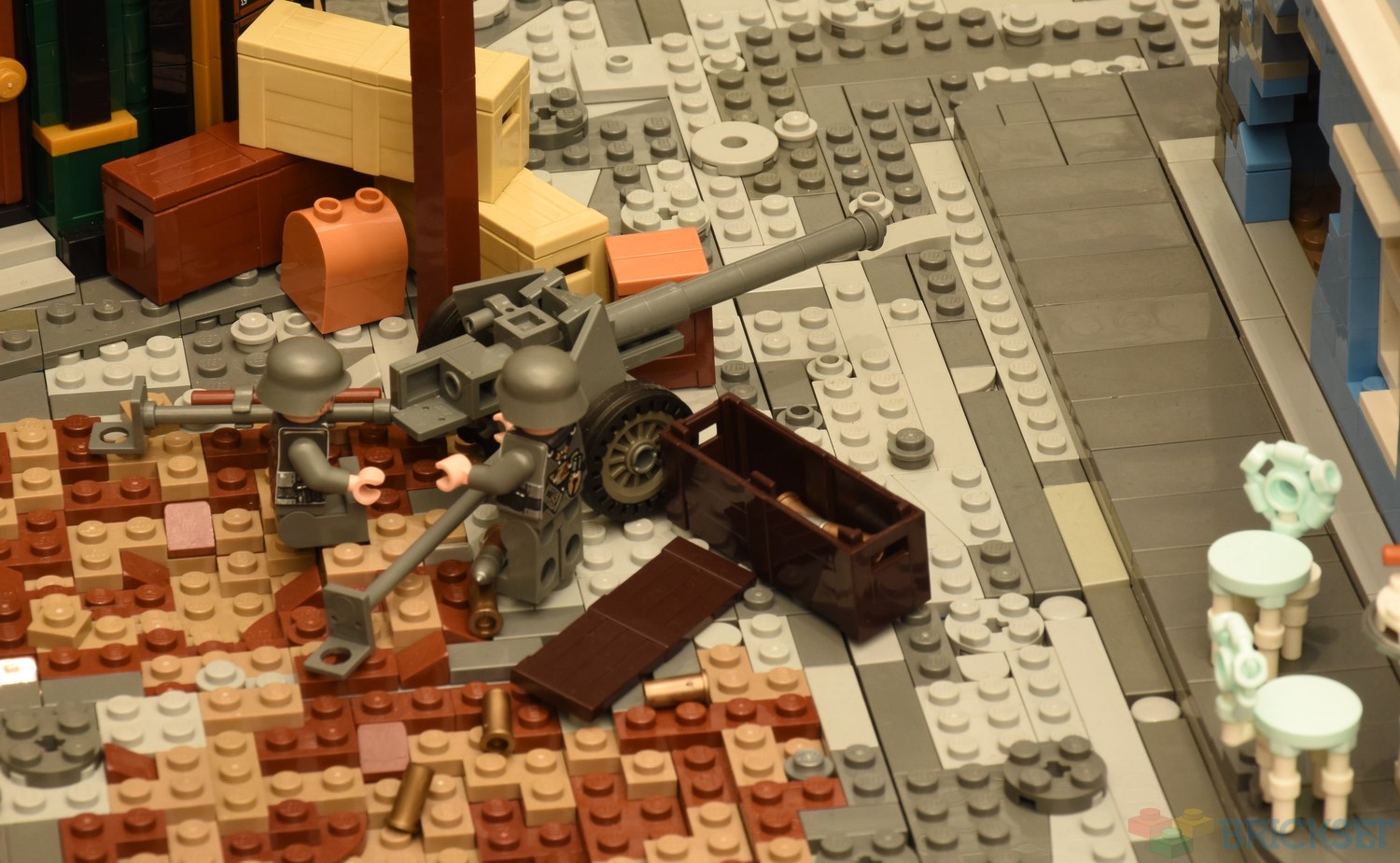
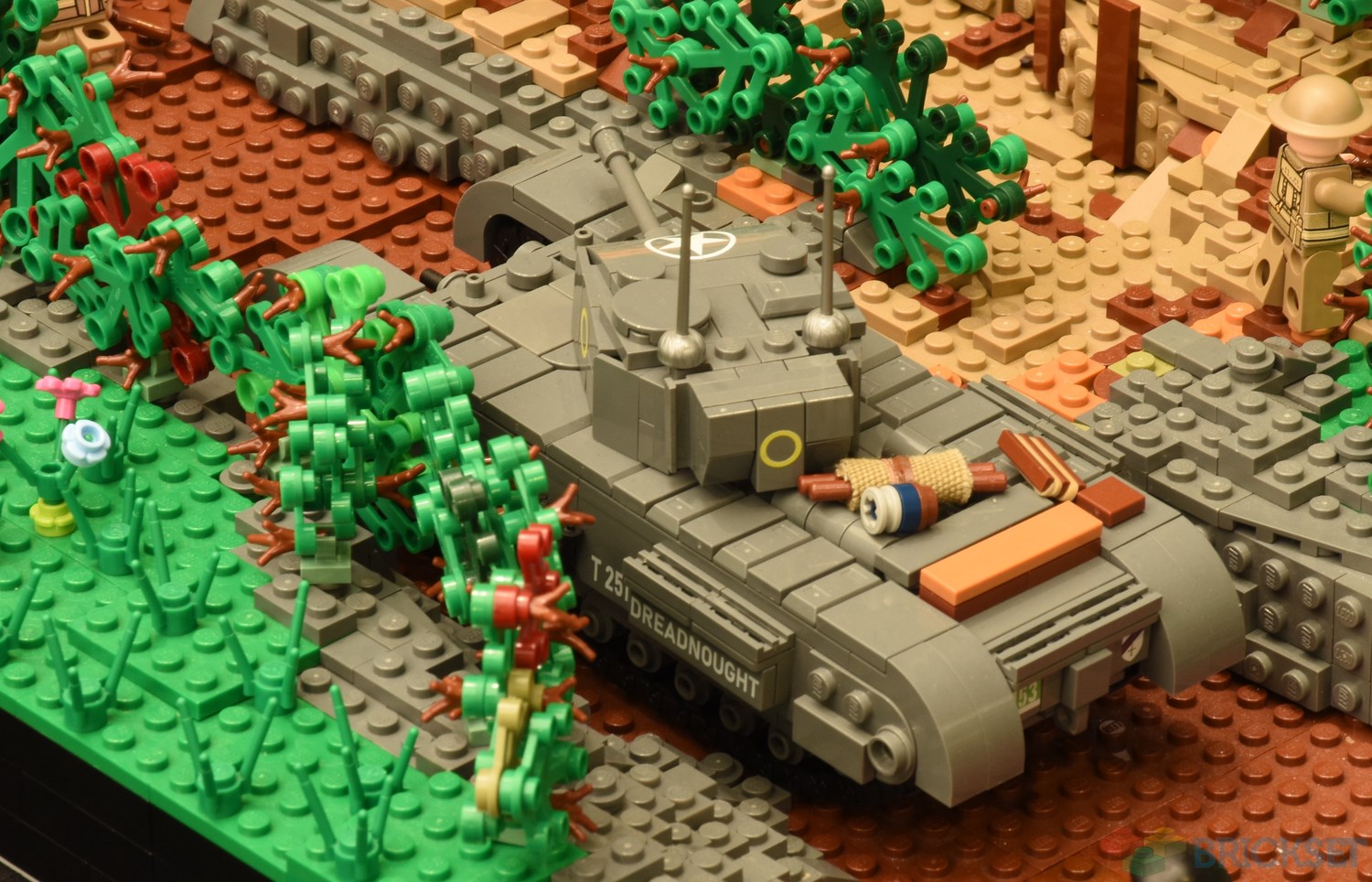
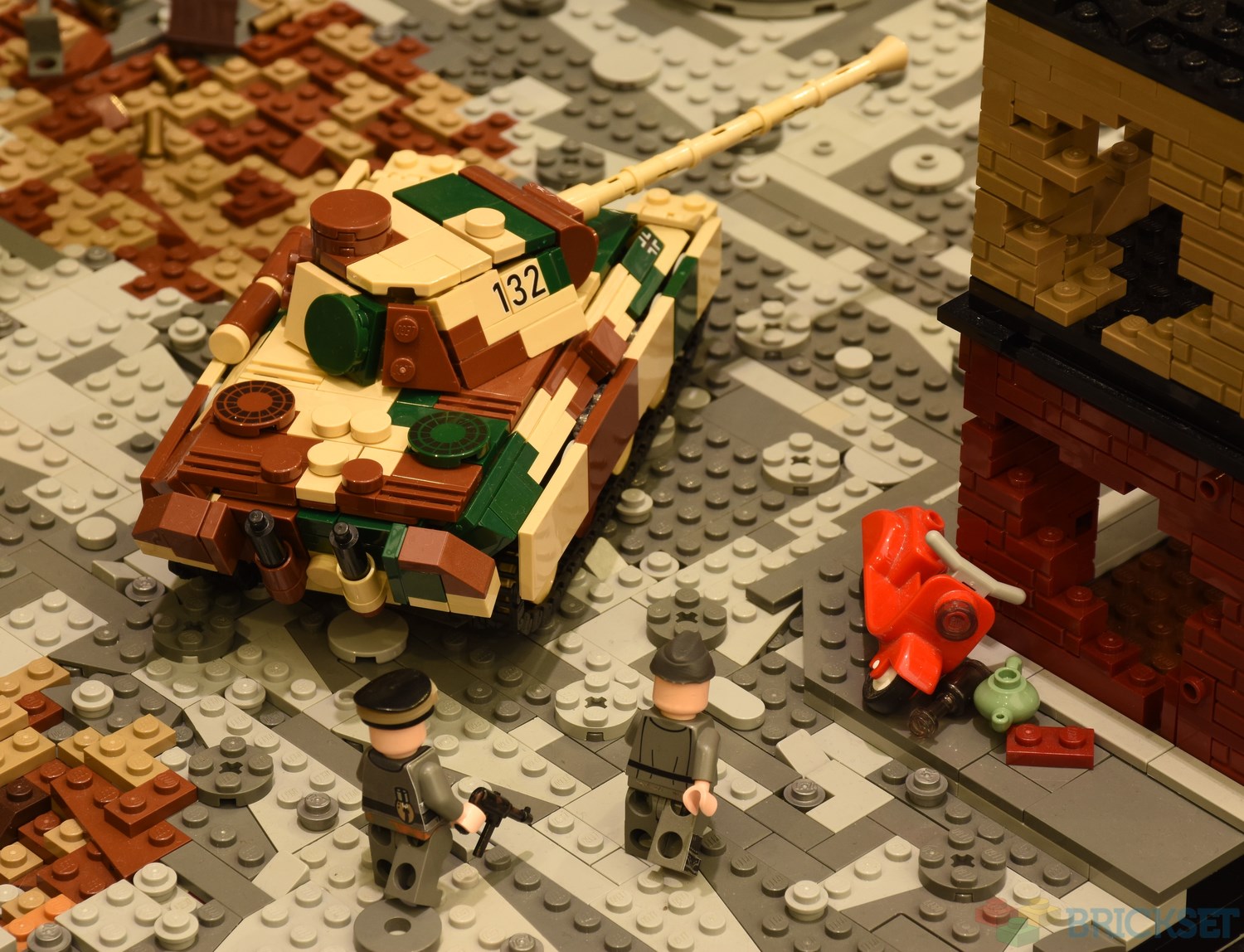
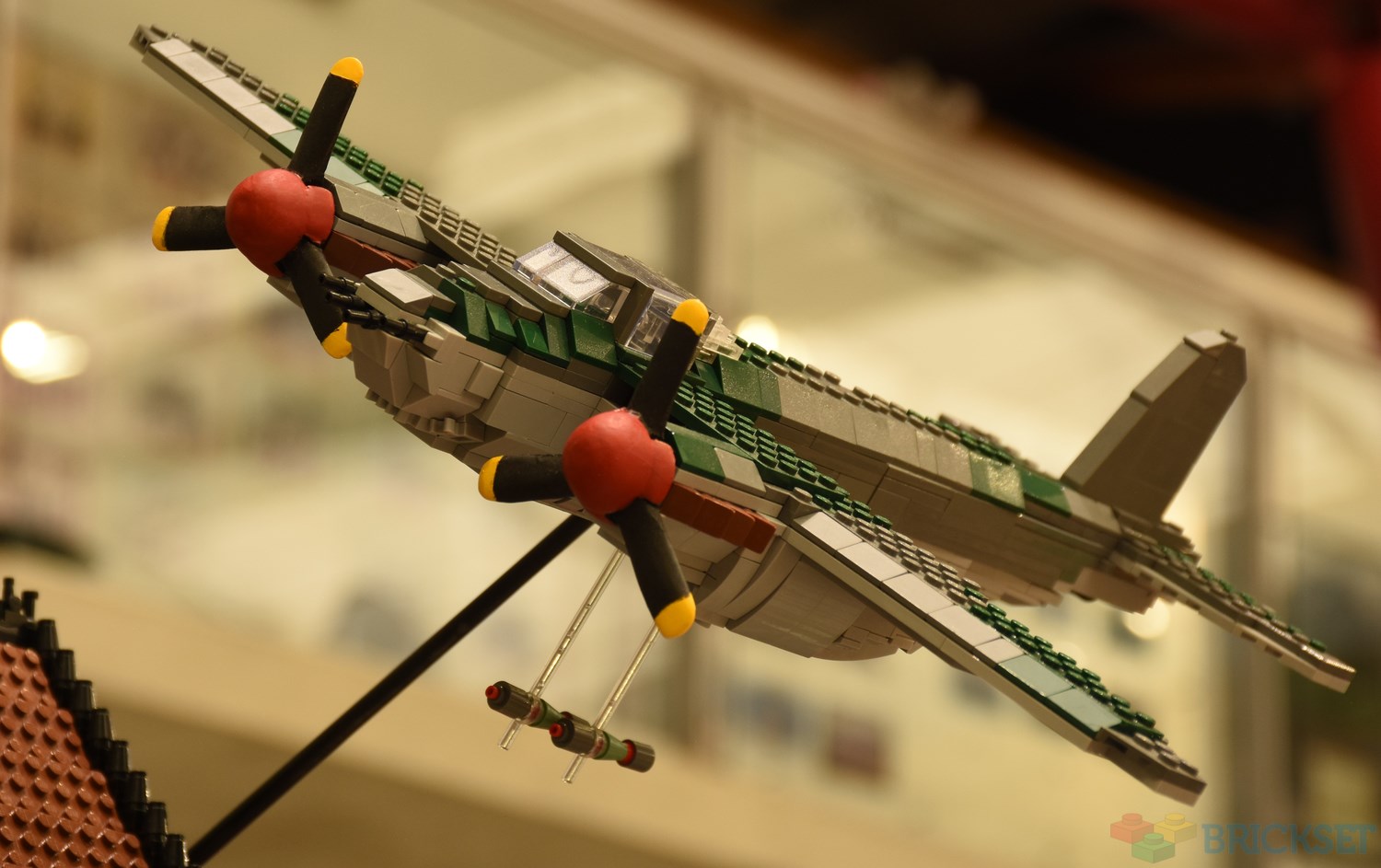
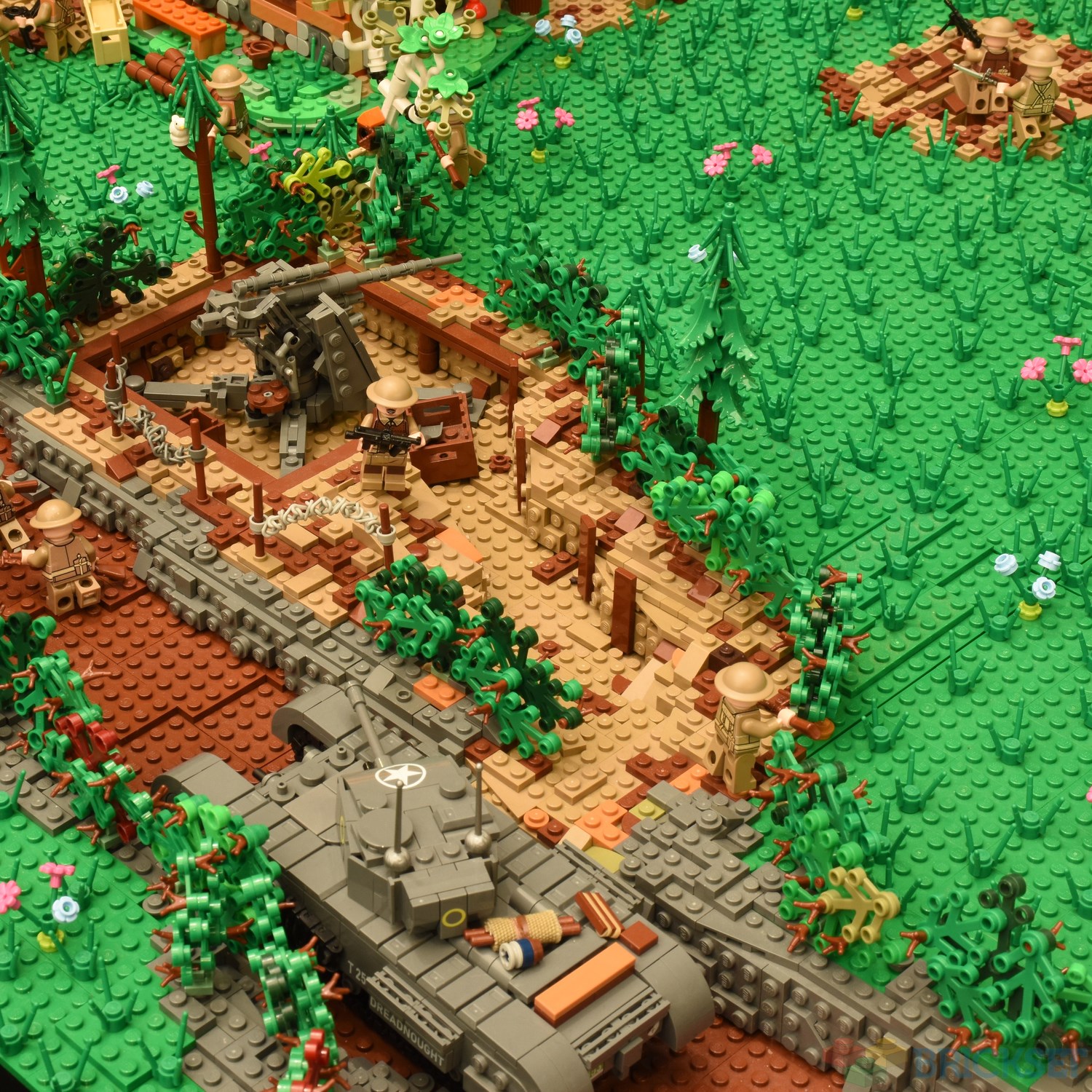
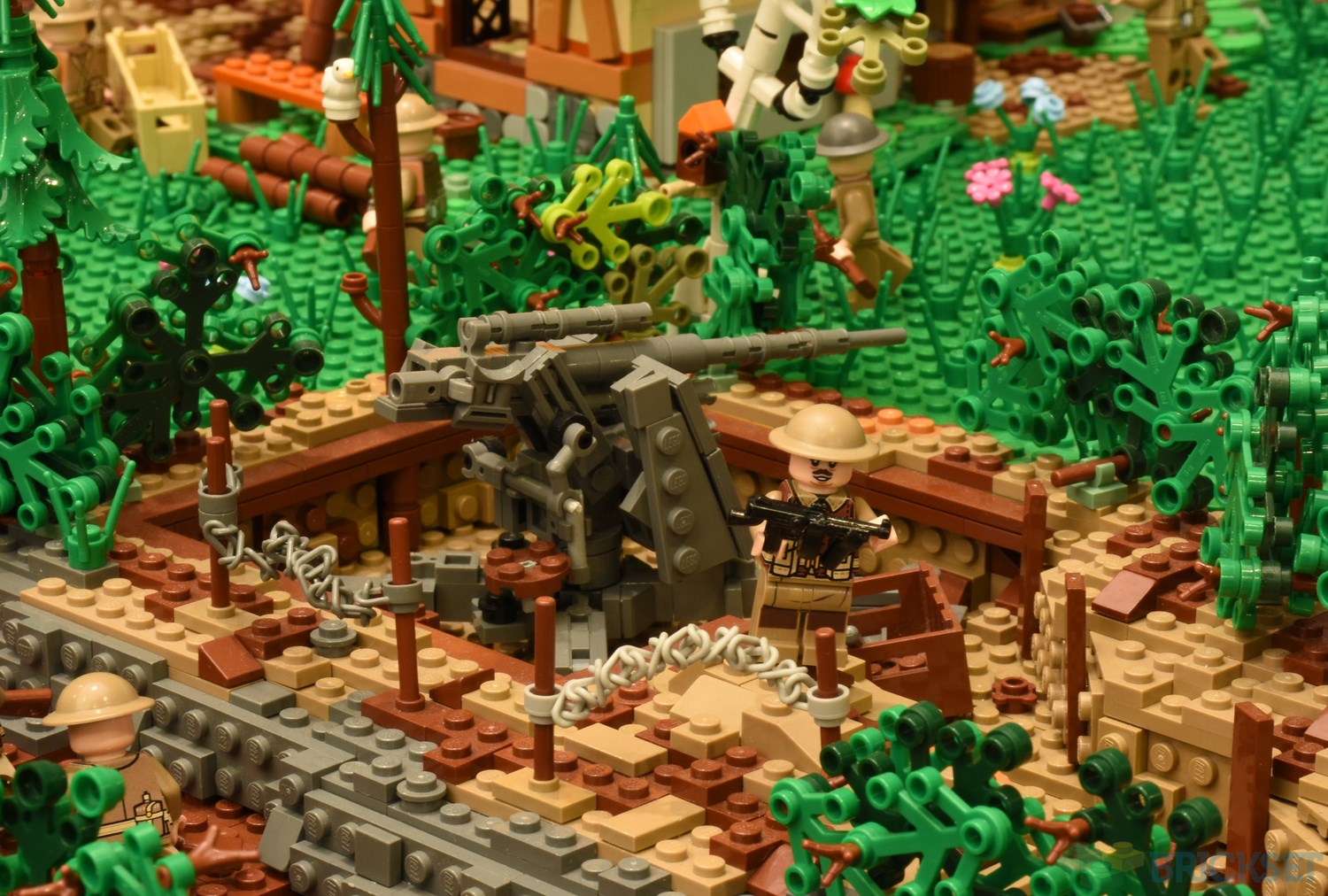
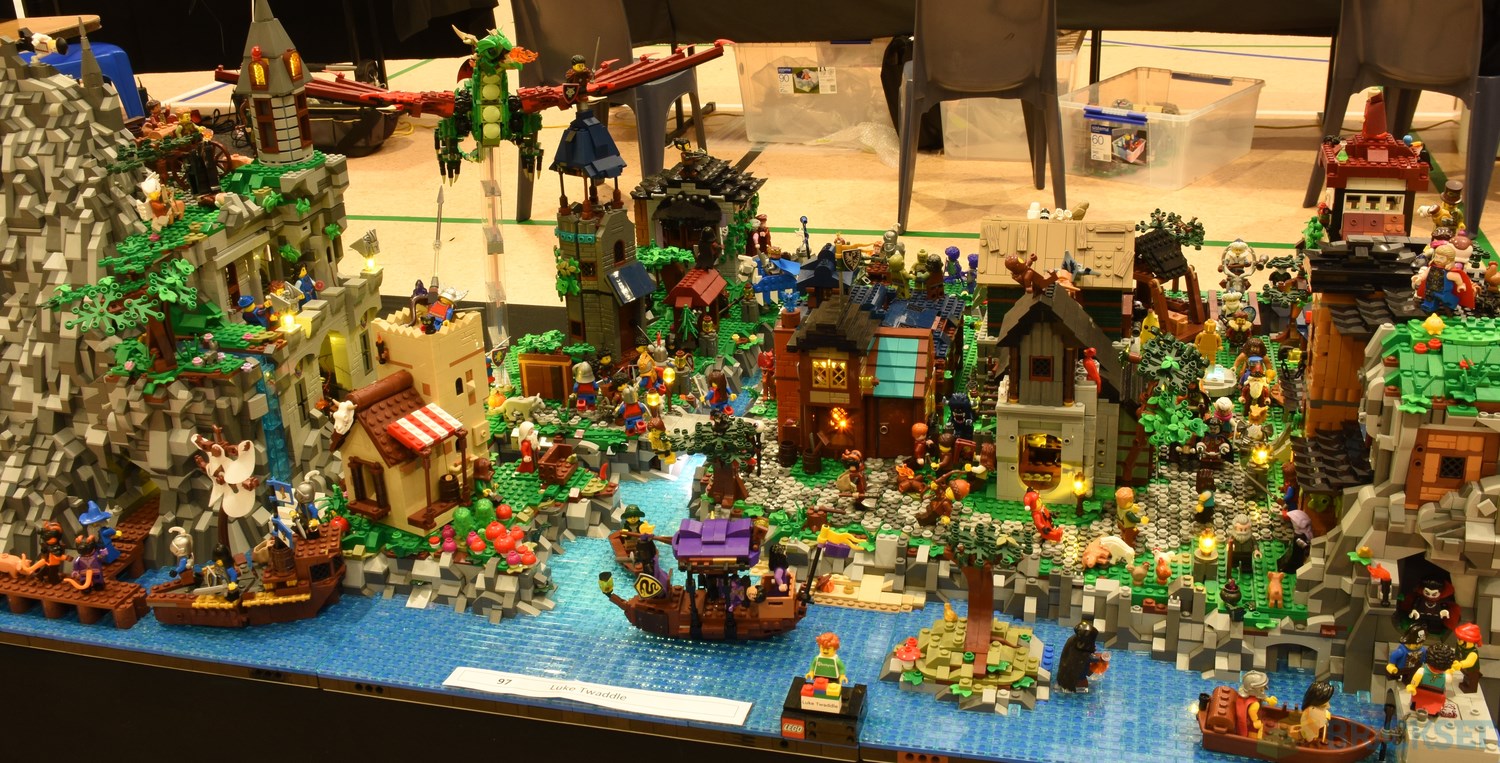
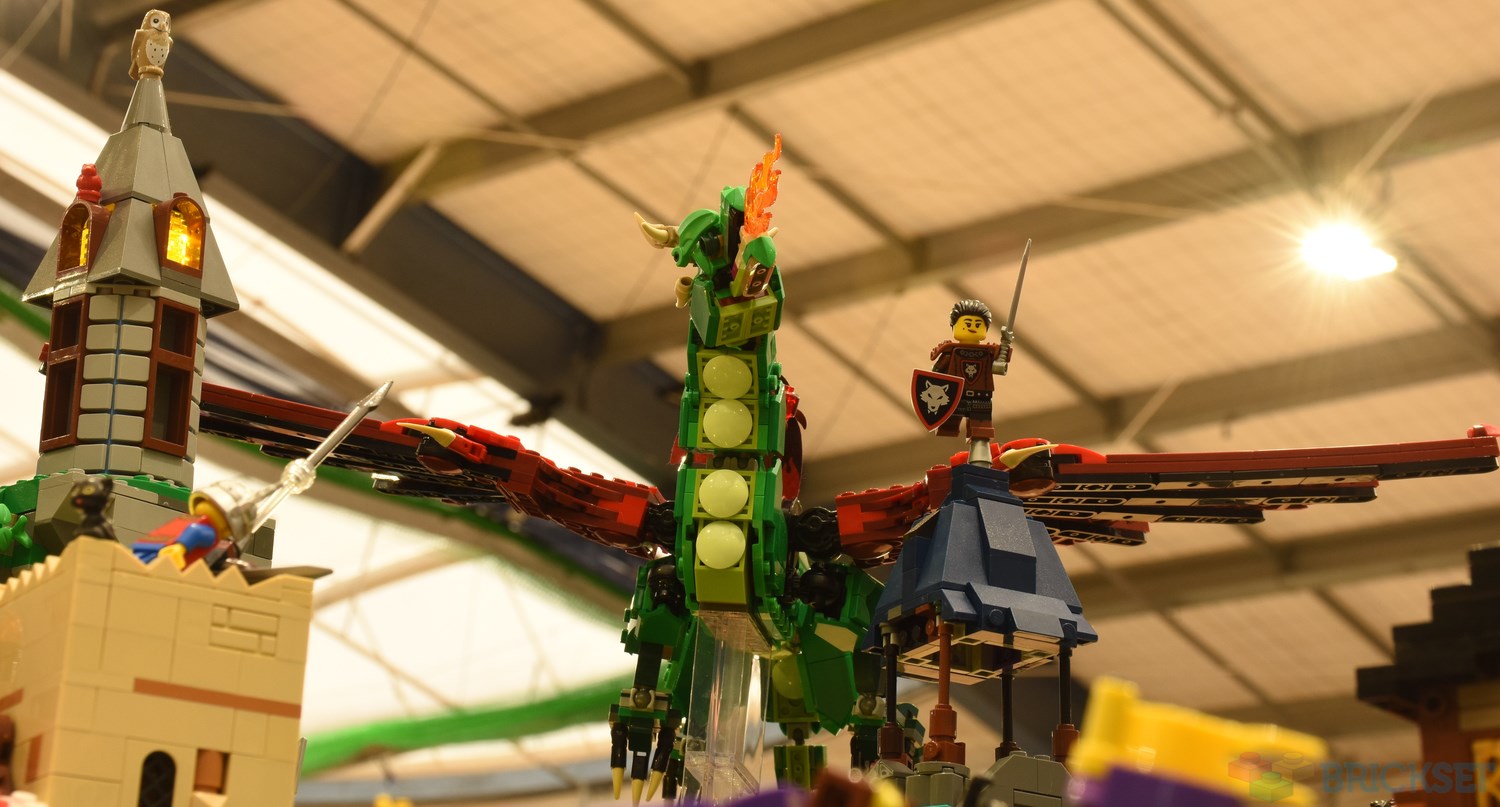
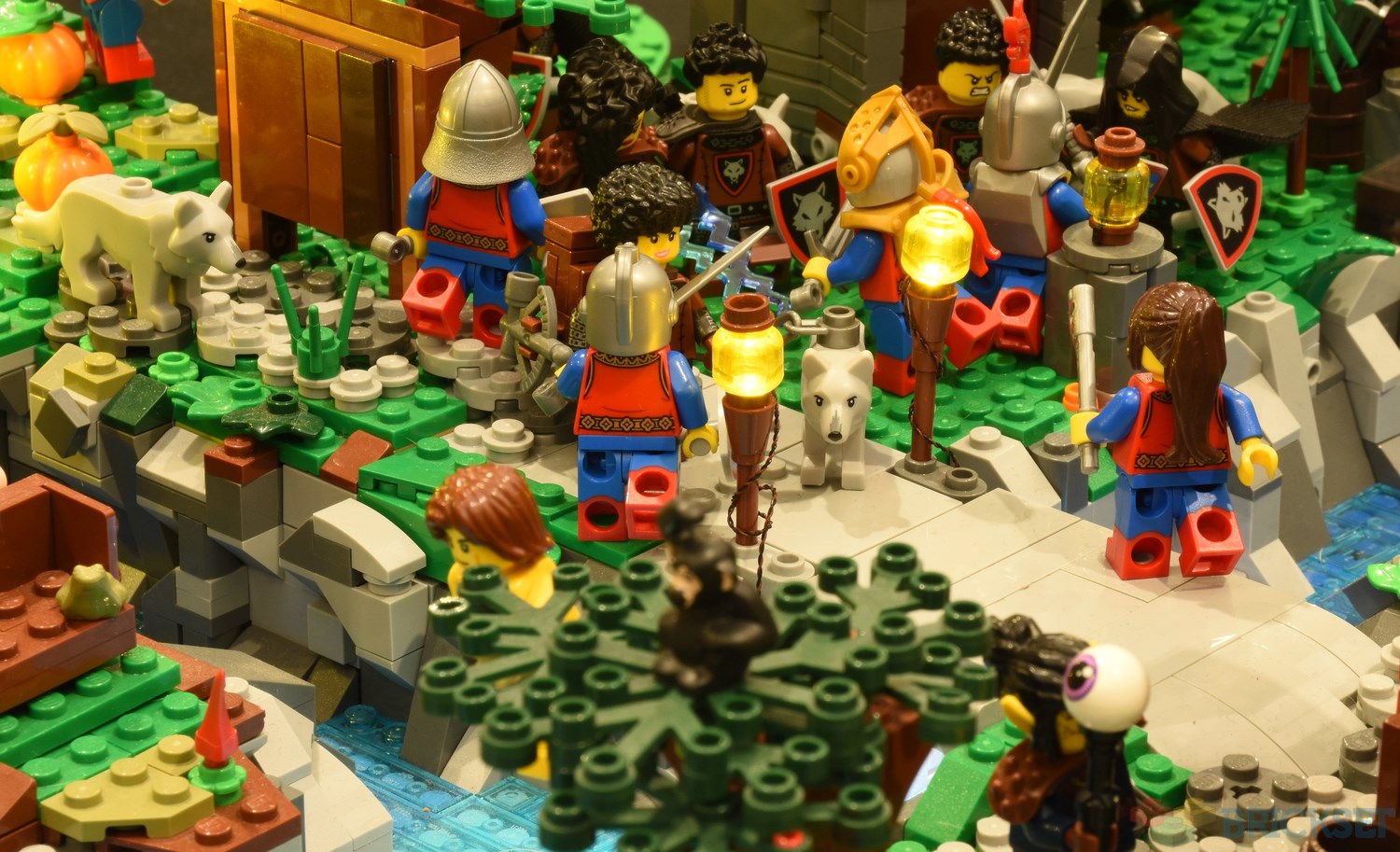
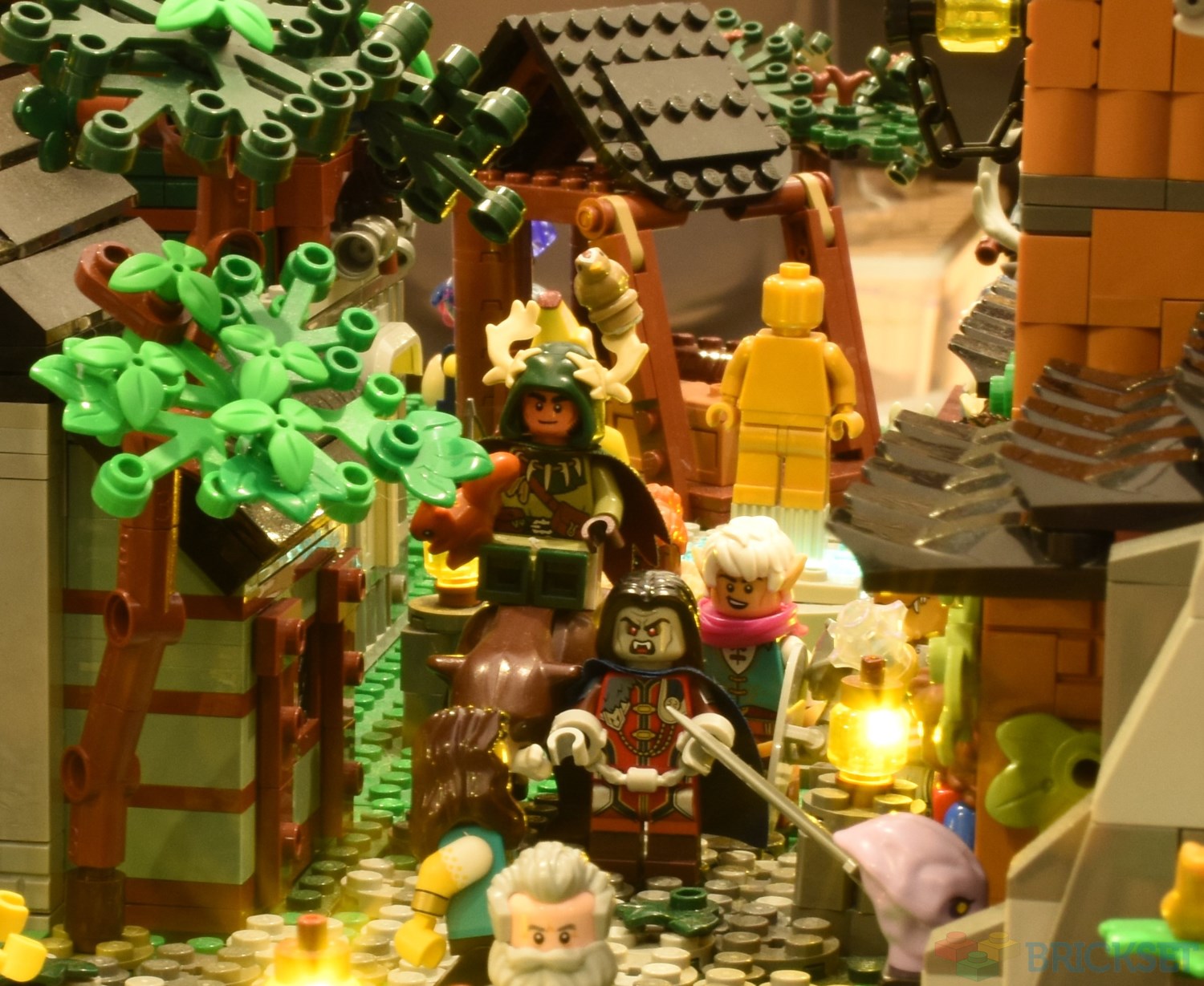
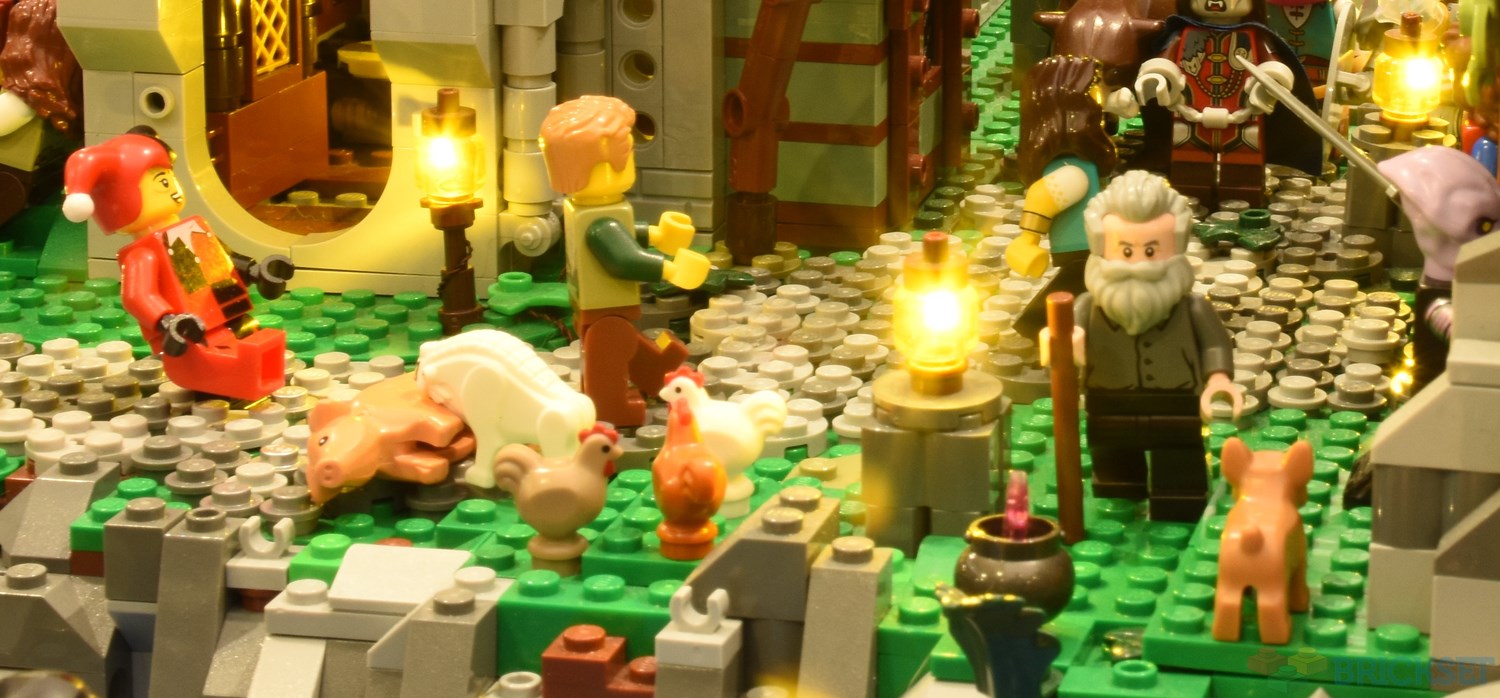
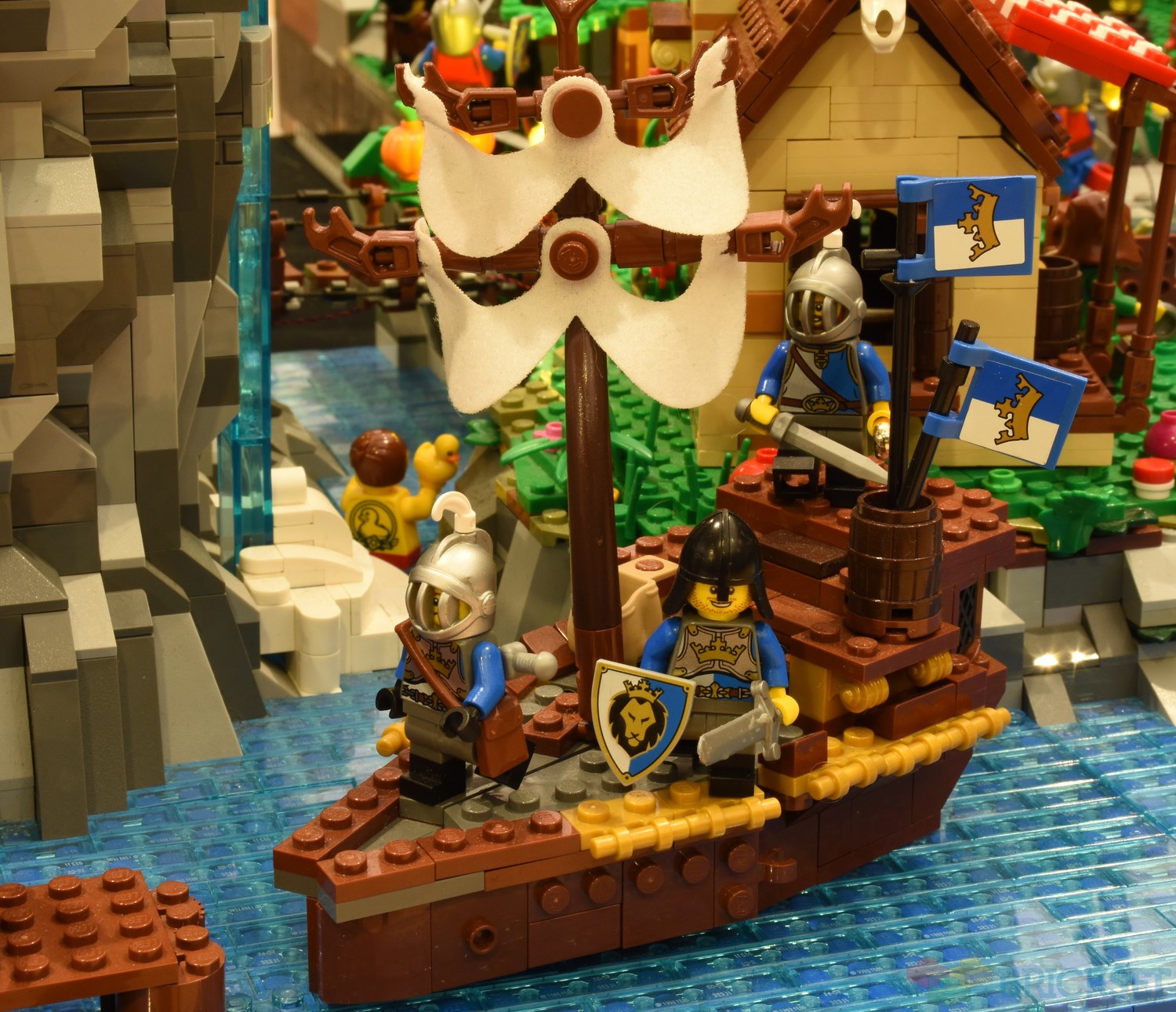
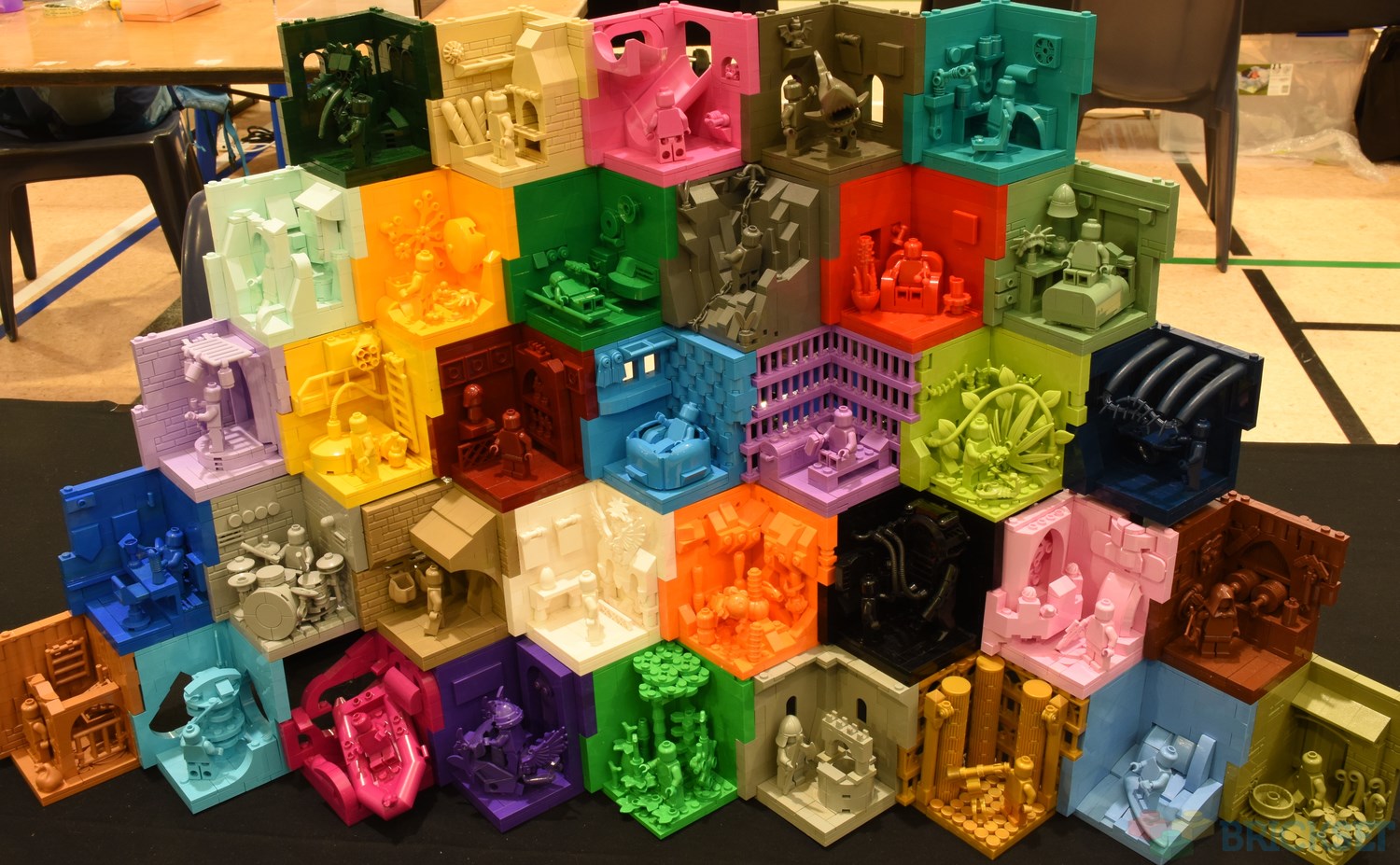
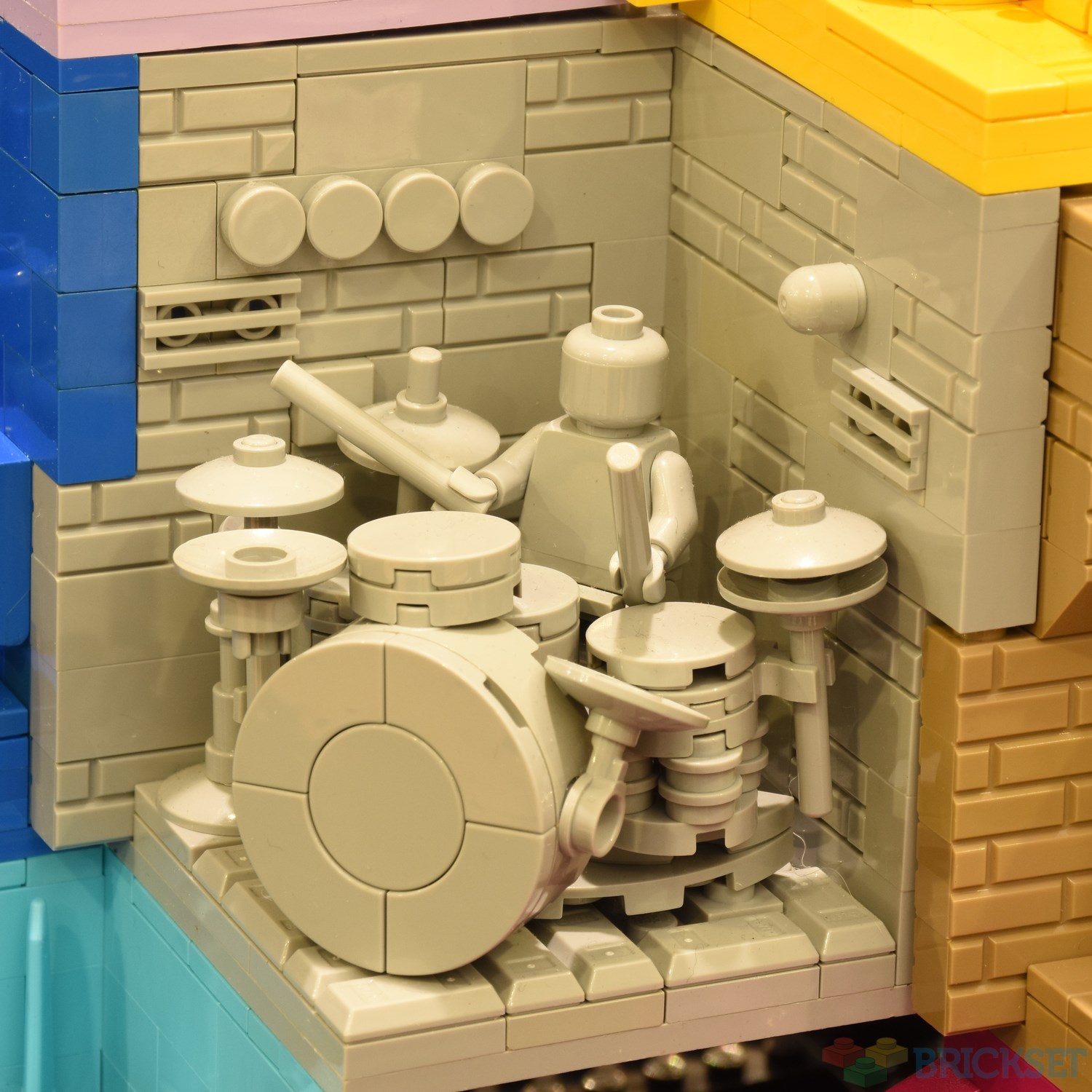
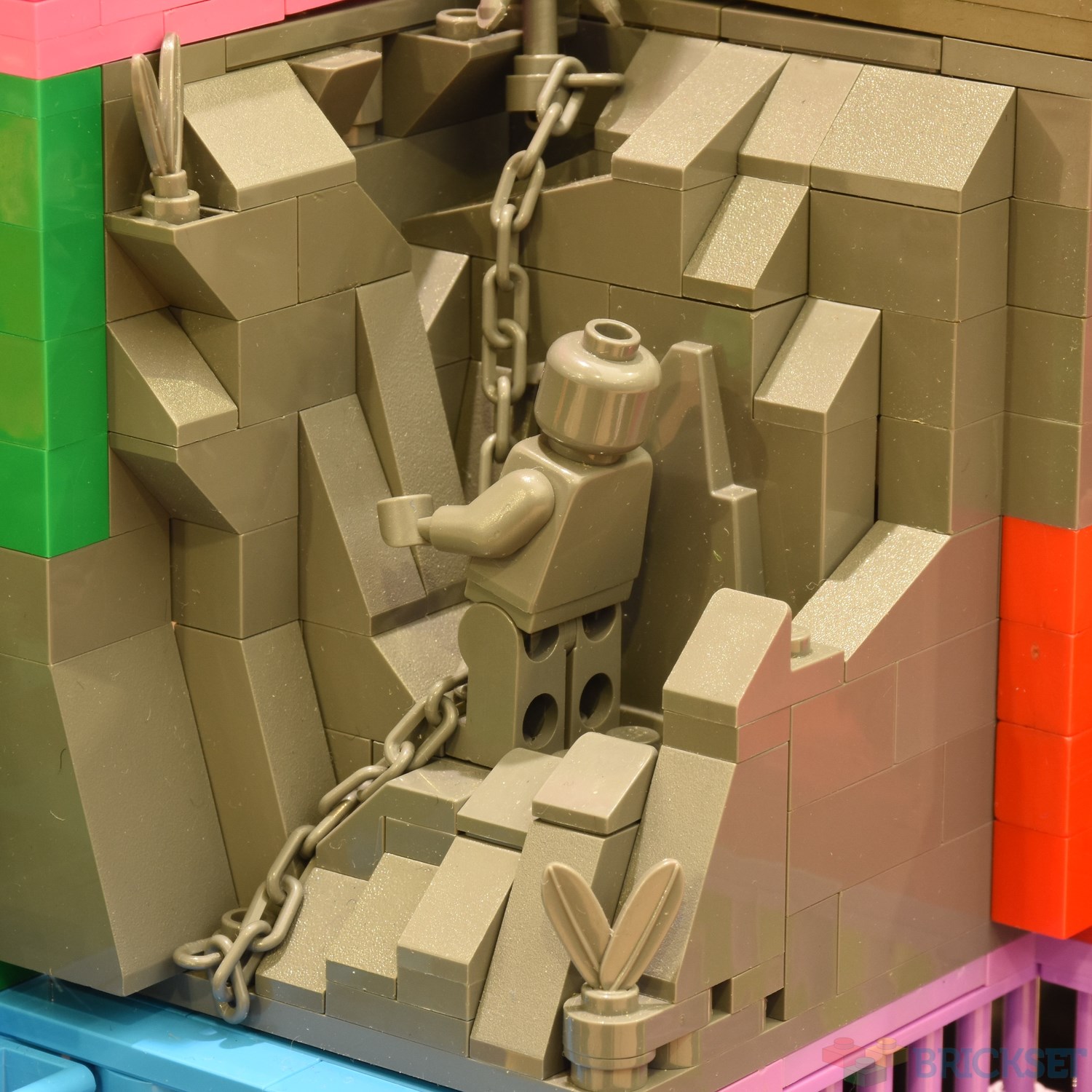
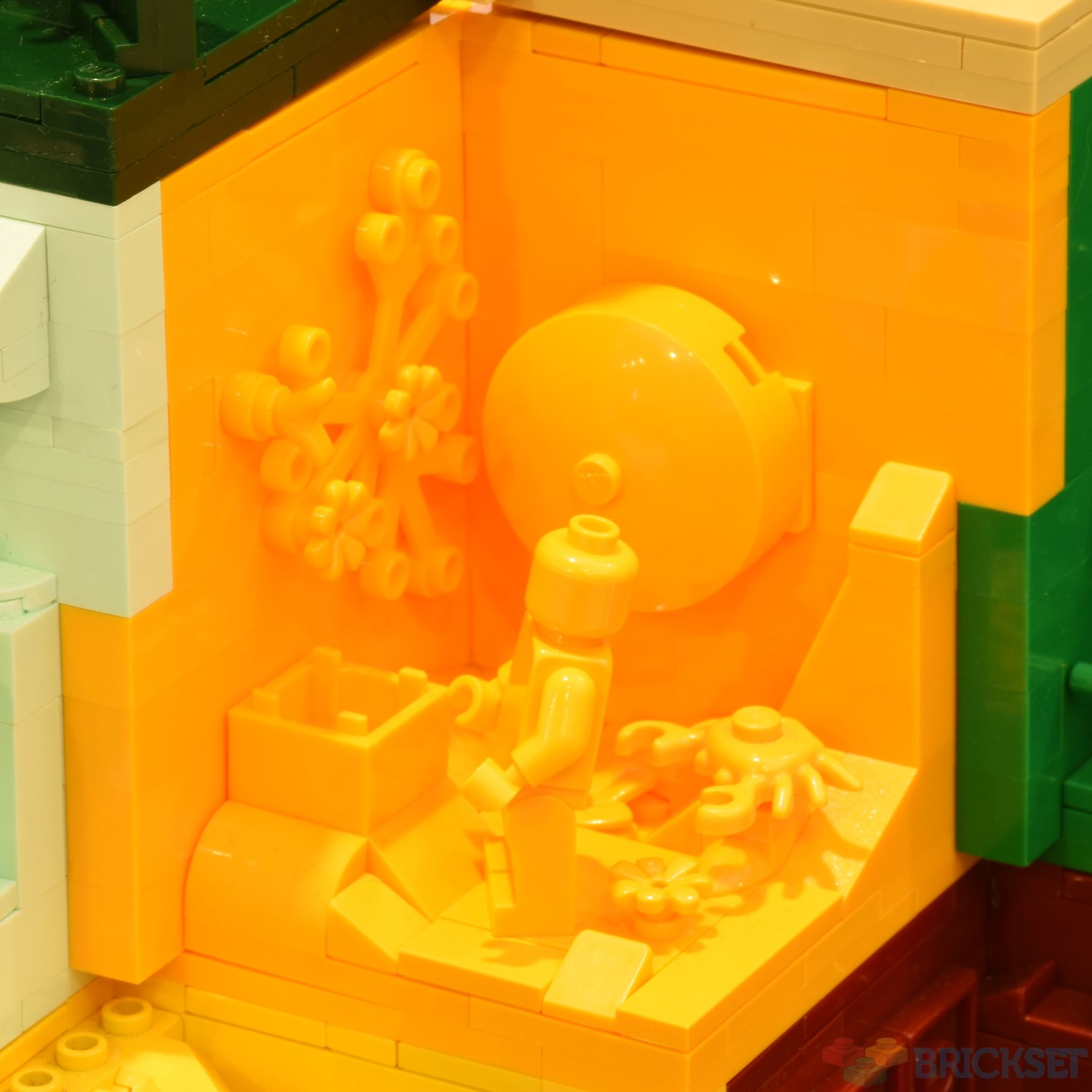
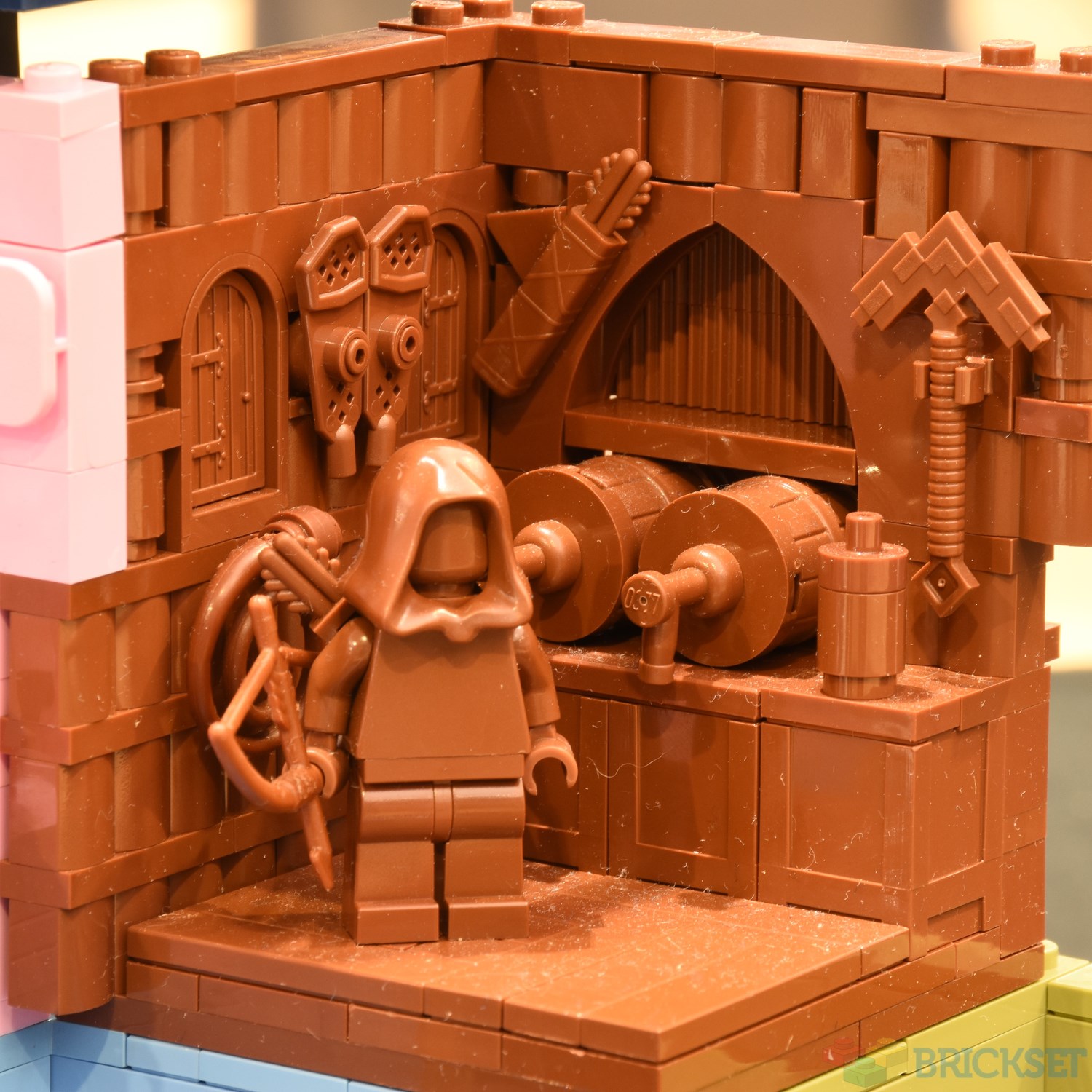
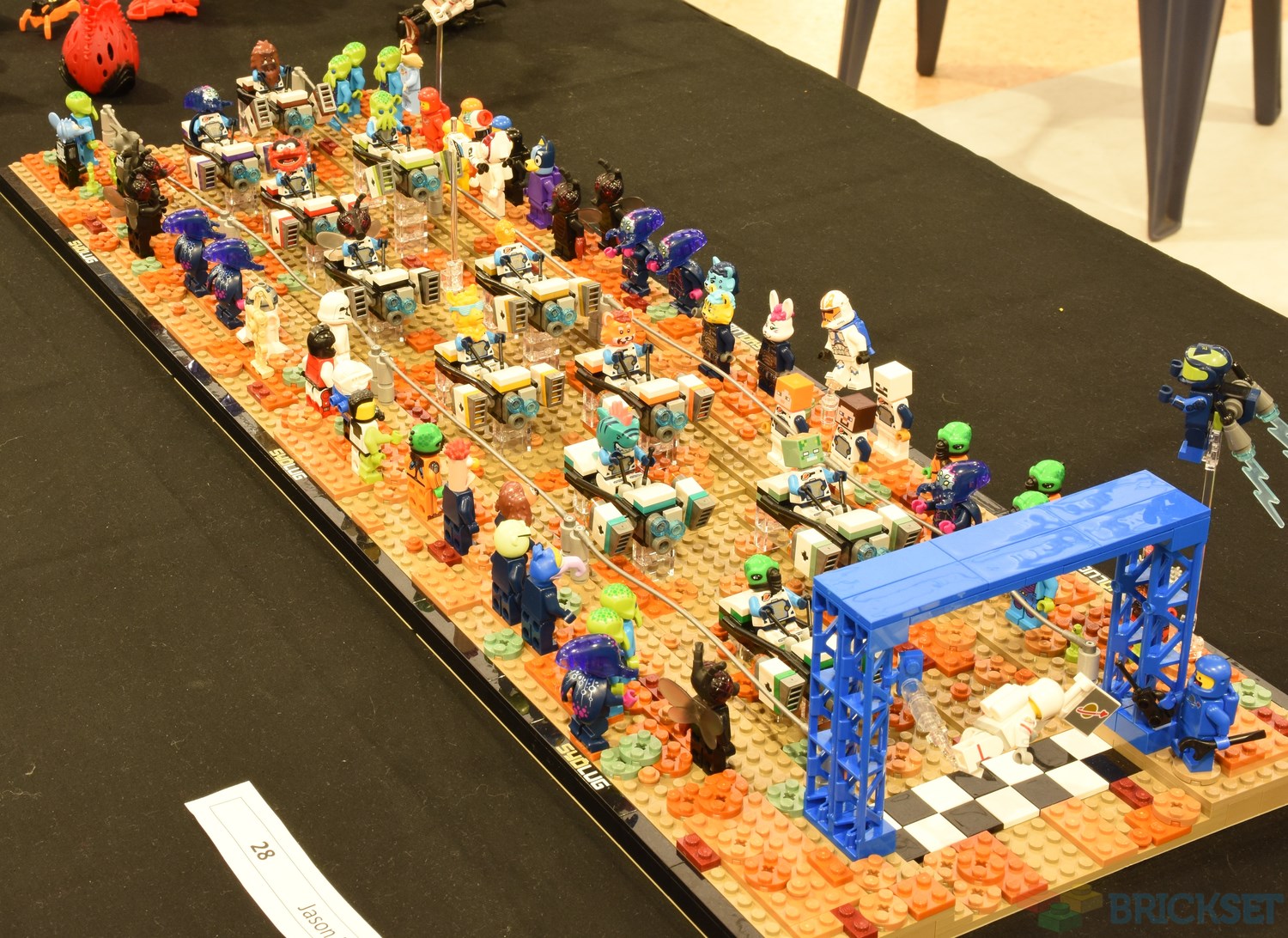
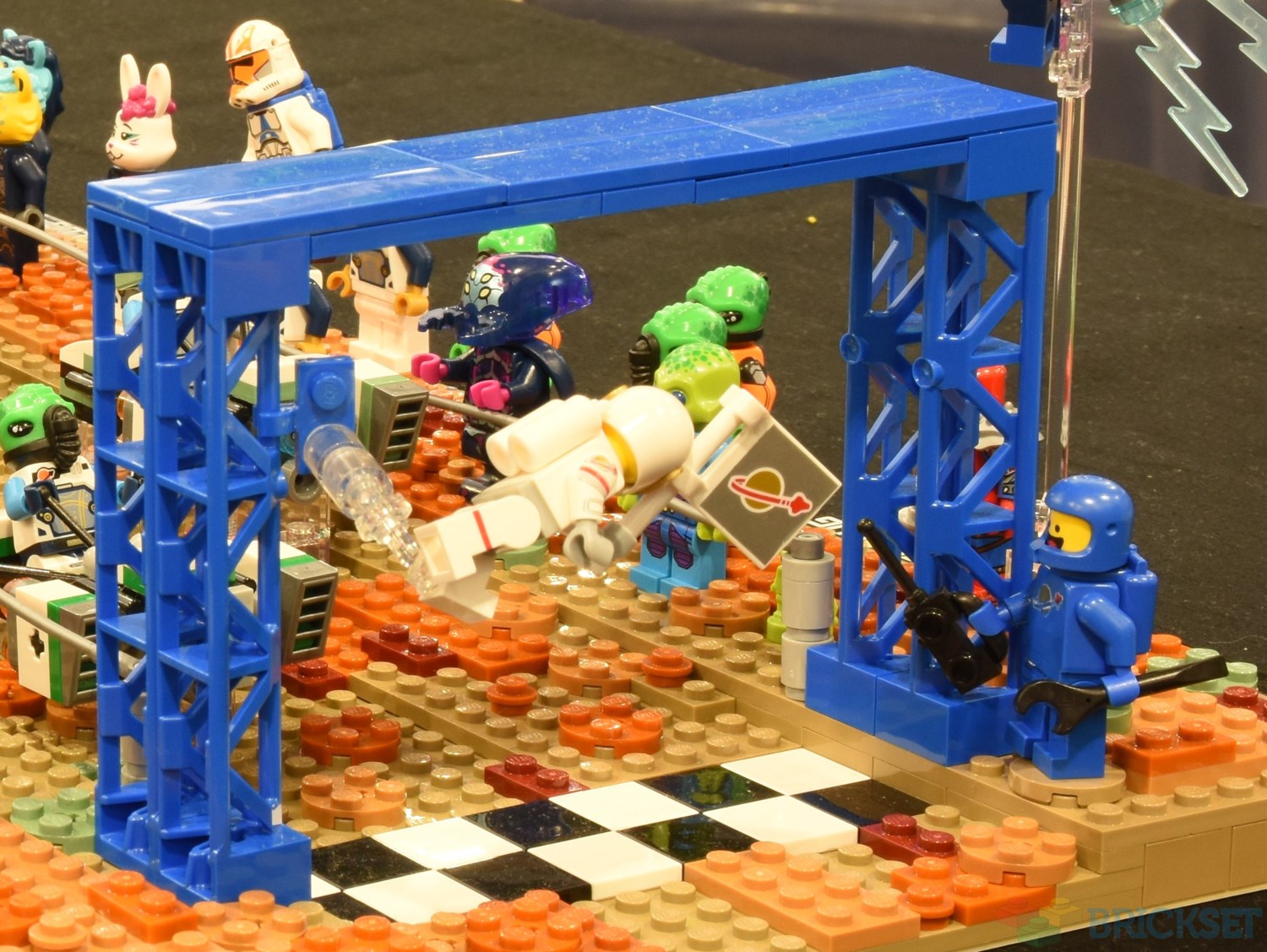
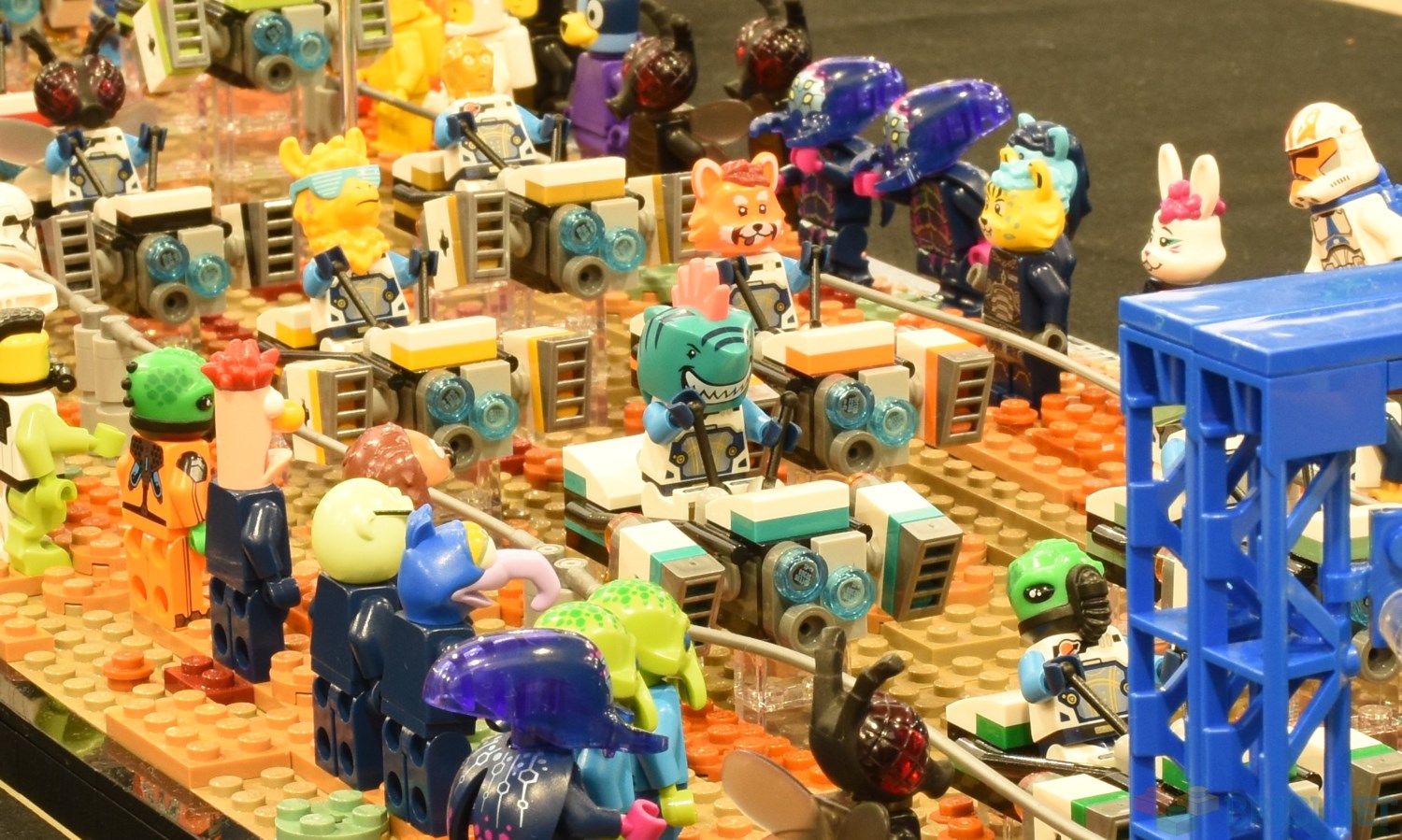
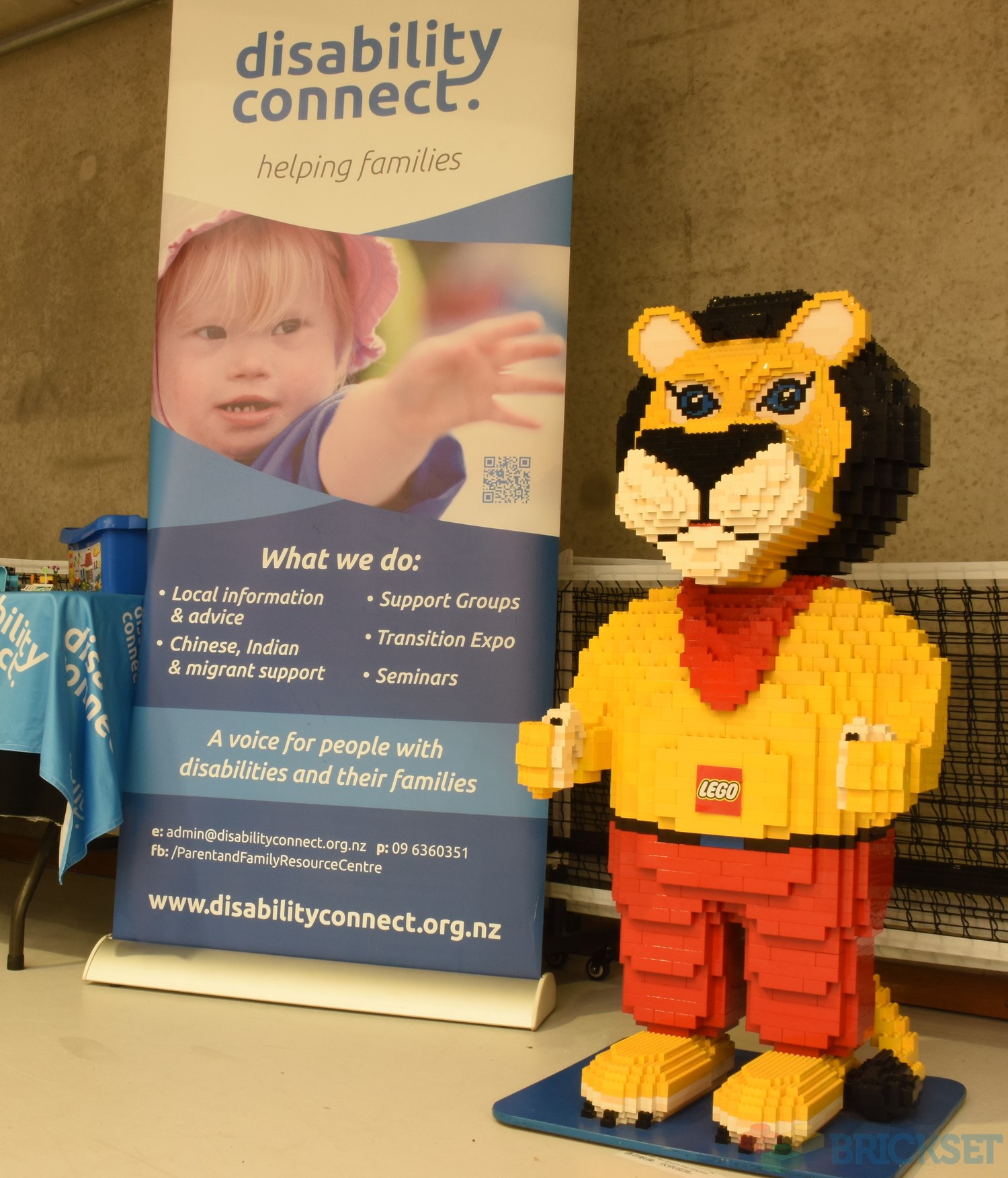
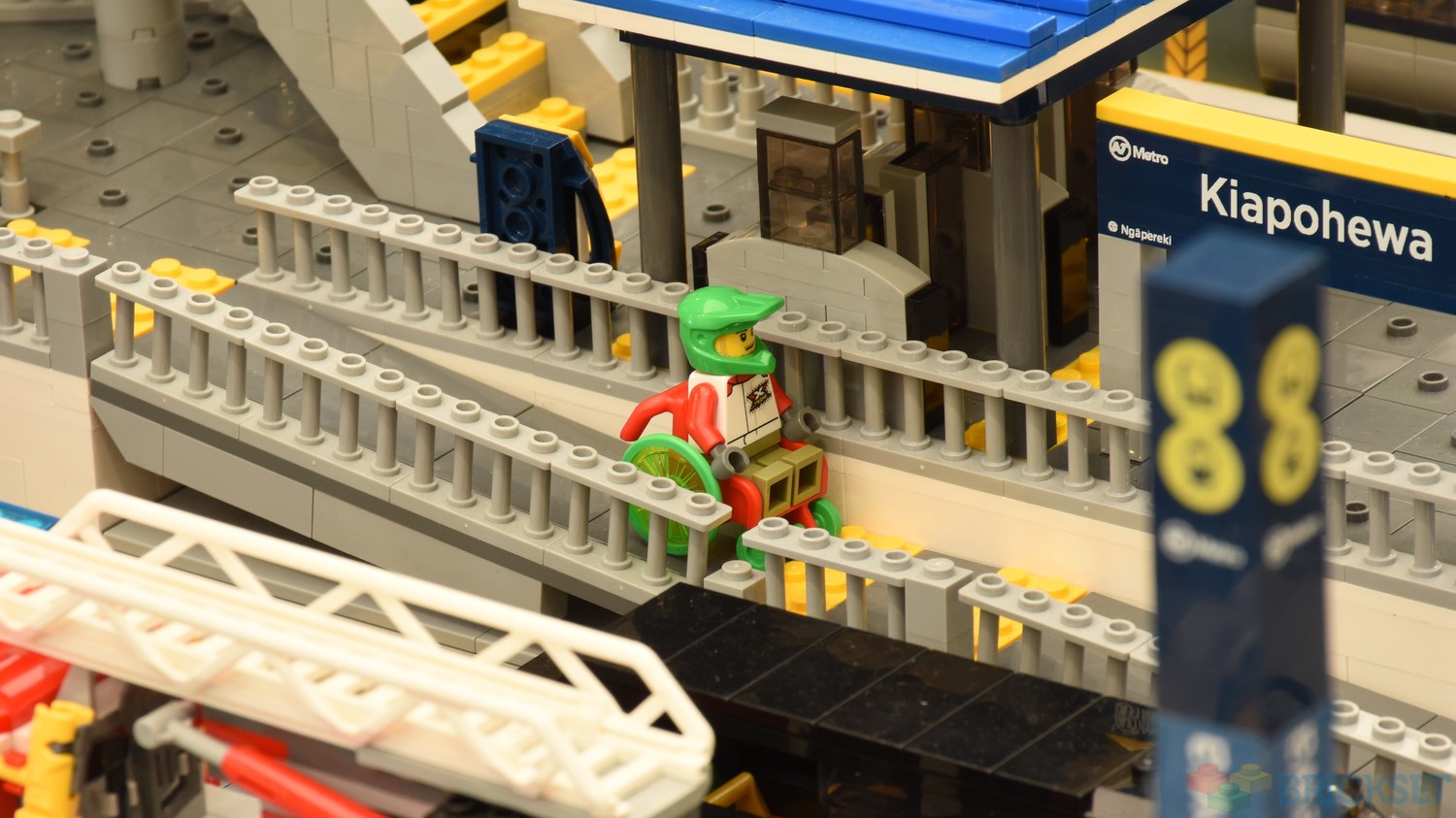
12 comments on this article
Great article!
Unfortunately New Zealand is a bit far away from Germany.
I love the Middle-Earth map!!
@UProbeck said:
"Great article!
Unfortunately New Zealand is a bit far away from Germany. "
It's quite far away from England too.
Frank’s build is incredible - saw it at the Welly show last month and had a good chat to him about it. Hoping I can bring my displays up to the Auckland show some stage in the future!
Great write-up as always, Flags :)
Excellent write up of what looks like a fantastic show. I especially like Josh Winsom's WW II Diorama but I'm a bit biased. My Dad was in Photo Reconnaissance so any modelled De Havilland Mosquito is always a winner for me!
Those monochrome habitats are fascinating. But I couldn't help but think the brown one was supposed to be made of chocolate.
@sjr60 said:
"Excellent write up of what looks like a fantastic show. I especially like Josh Winsom's WW II Diorama but I'm a bit biased. My Dad was in Photo Reconnaissance so any modelled De Havilland Mosquito is always a winner for me!"
I agree. That image I took of Josh's De Havilland Mosquito is my favourite image of the show.
Was great fun displaying at the Auckland brick show this year. A very well run show and lots of great people to display alongside.
I didn't make it to the show, but the people that made the Middle Earth map are in my lug, so fortunately I got the chance to see it in person.
It's worth noting that for Wellington Railway Station, had I built in minifig scale, the building pictured would have filled 4 tables (plus an enlarged forecourt) and stood almost 1m tall!
I didn't replicate the whole building. Had I done so, at minifig scale would have reached 8 tables (plus forecourt), and that's without the full run of platforms.
At microfig scale, I'm not beyond completing the building, but it would lose the rear-interior view.
Really enjoyed all that. Fantastic and interesting builds mixed with history. Plus great creativity as well. Excellent, well done all :o)
Excellent rendition of Wellington Station!
More info for anyone else
https://en.wikipedia.org/wiki/Wellington_railway_station
I had a great time visiting this show and the quality of the builds was excellent. An extremely well run and organised event. Looking forward to going to the next one!